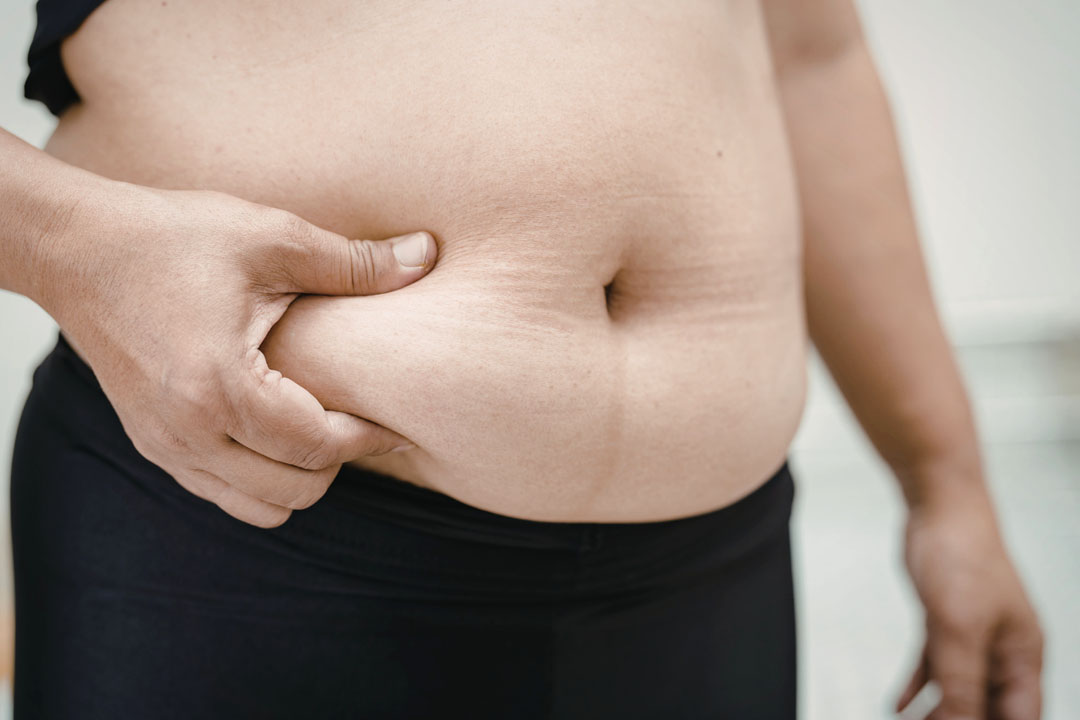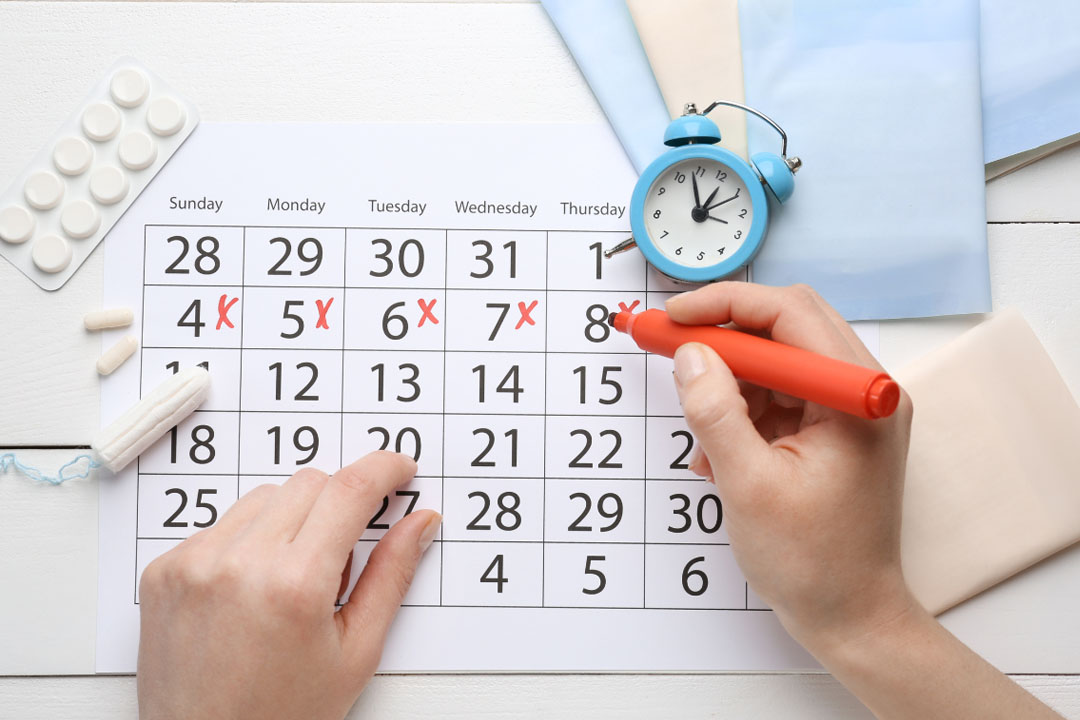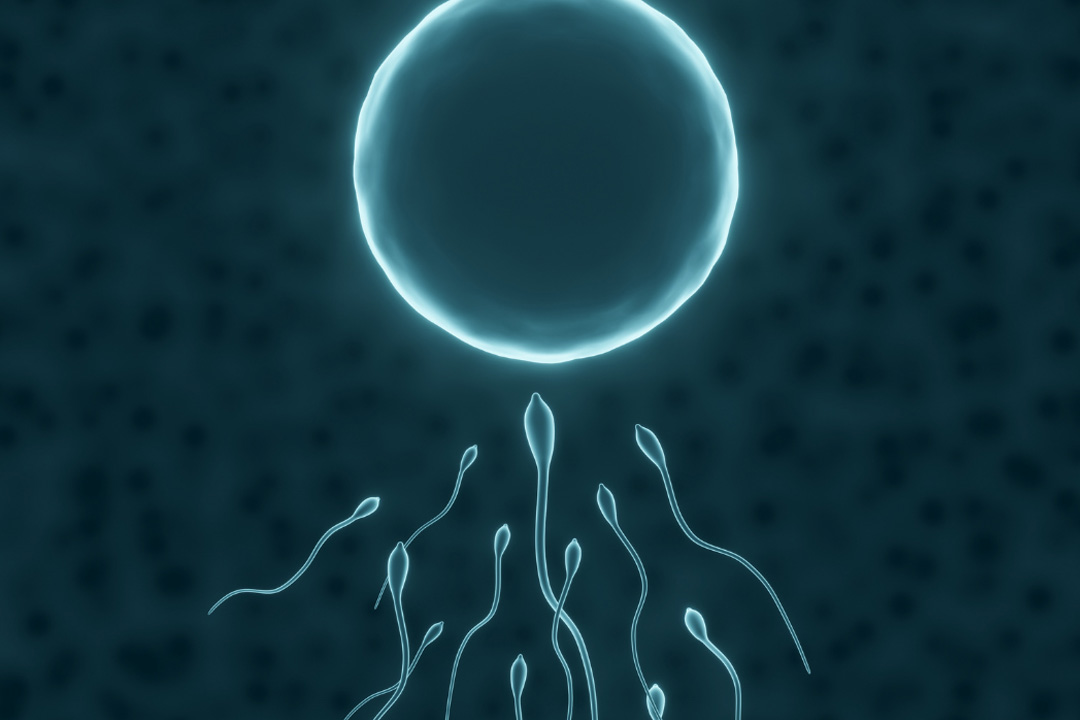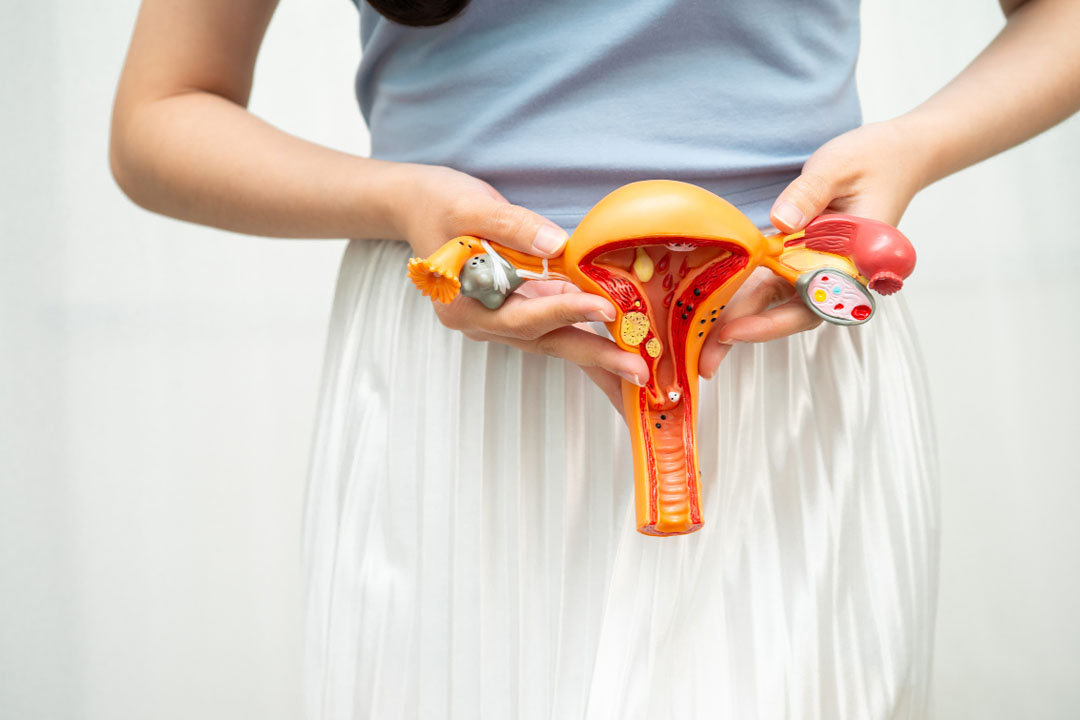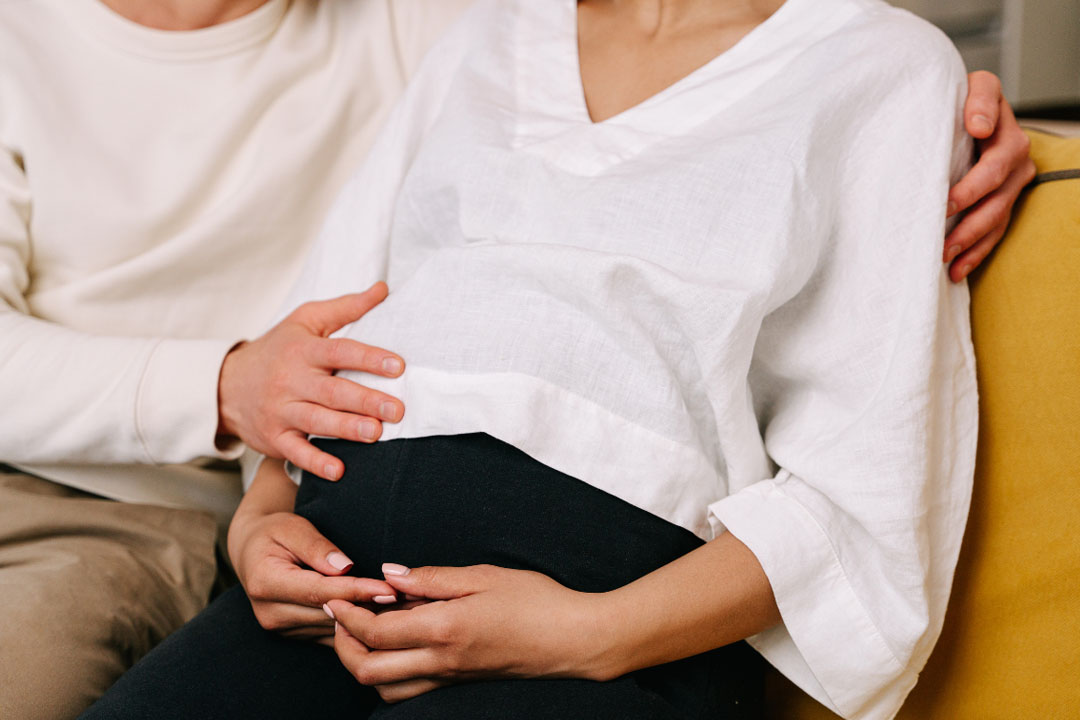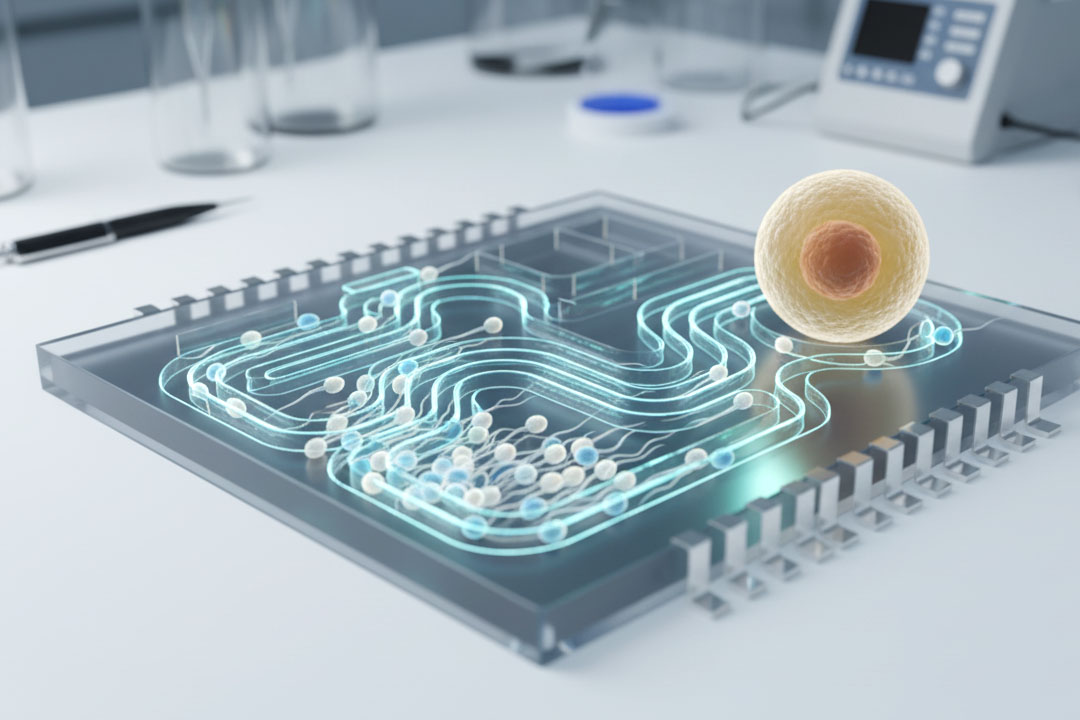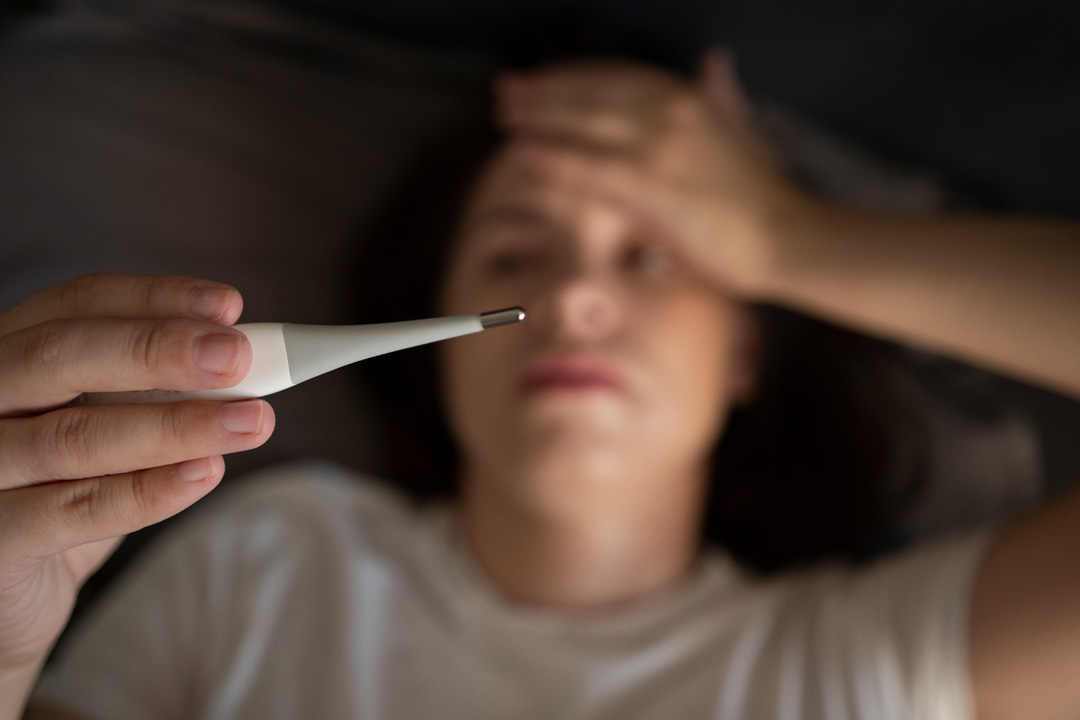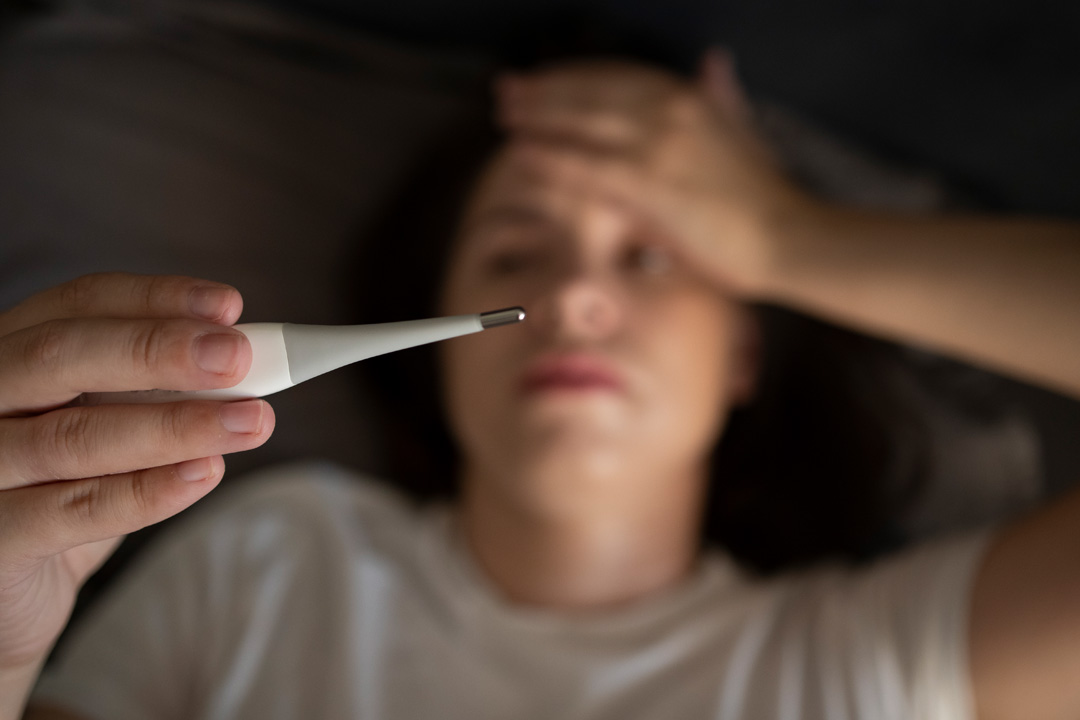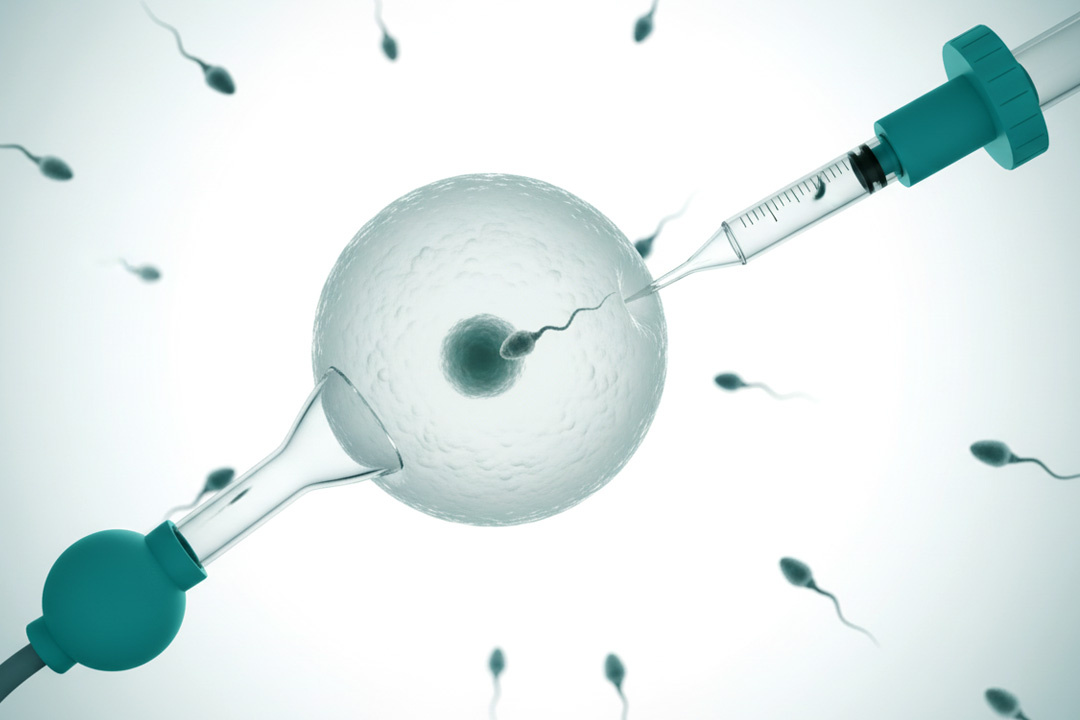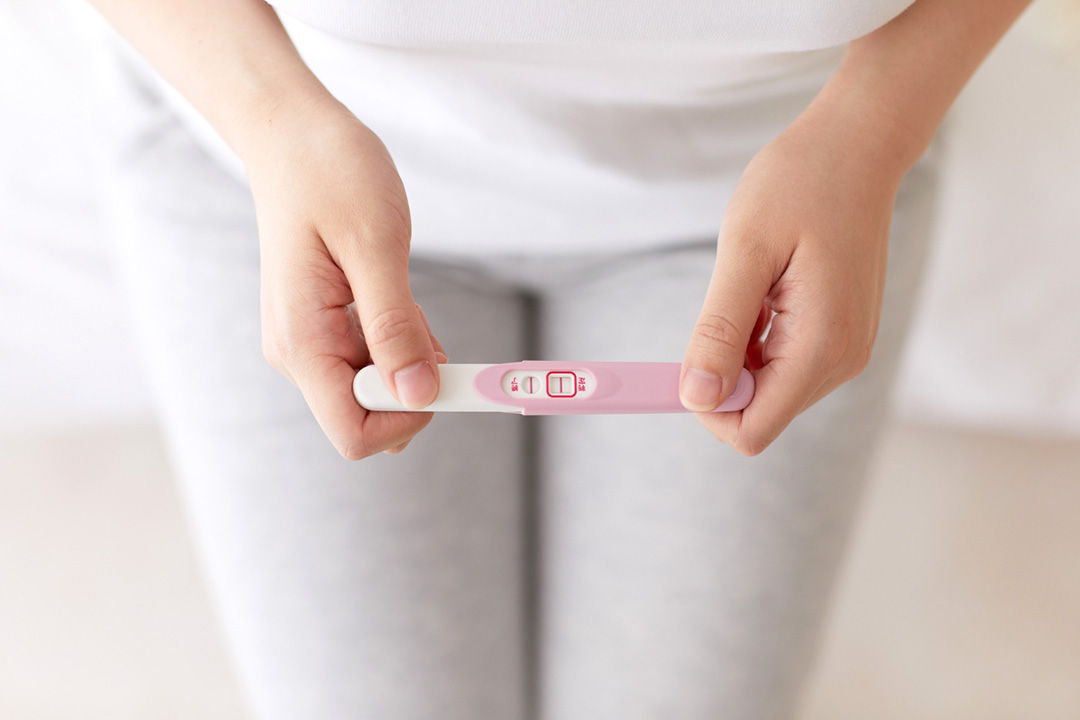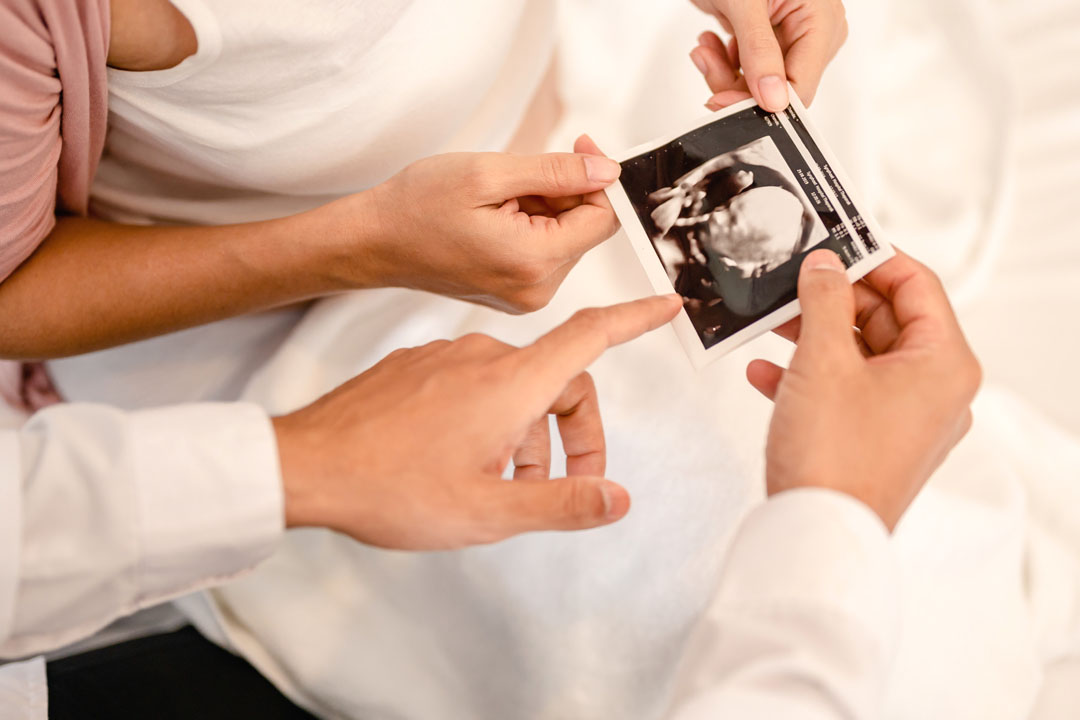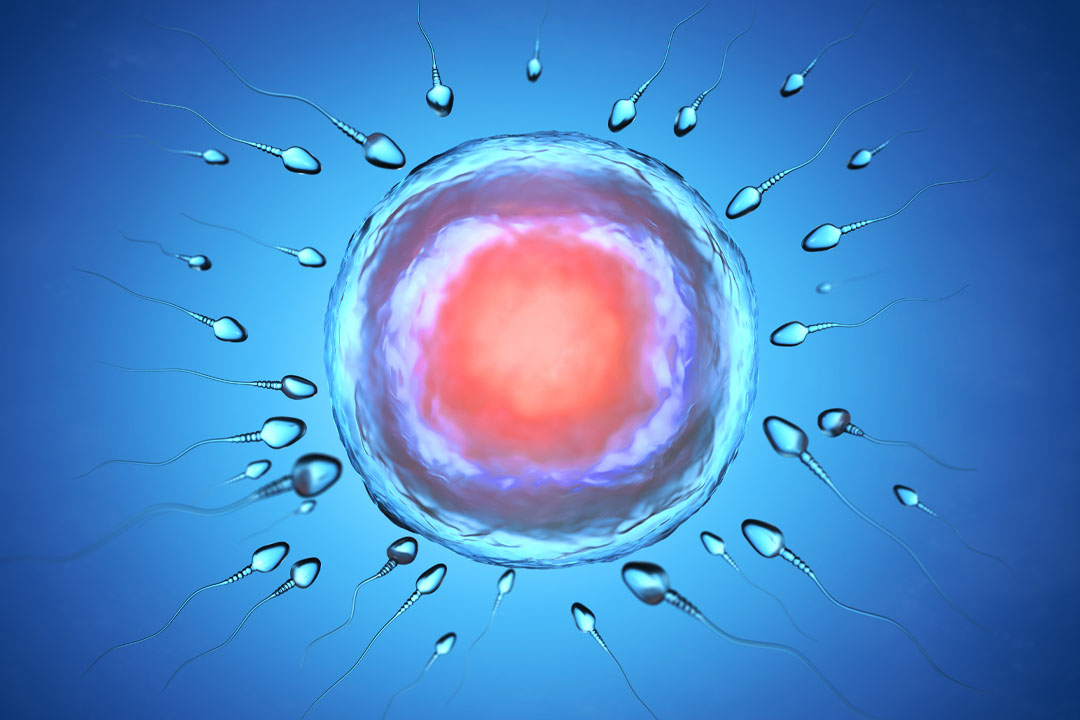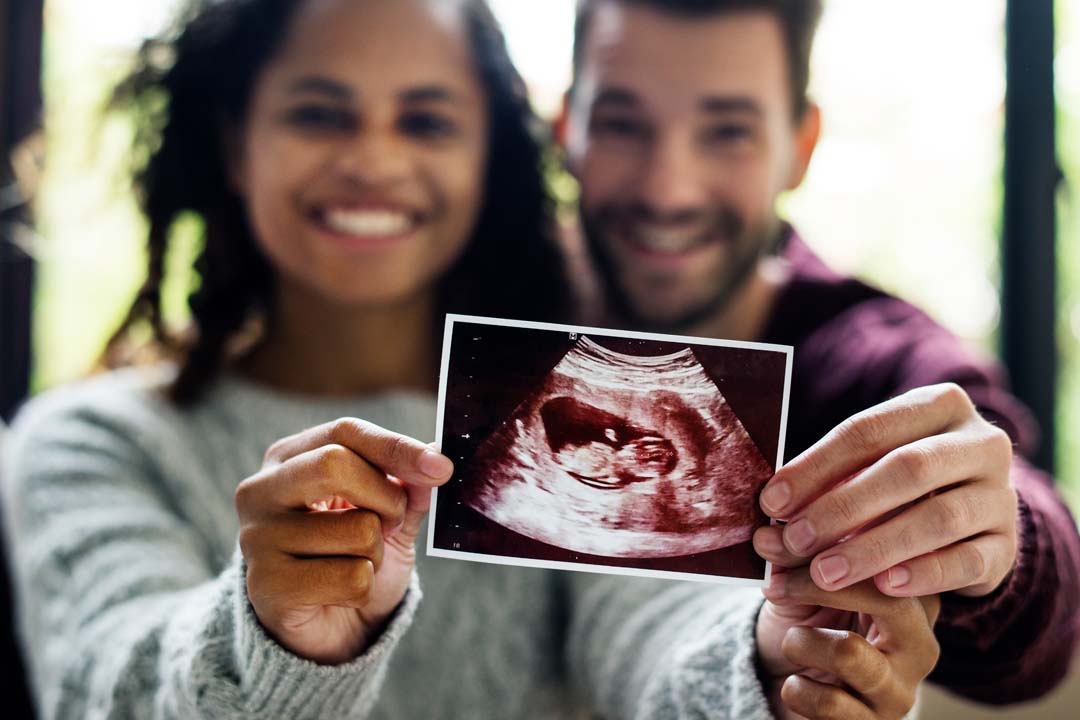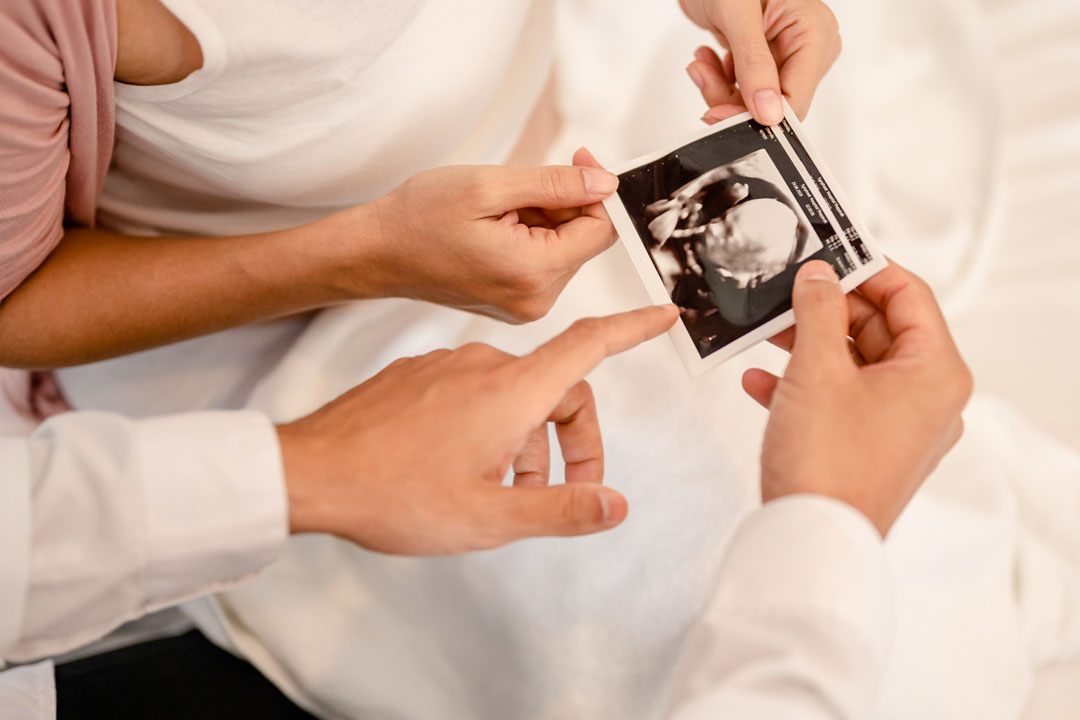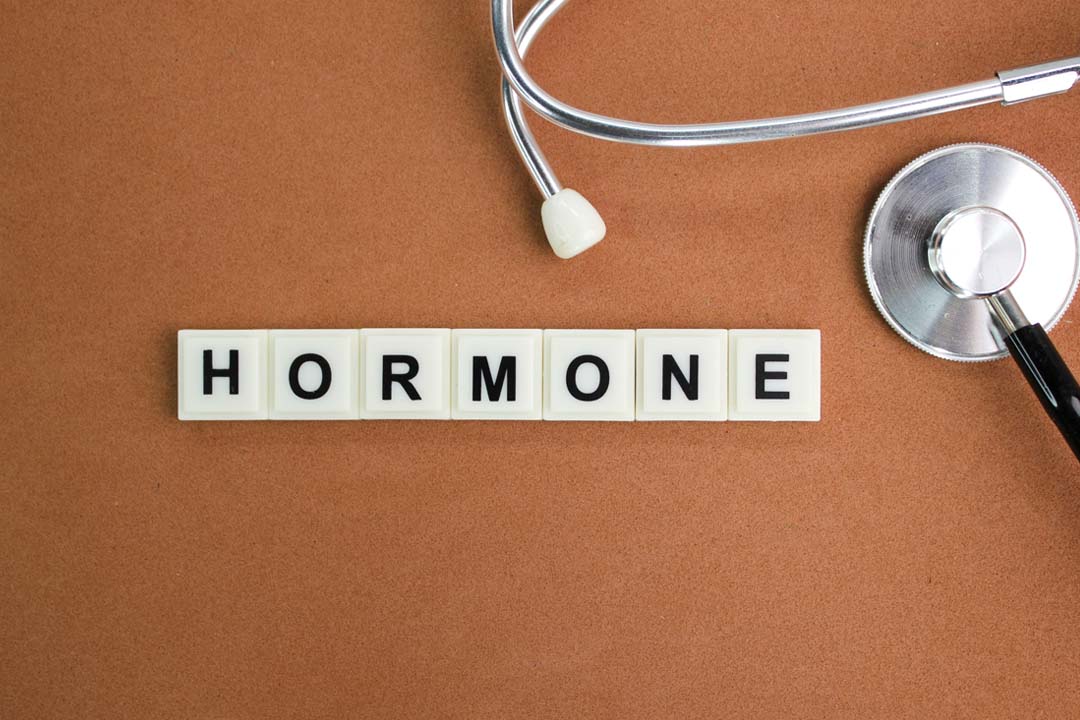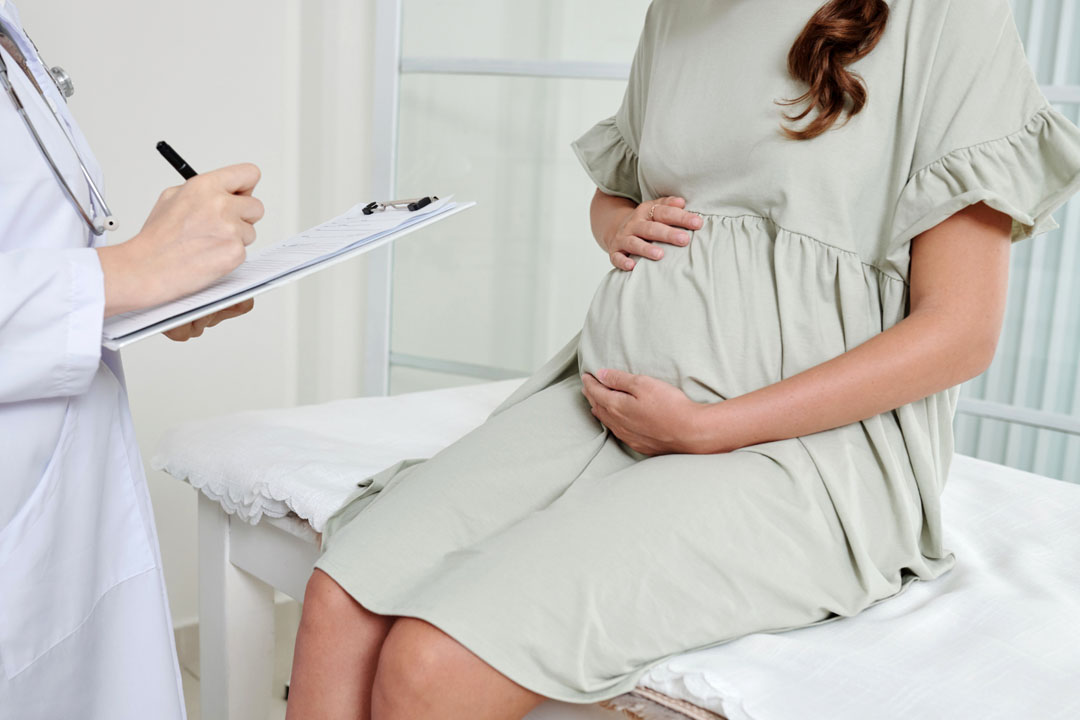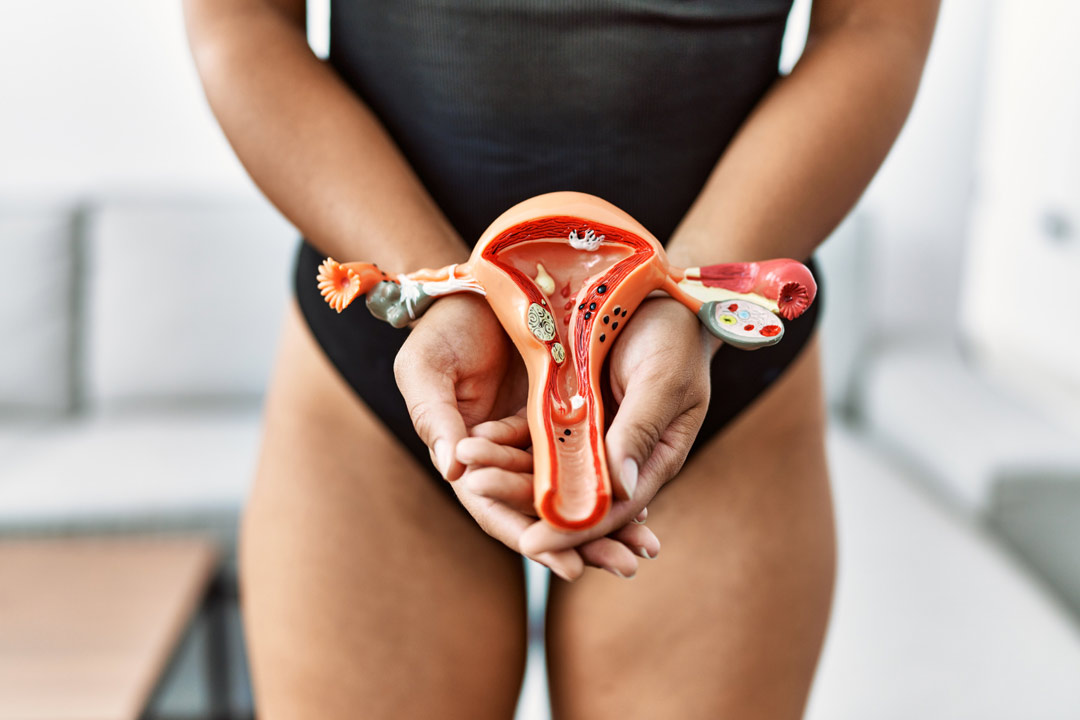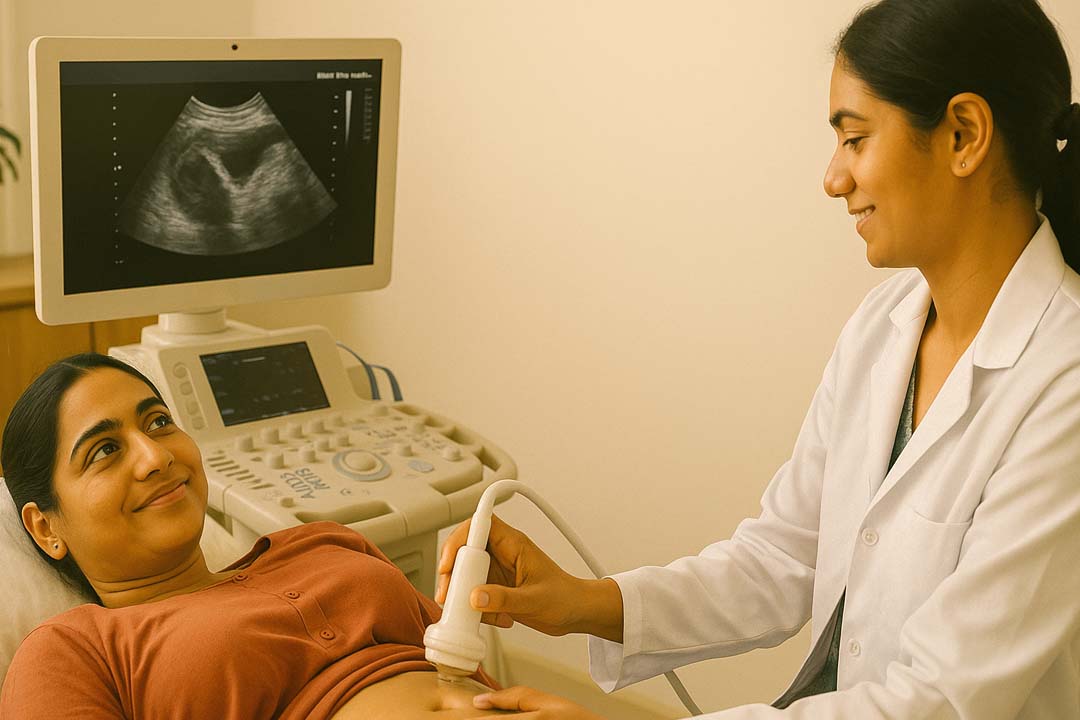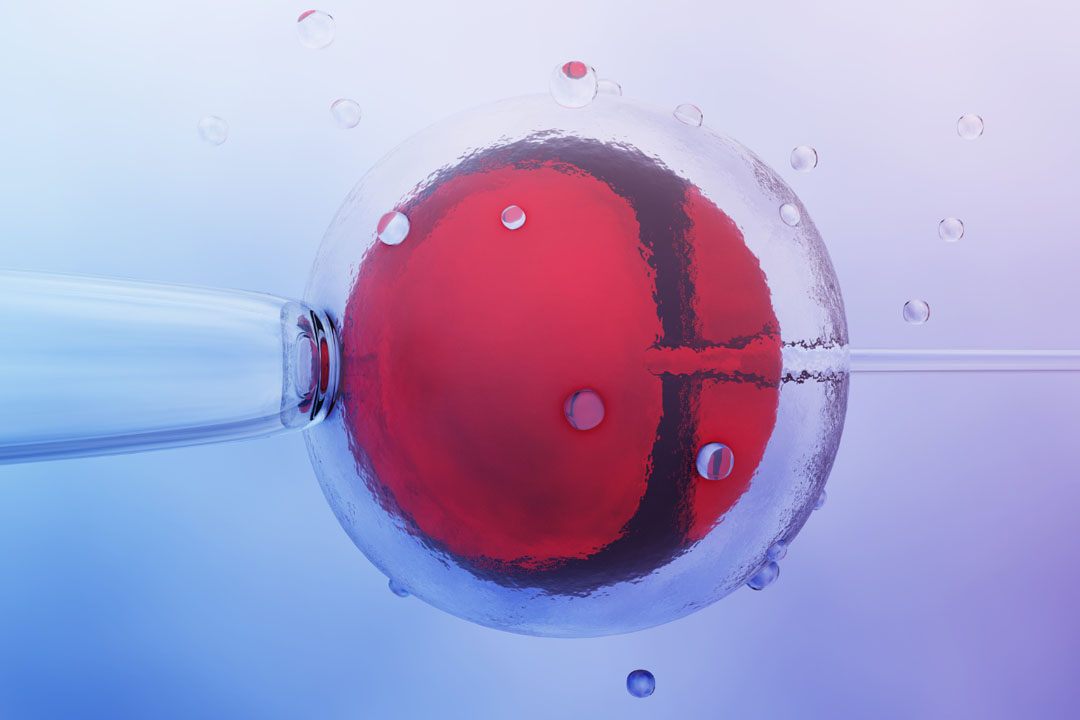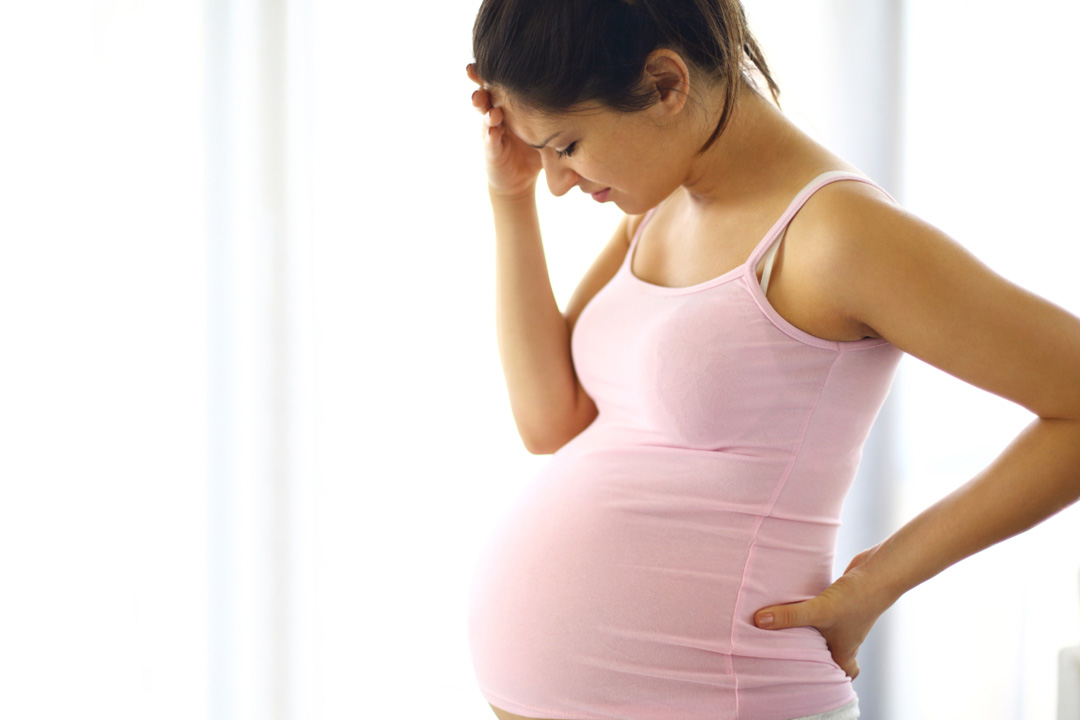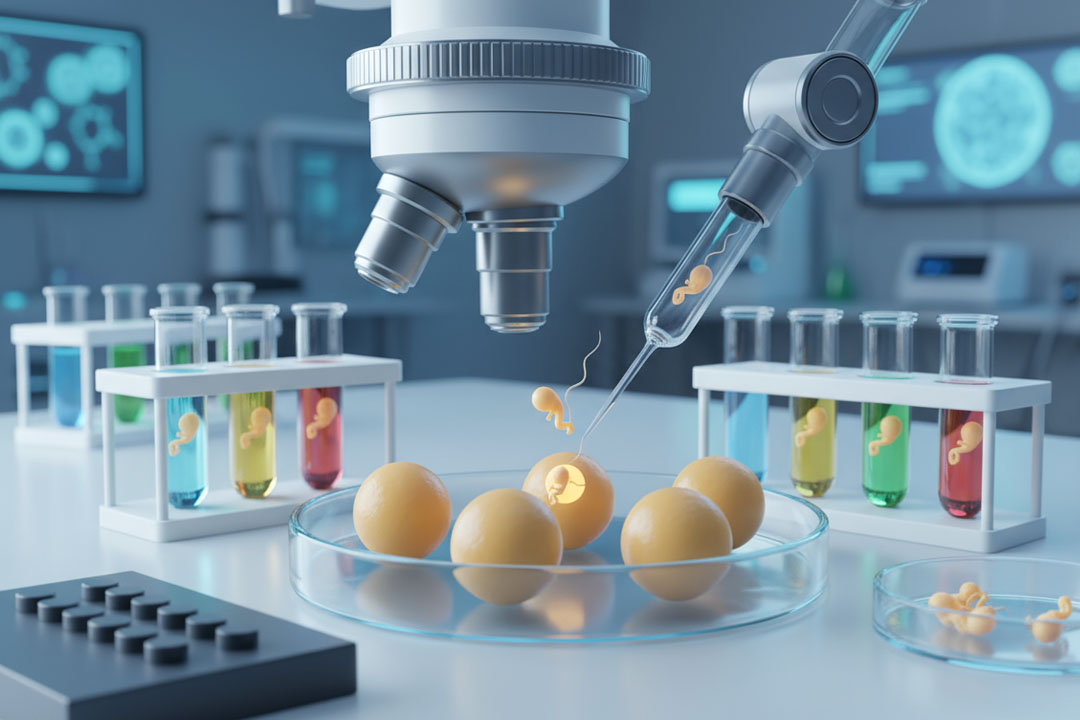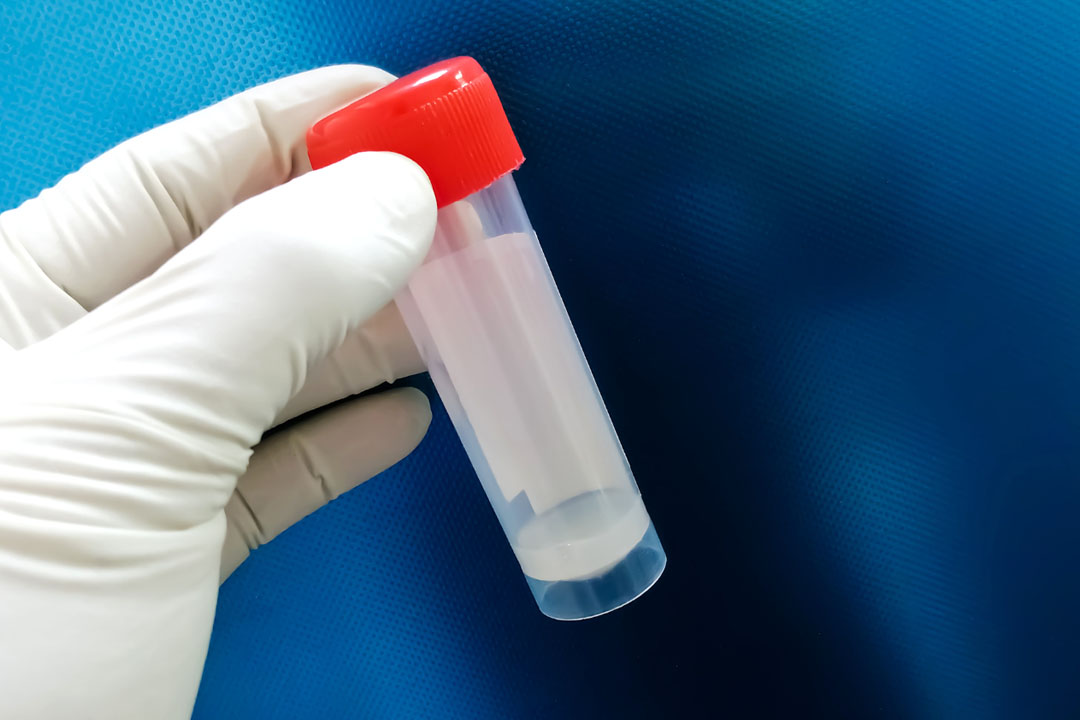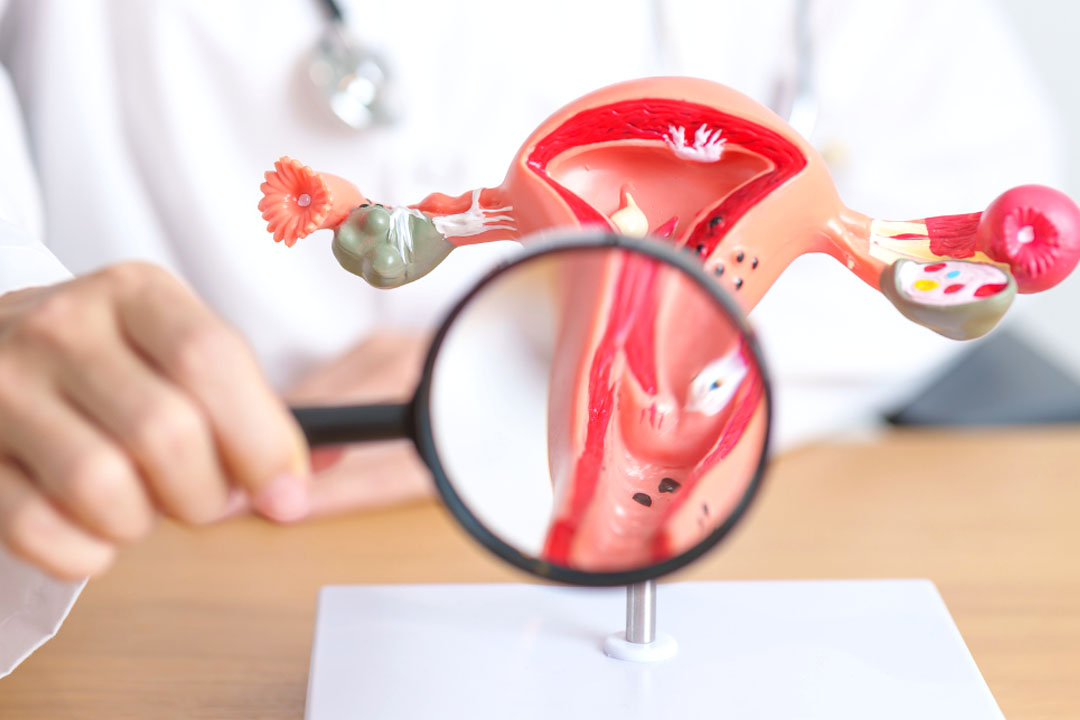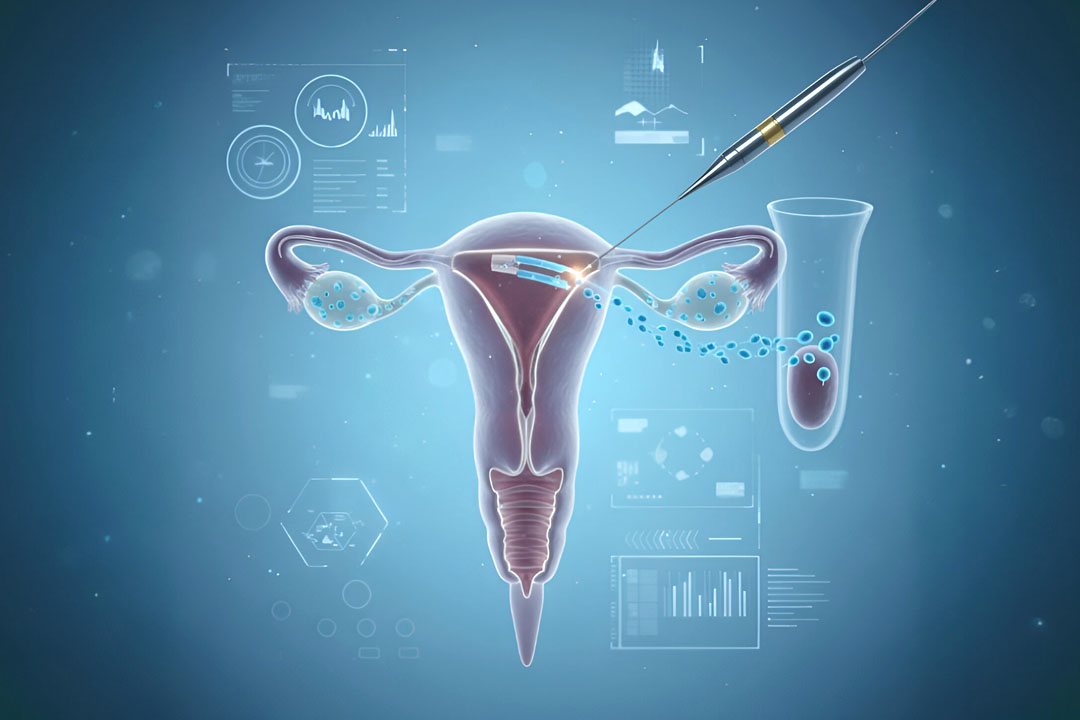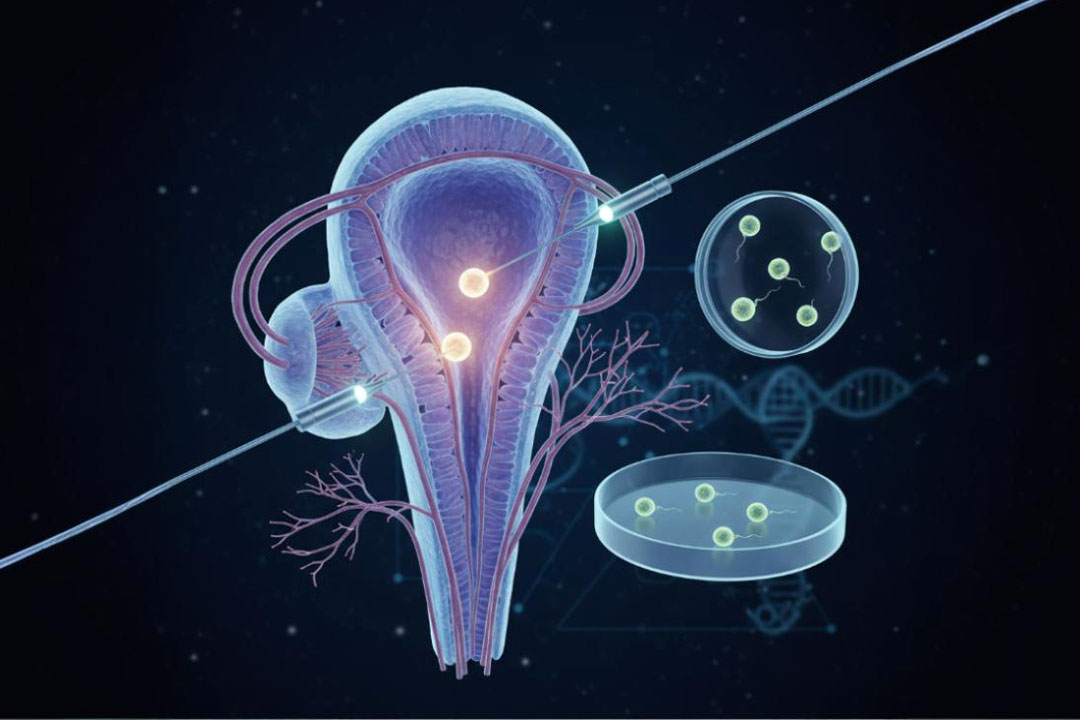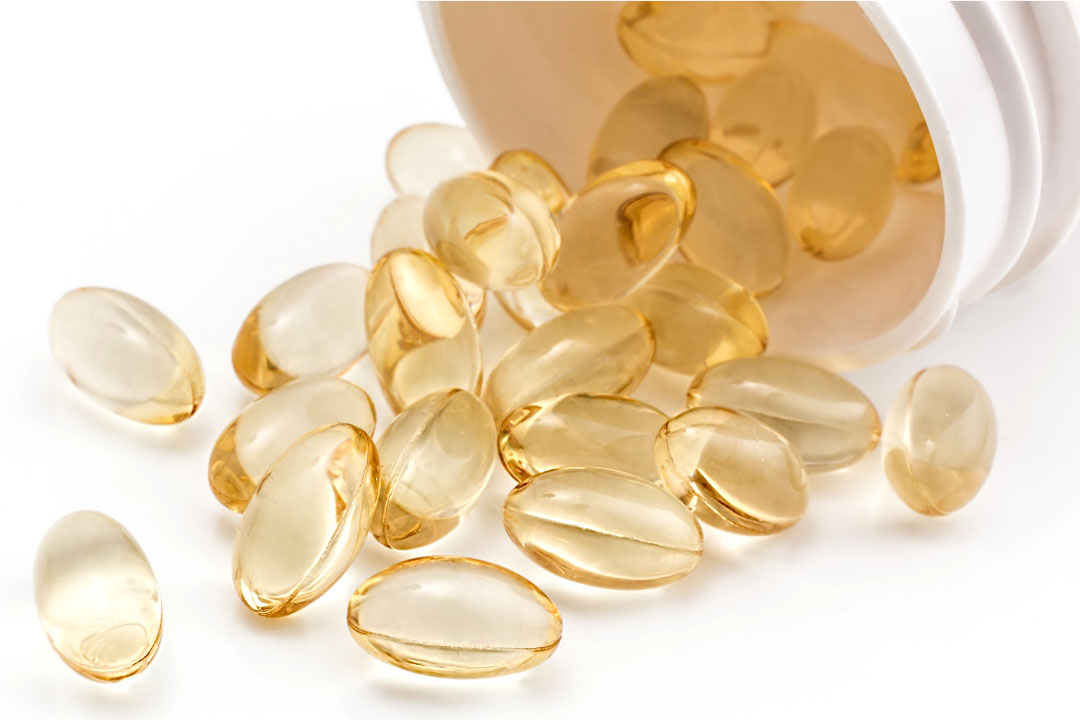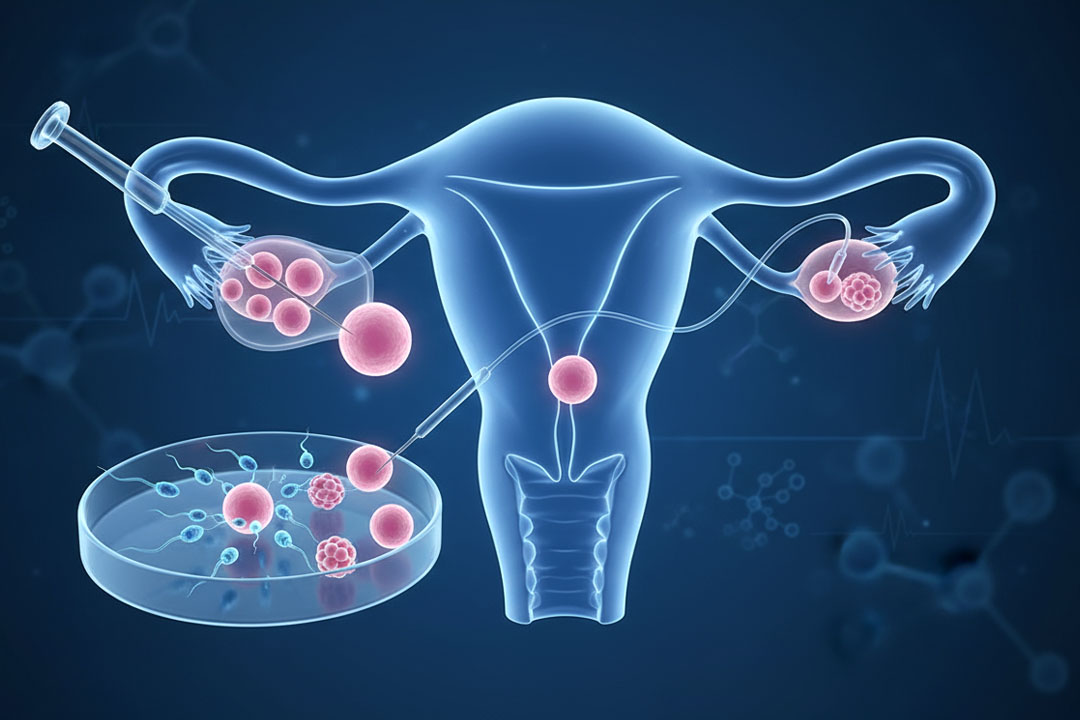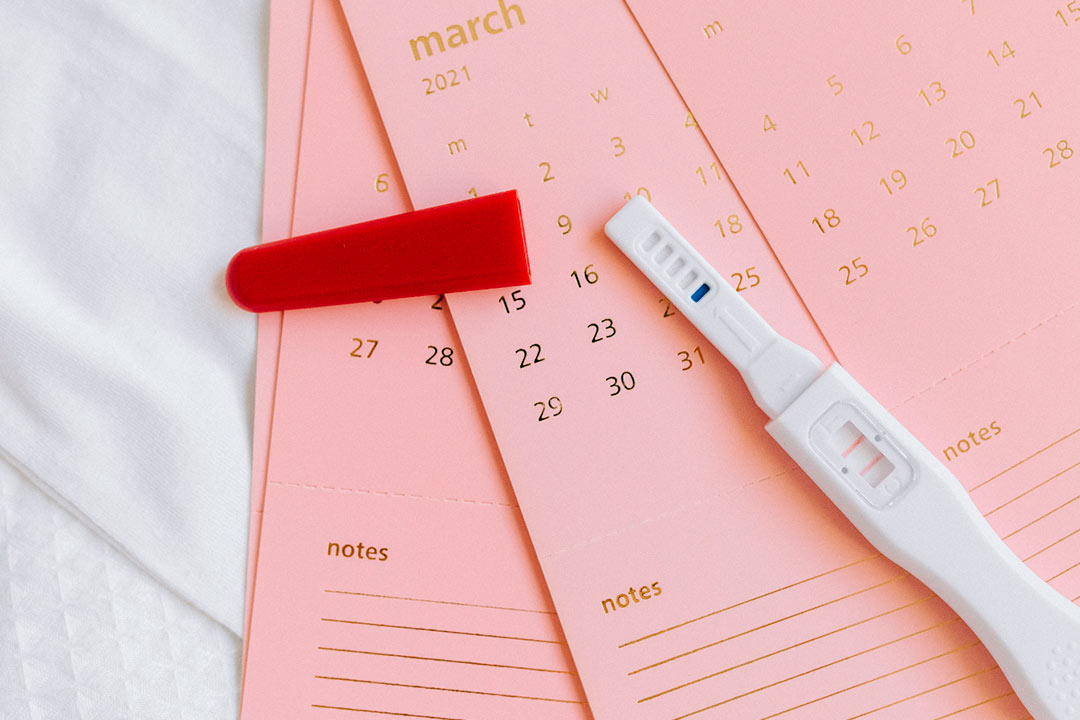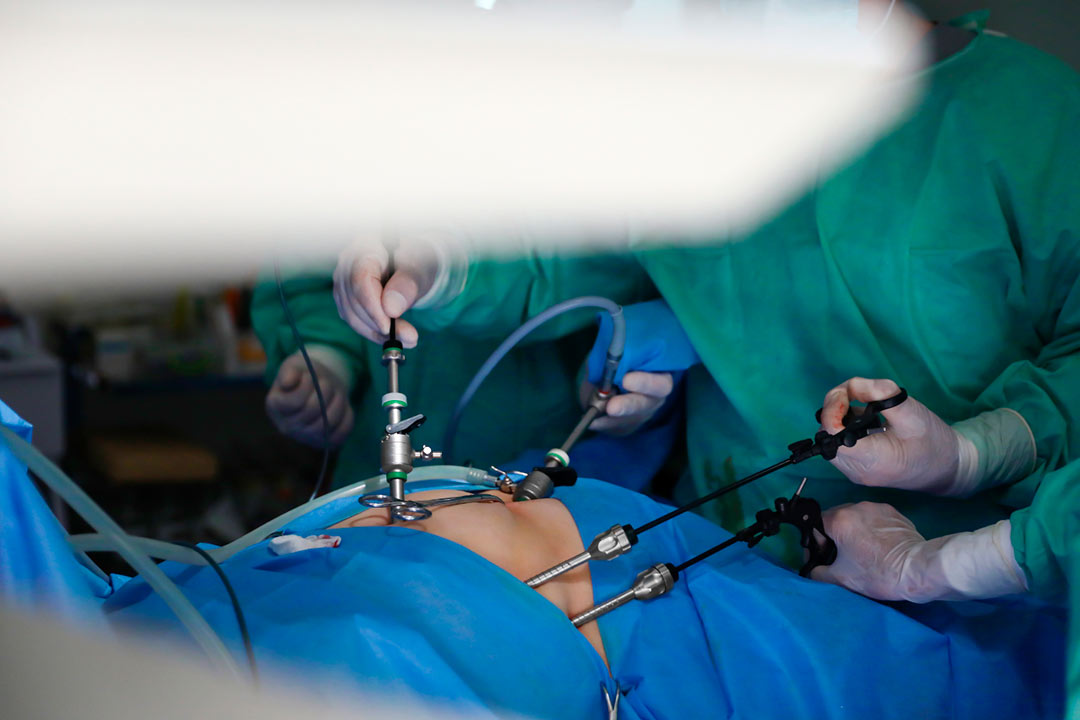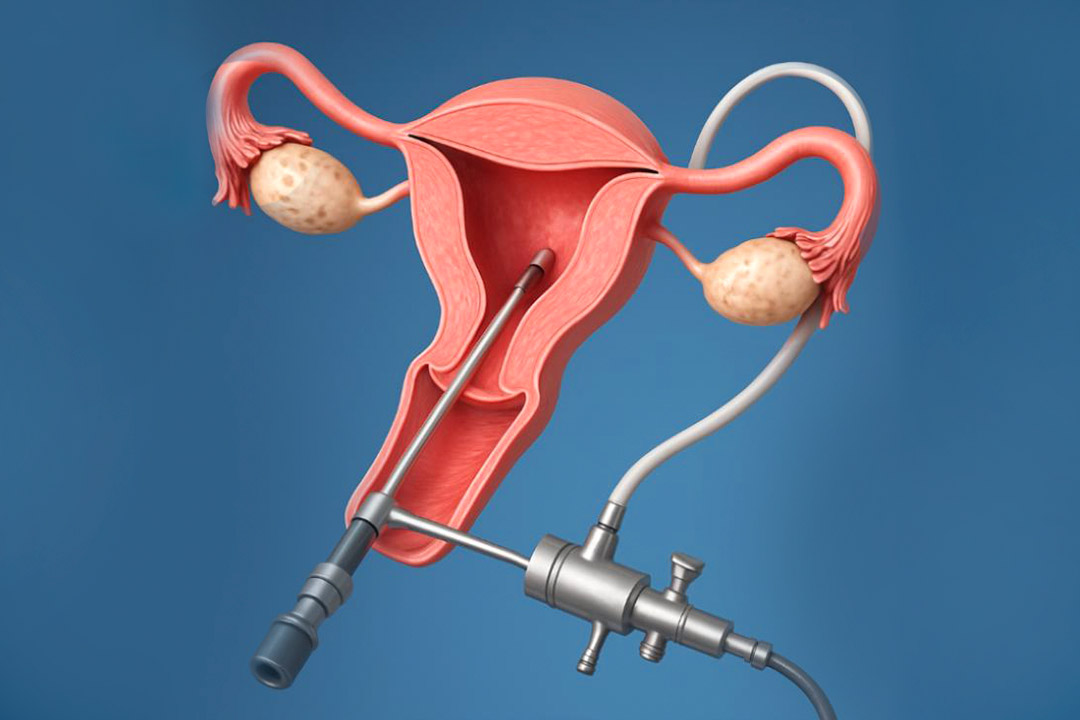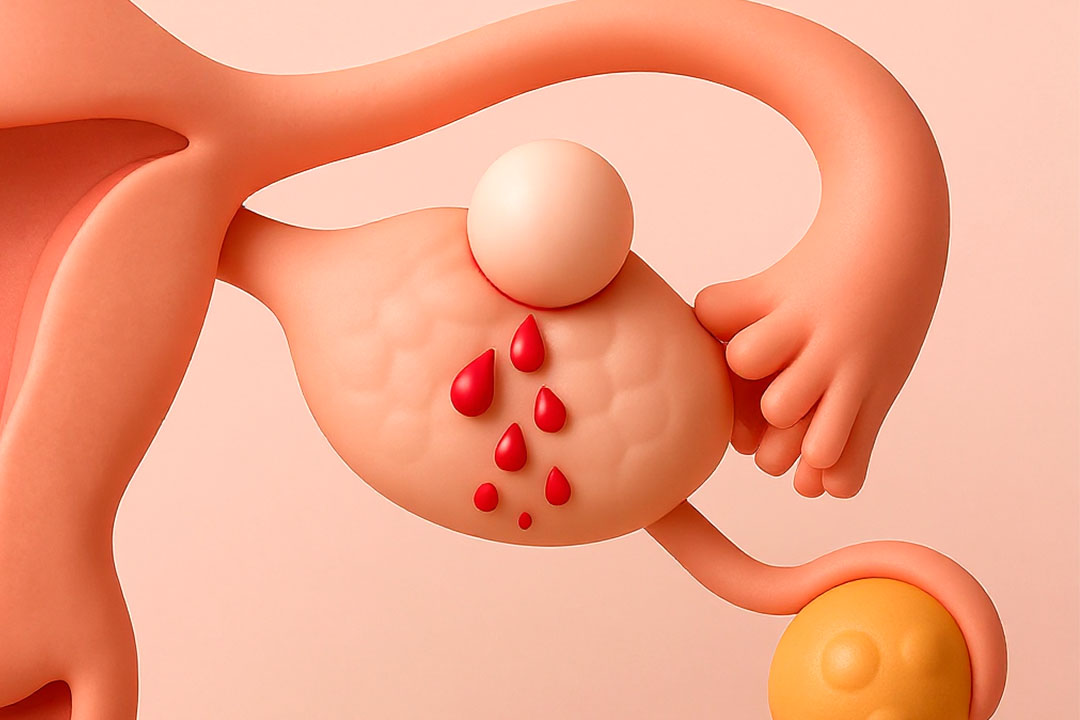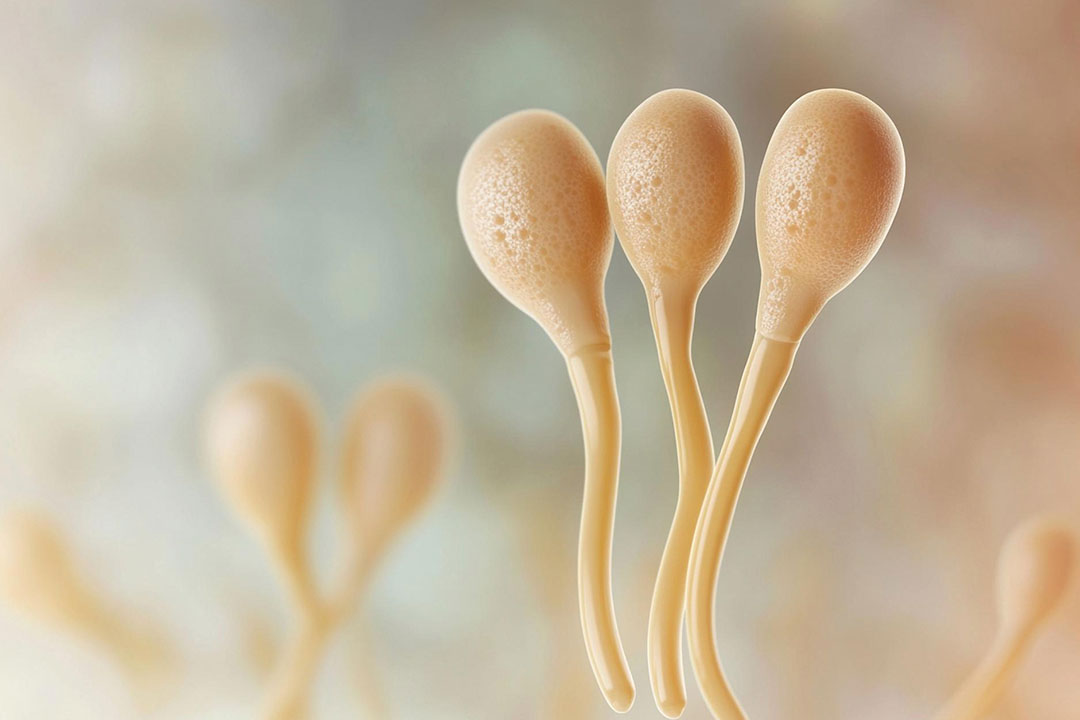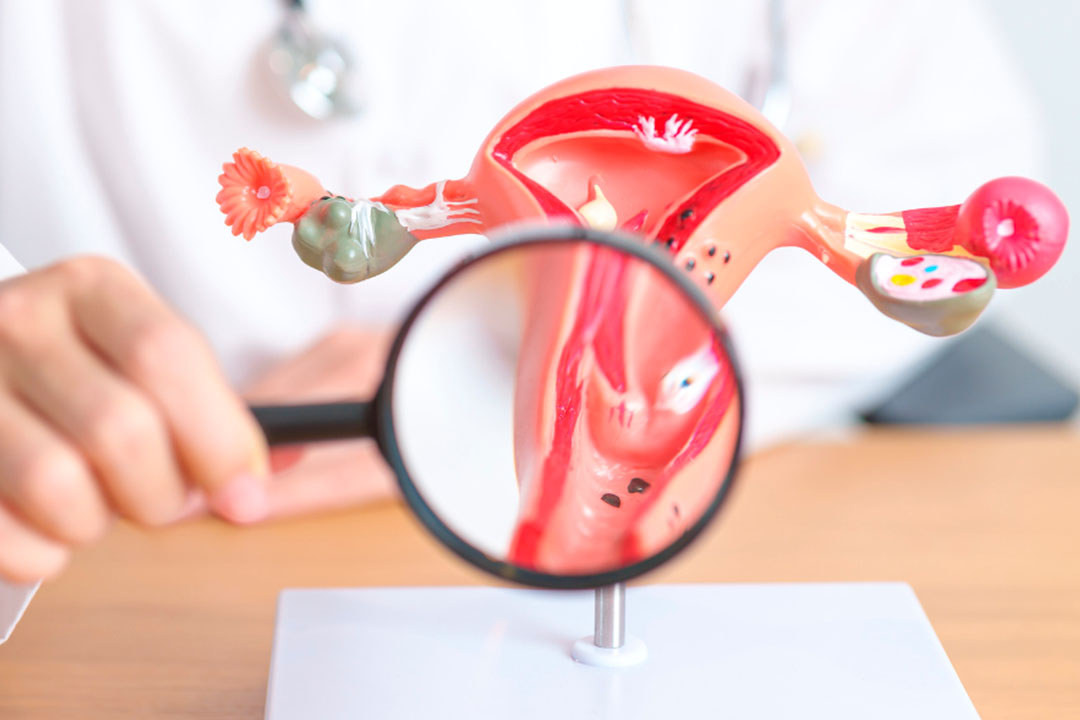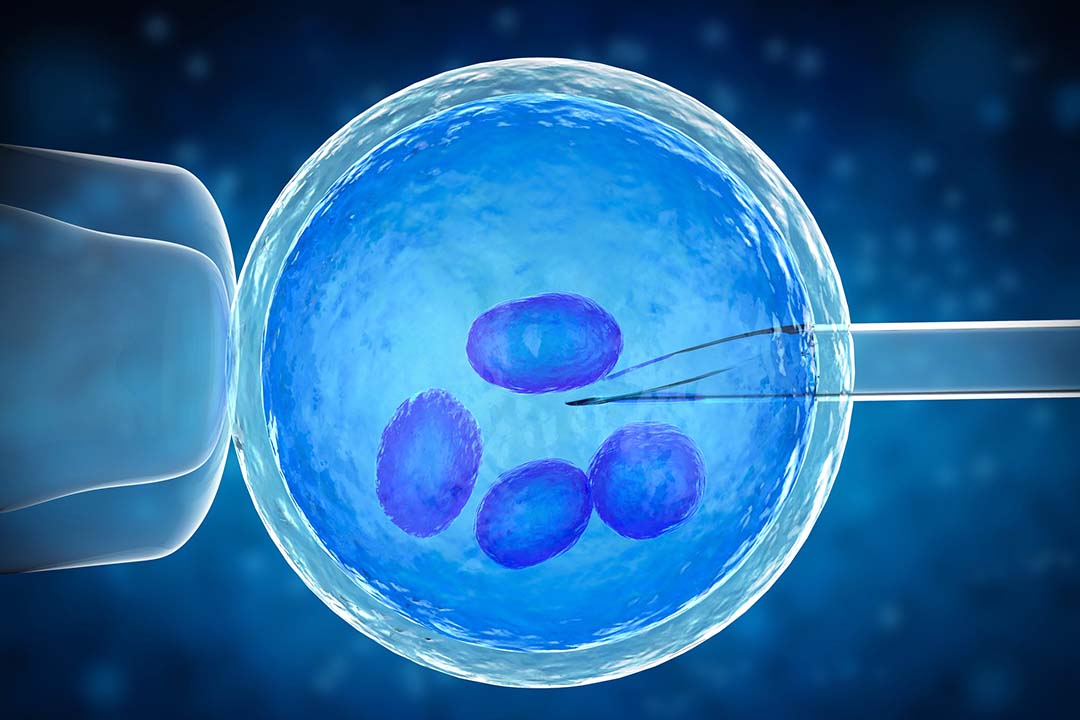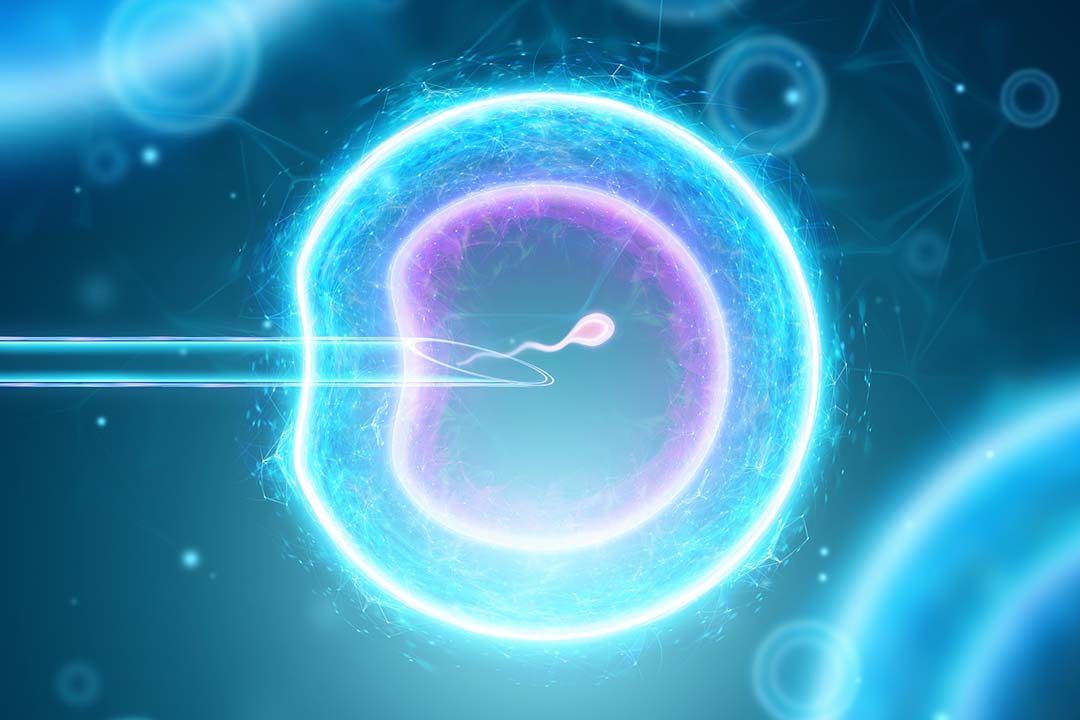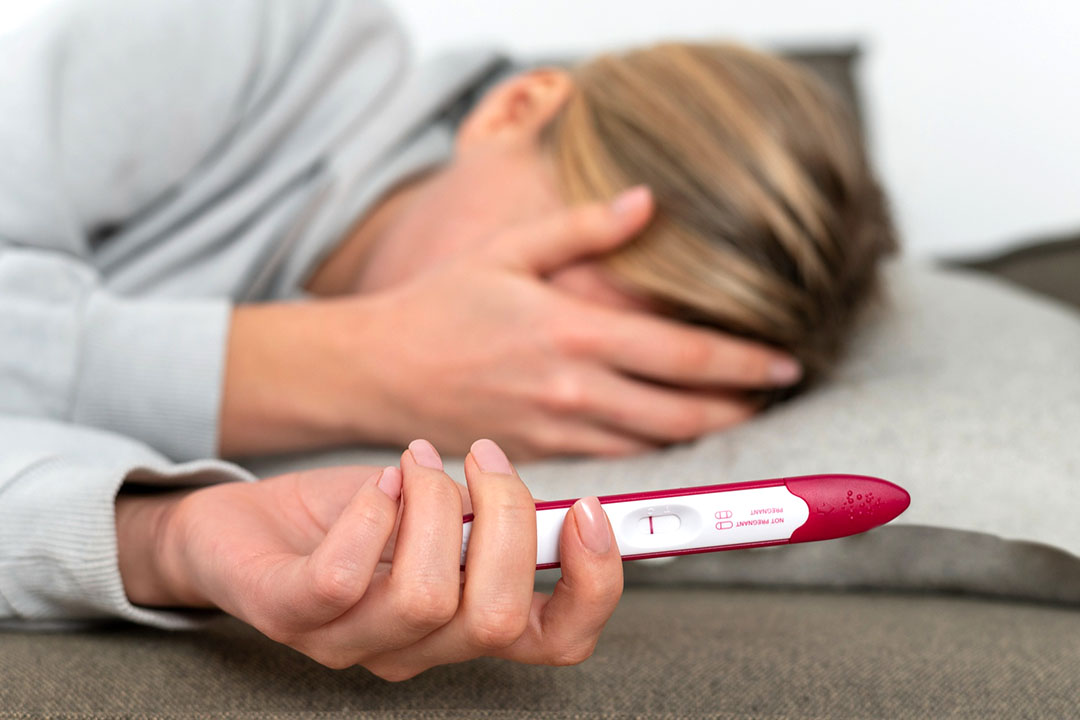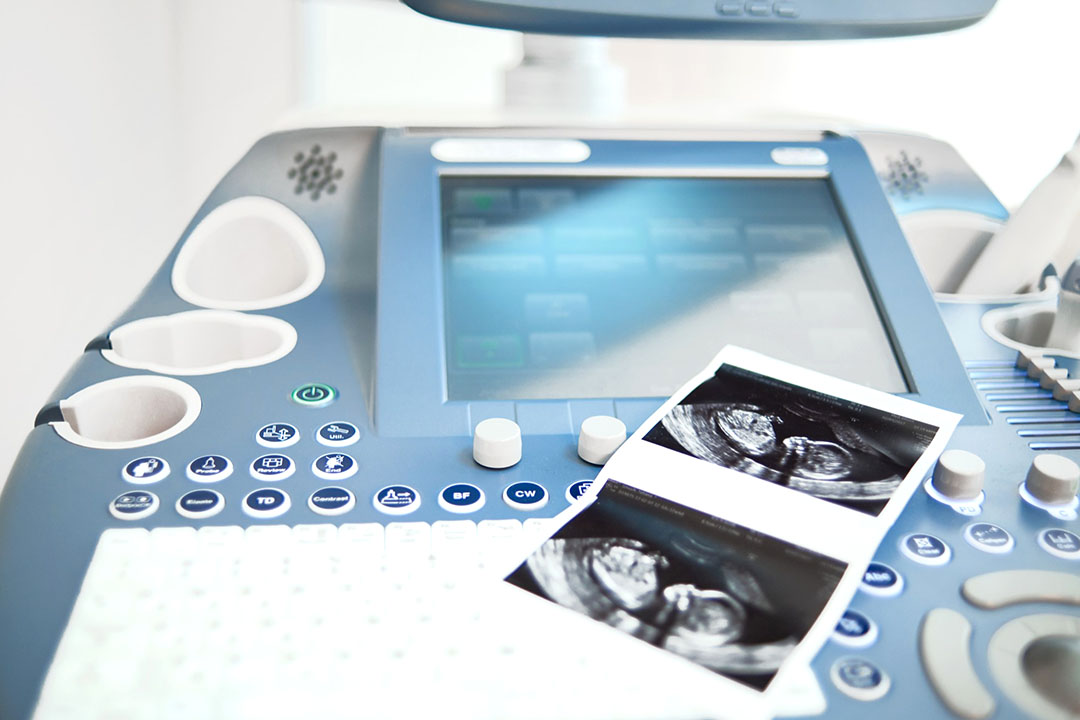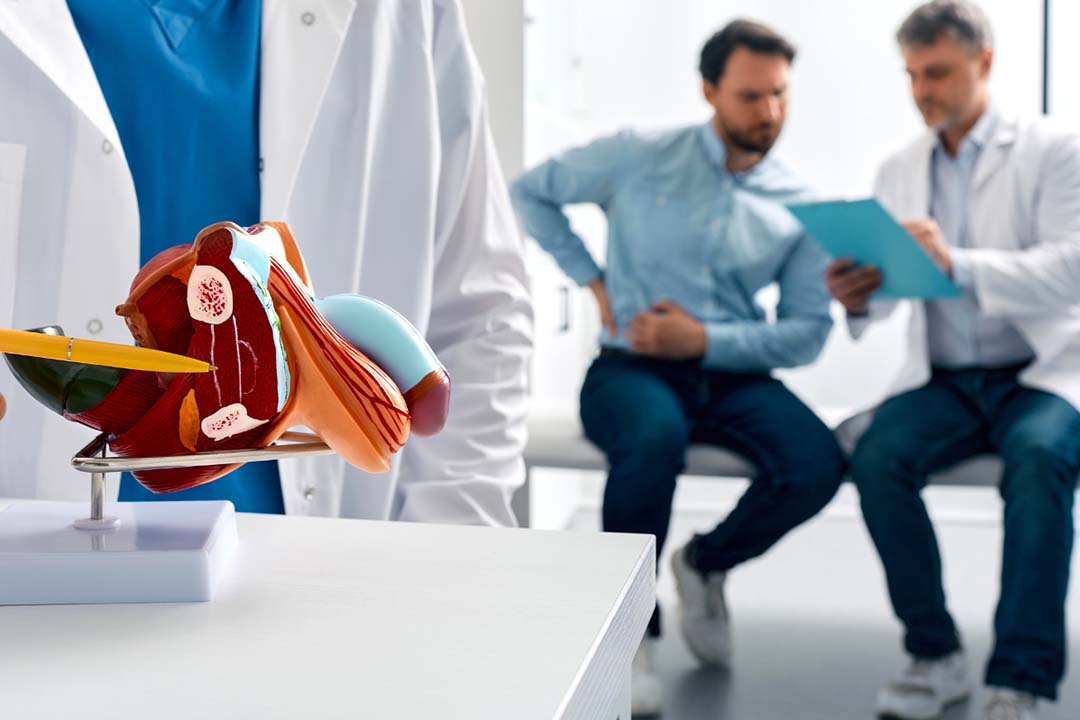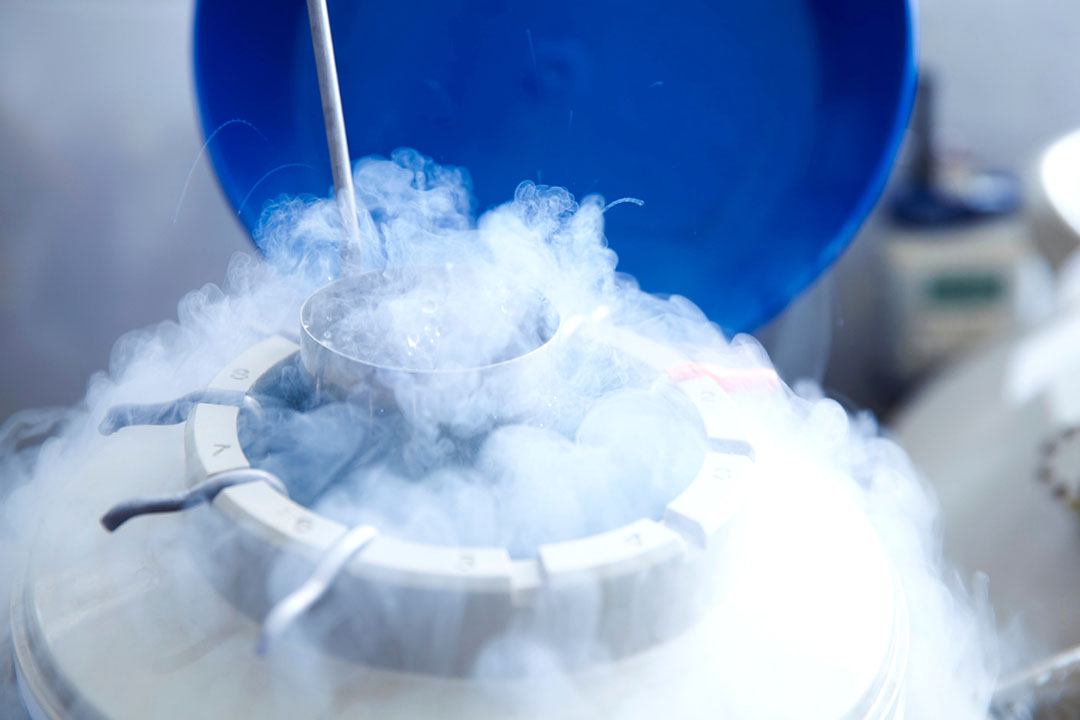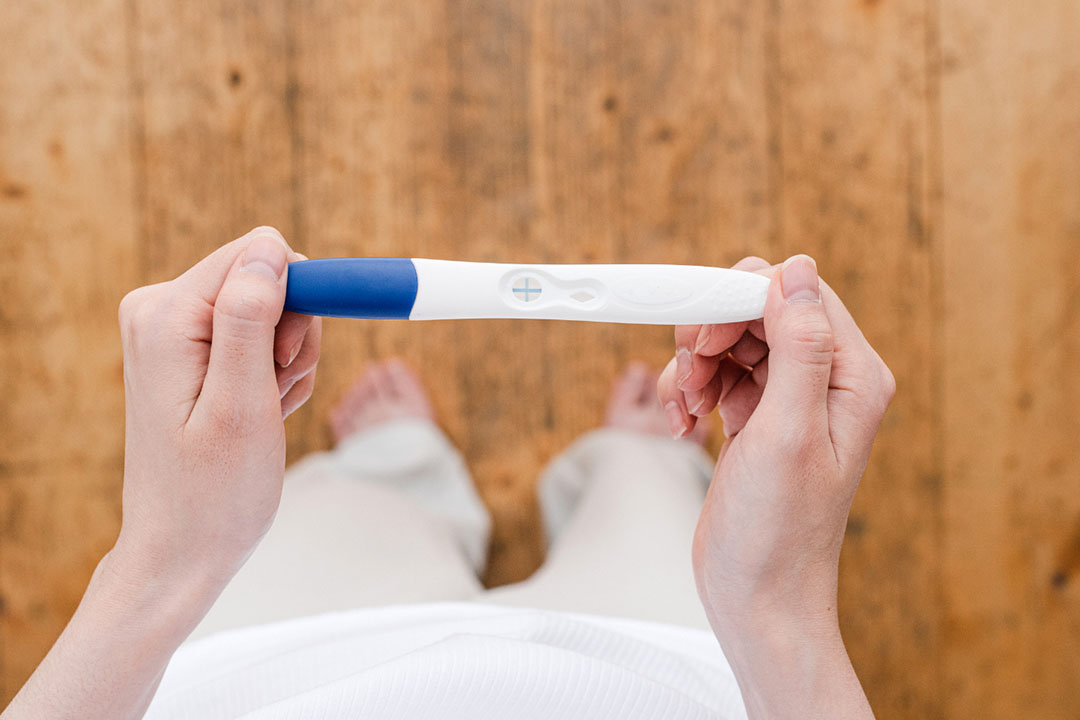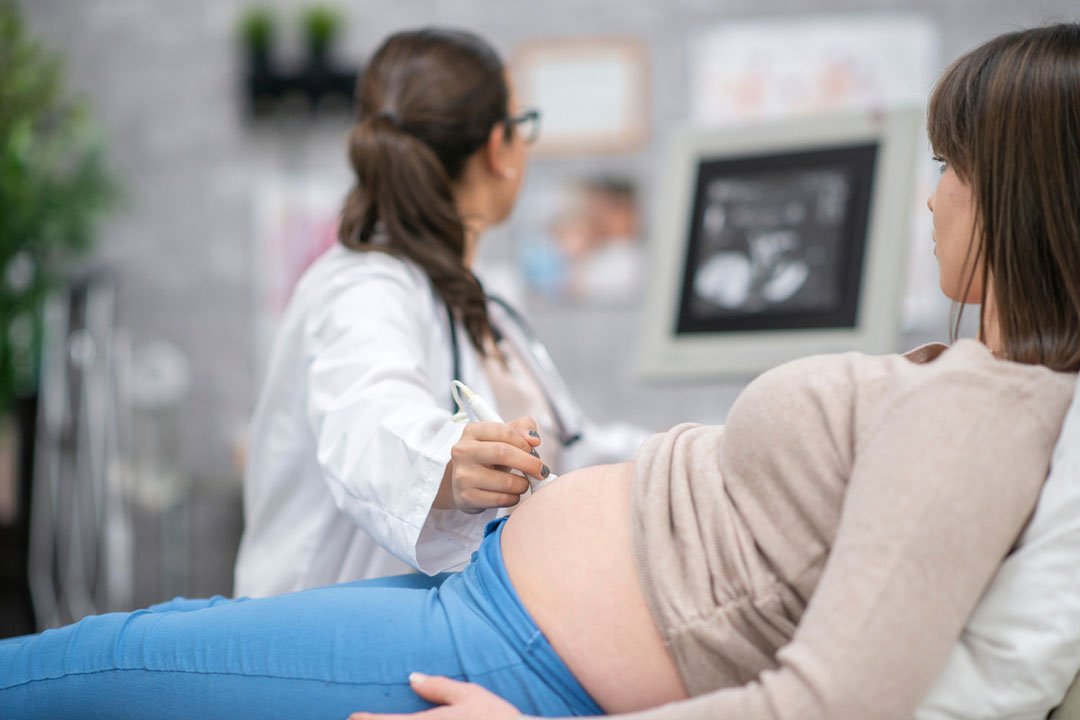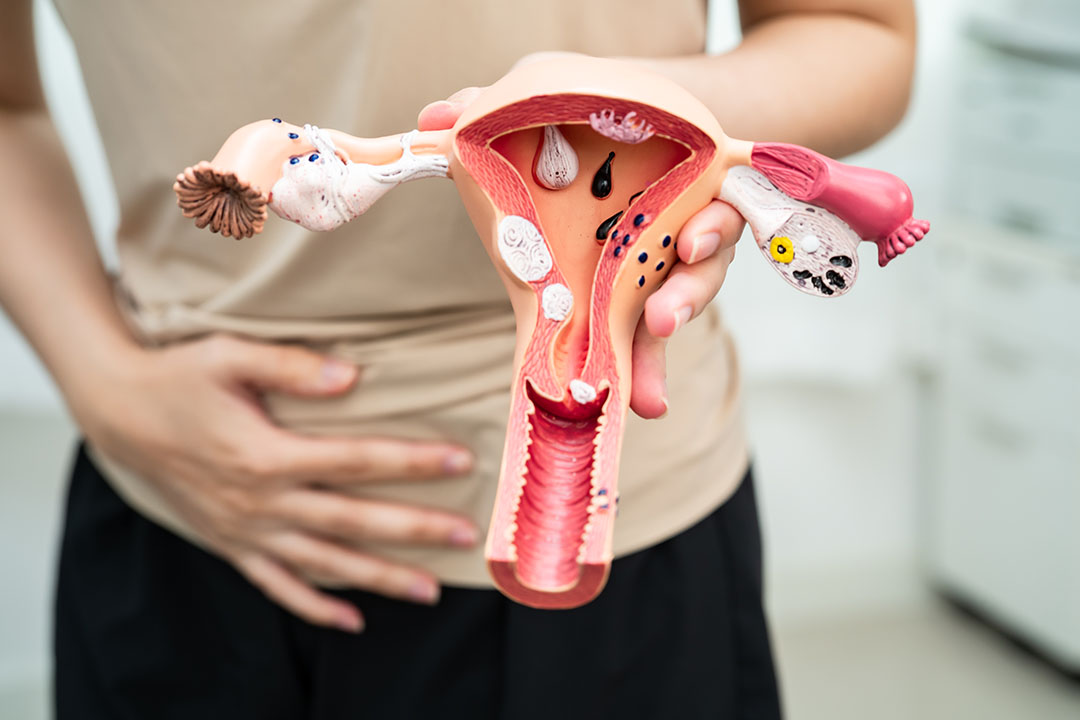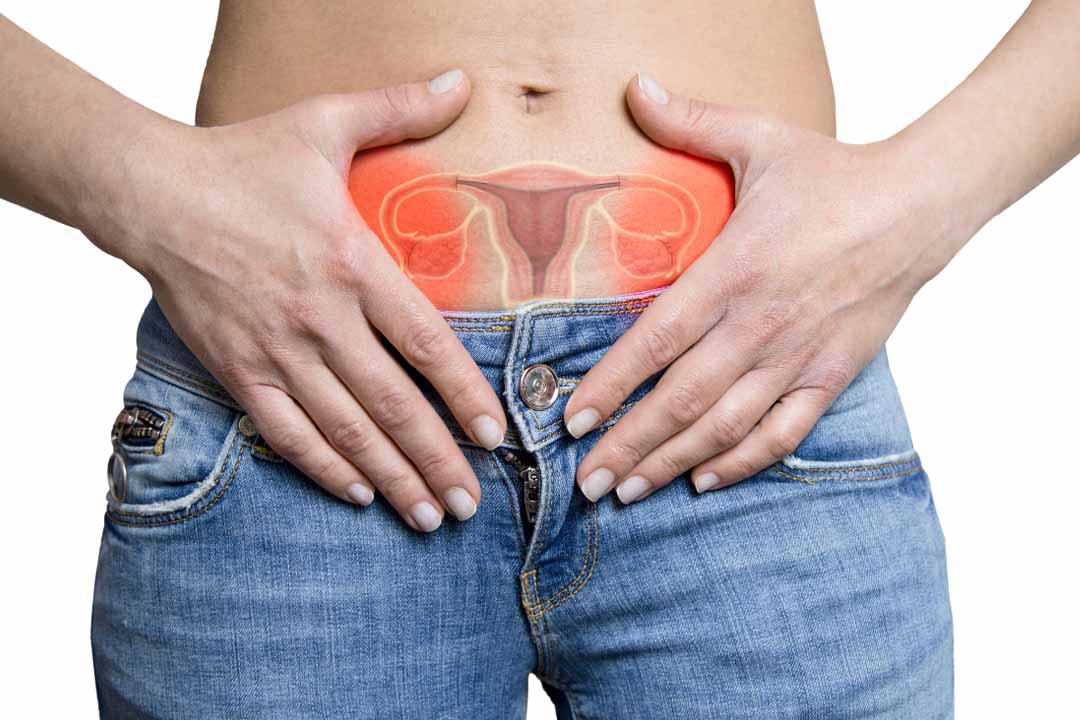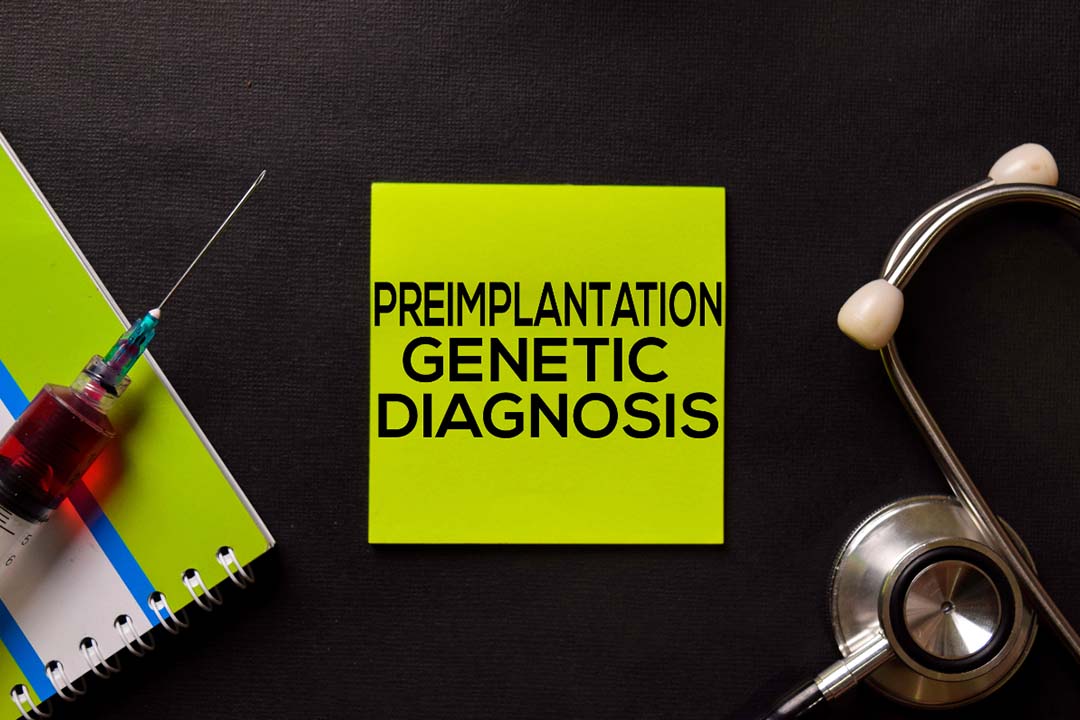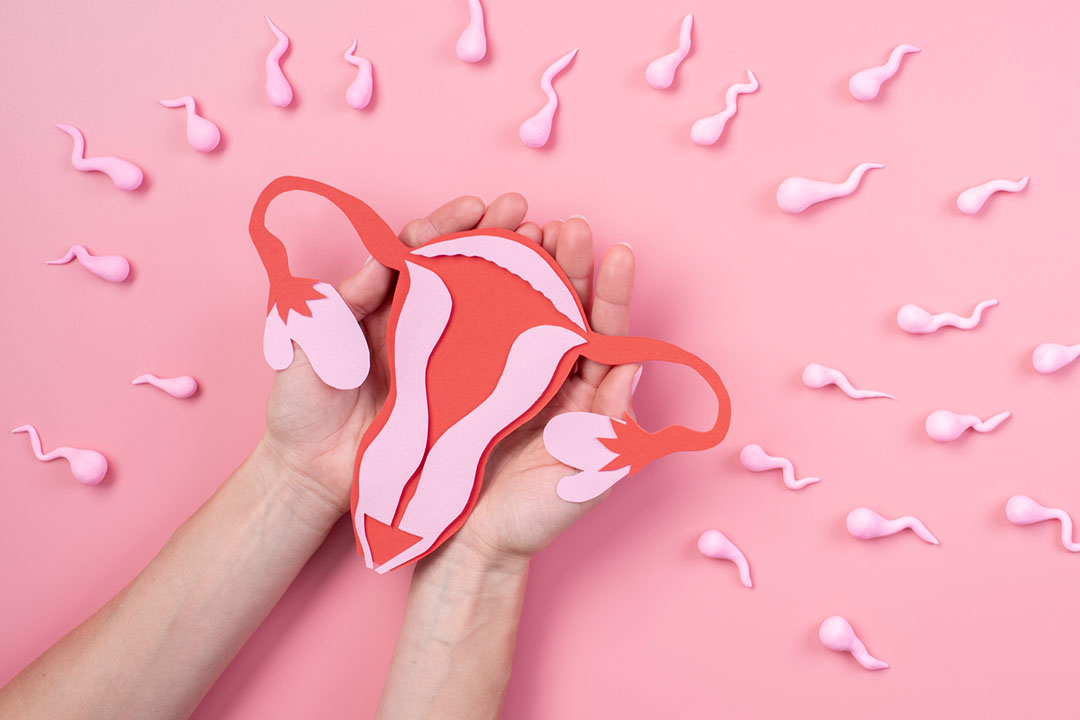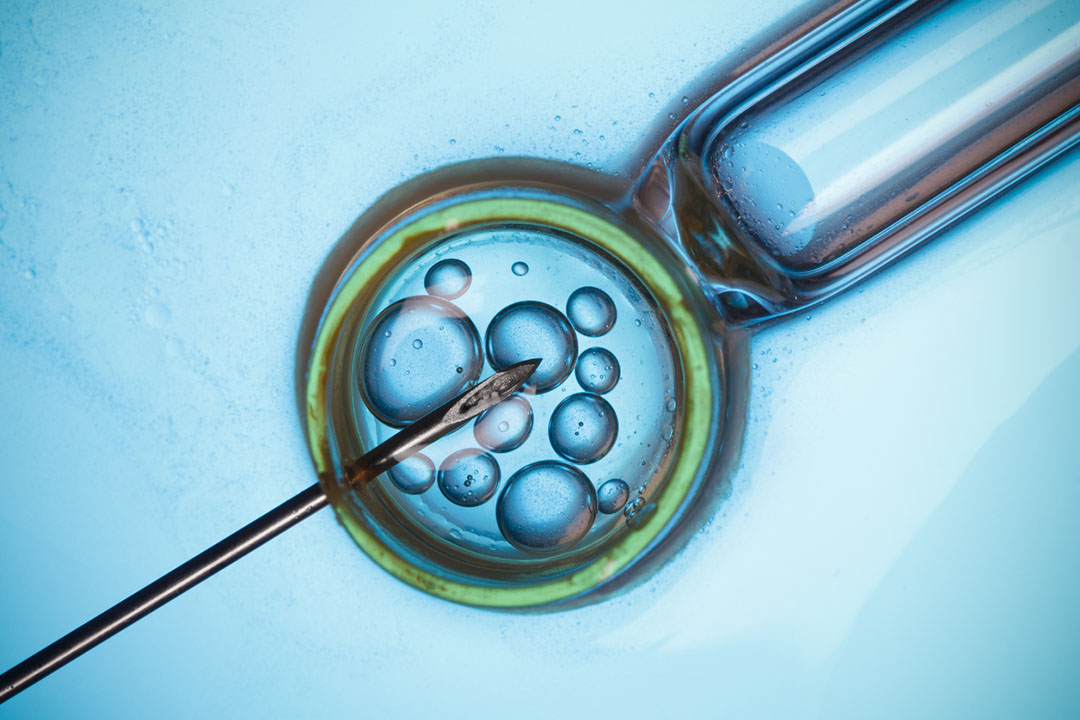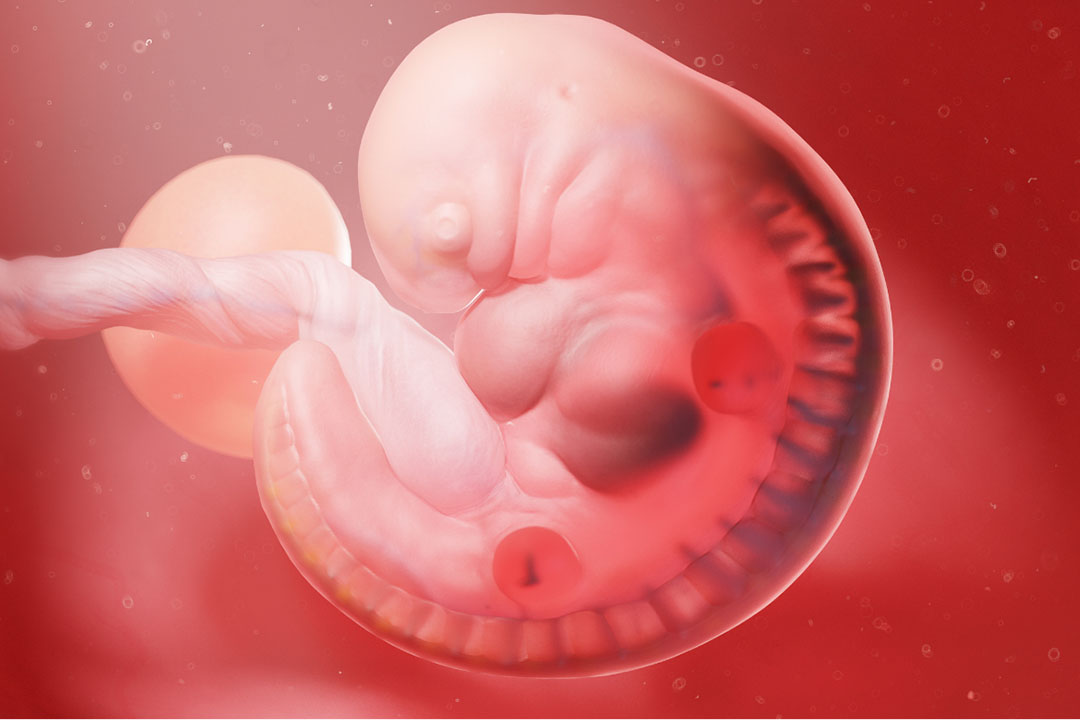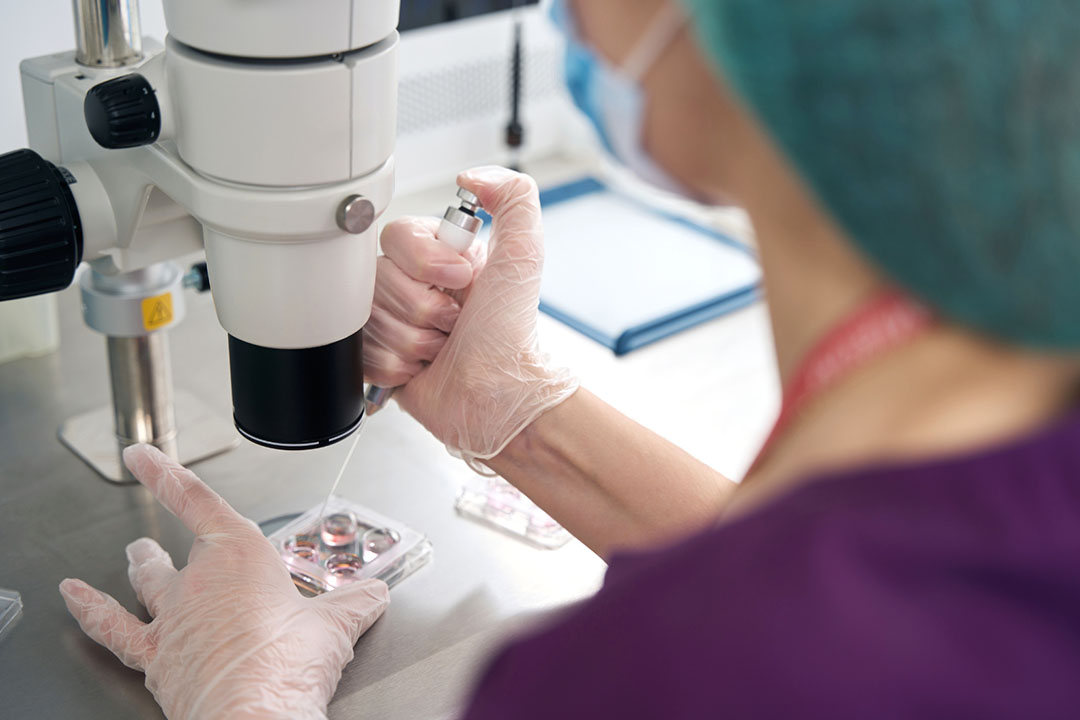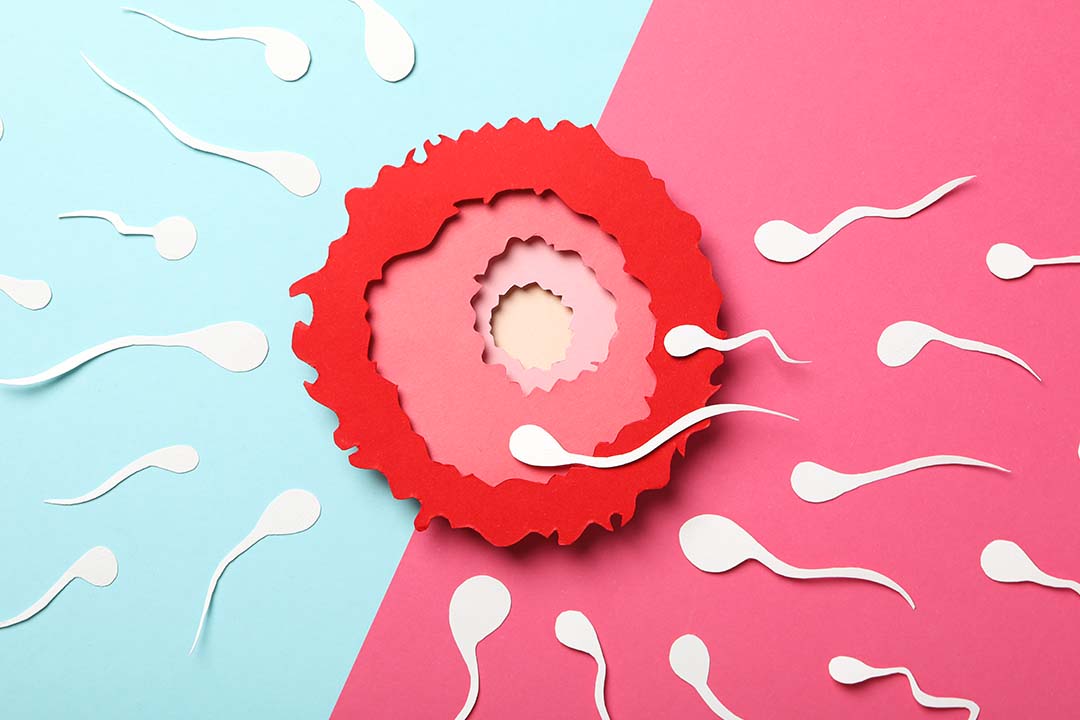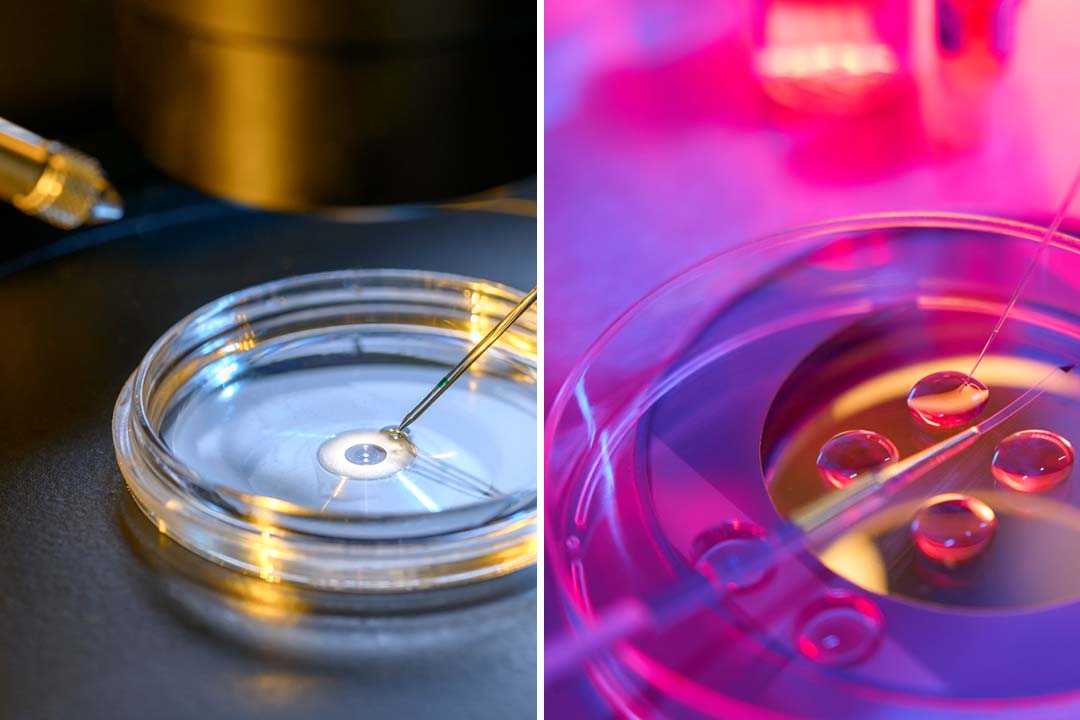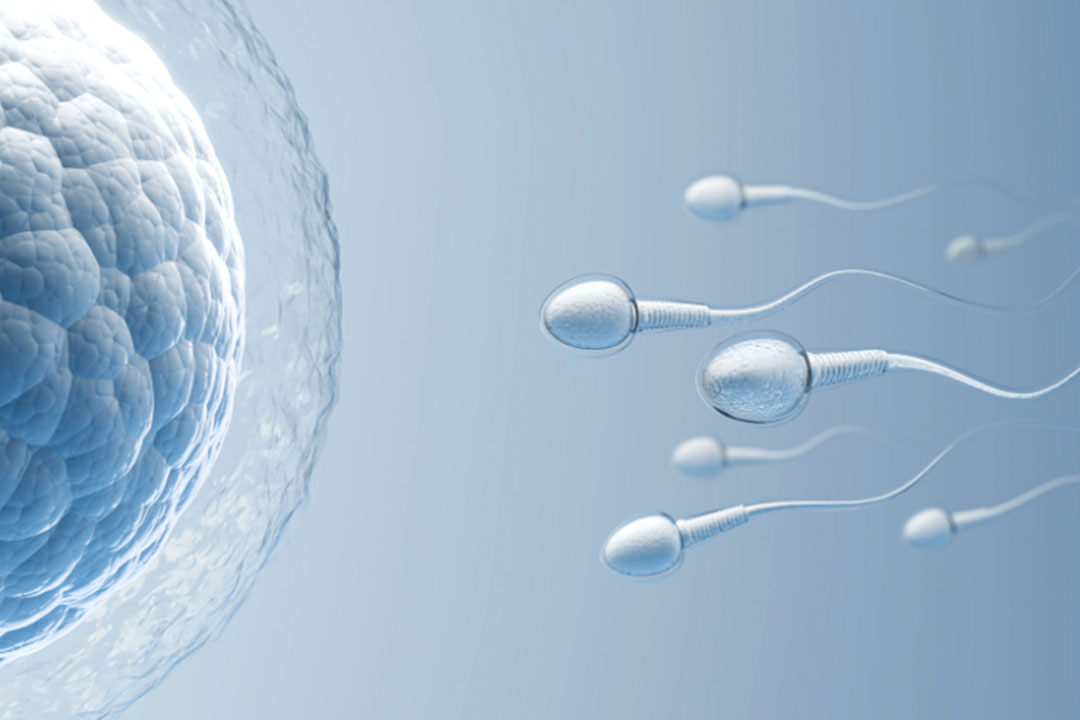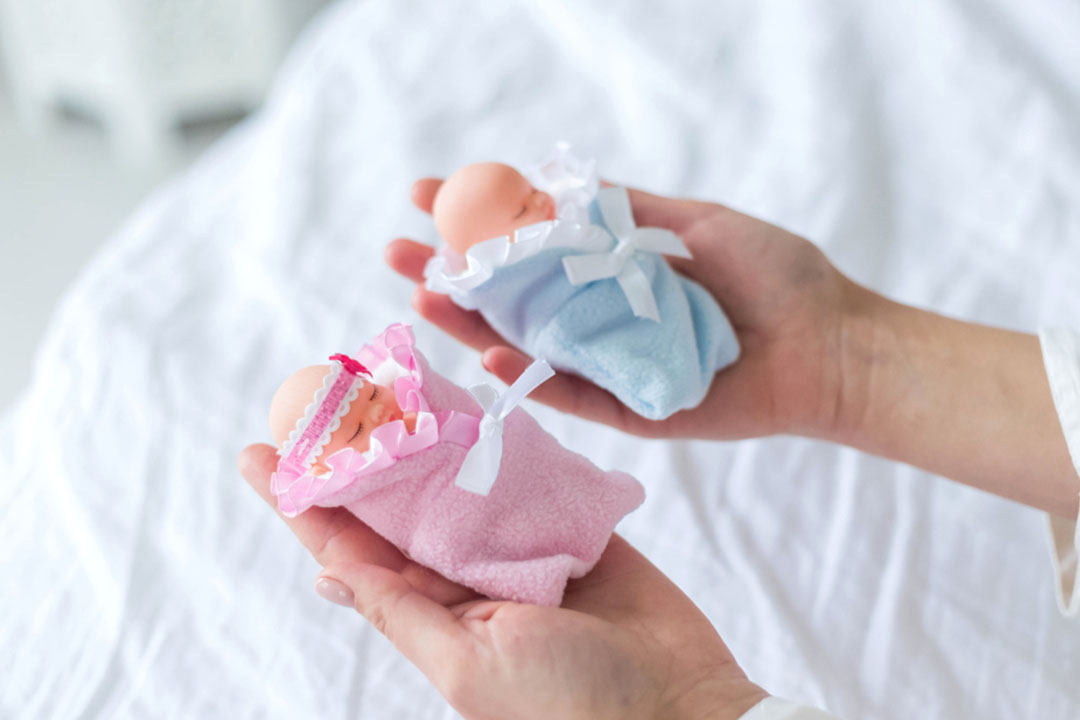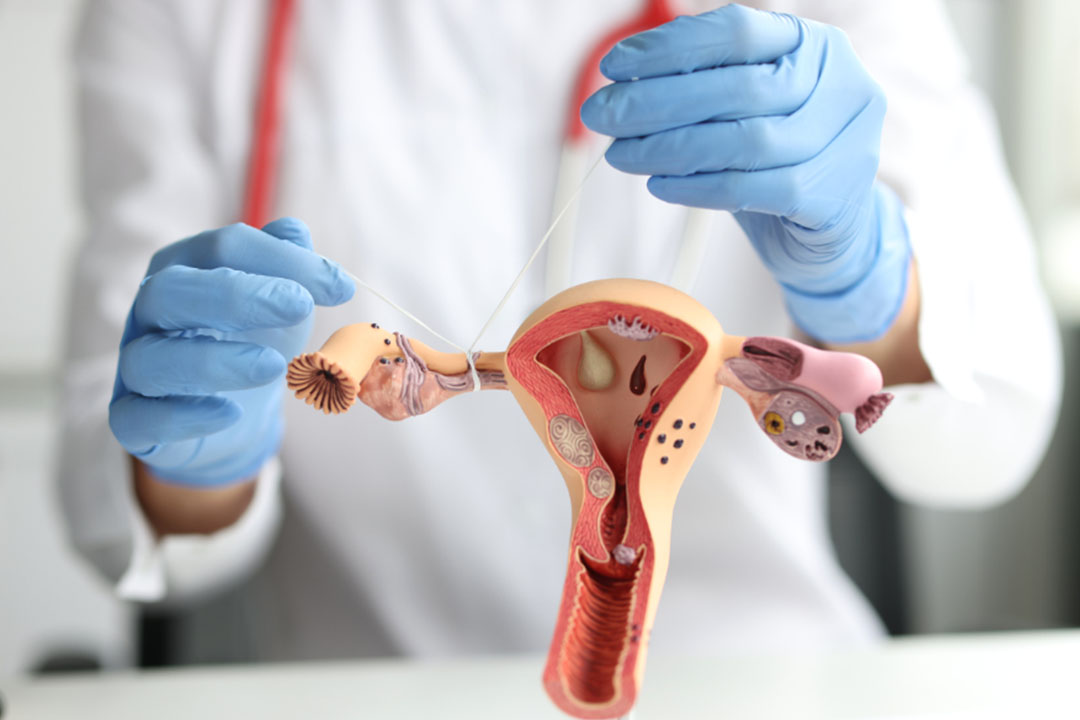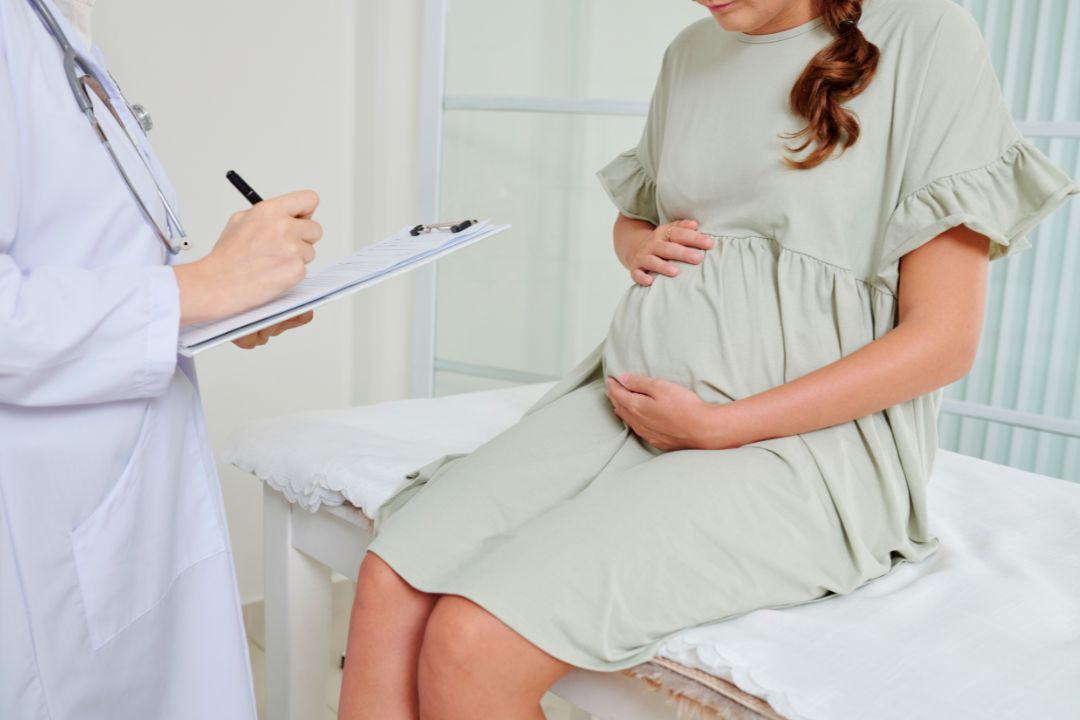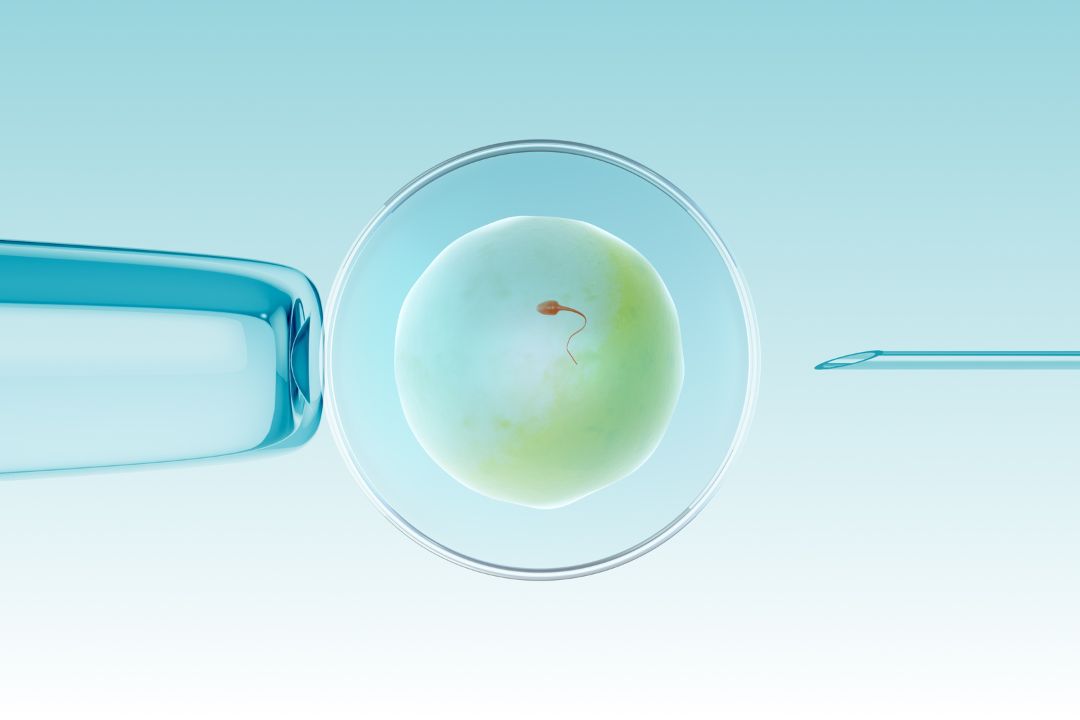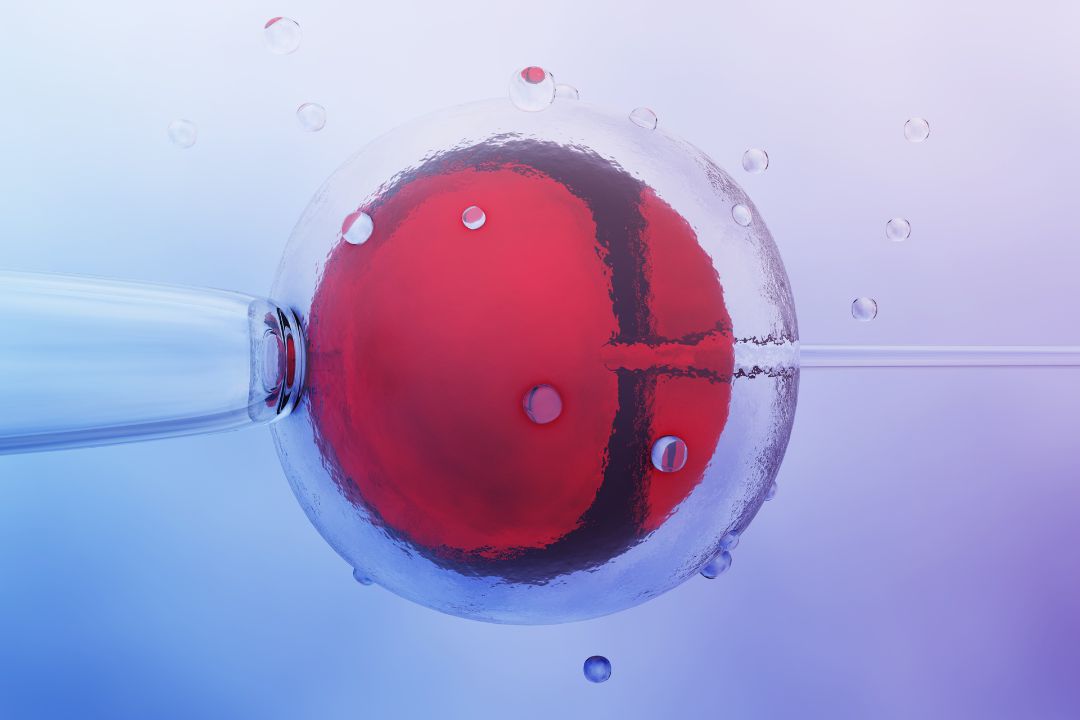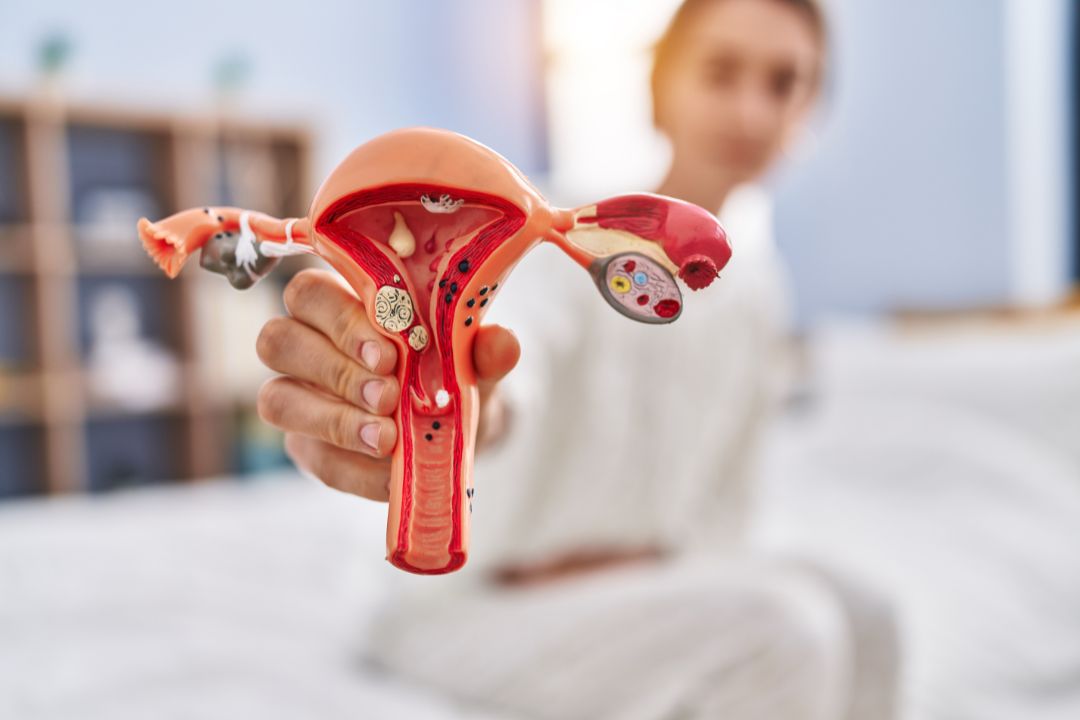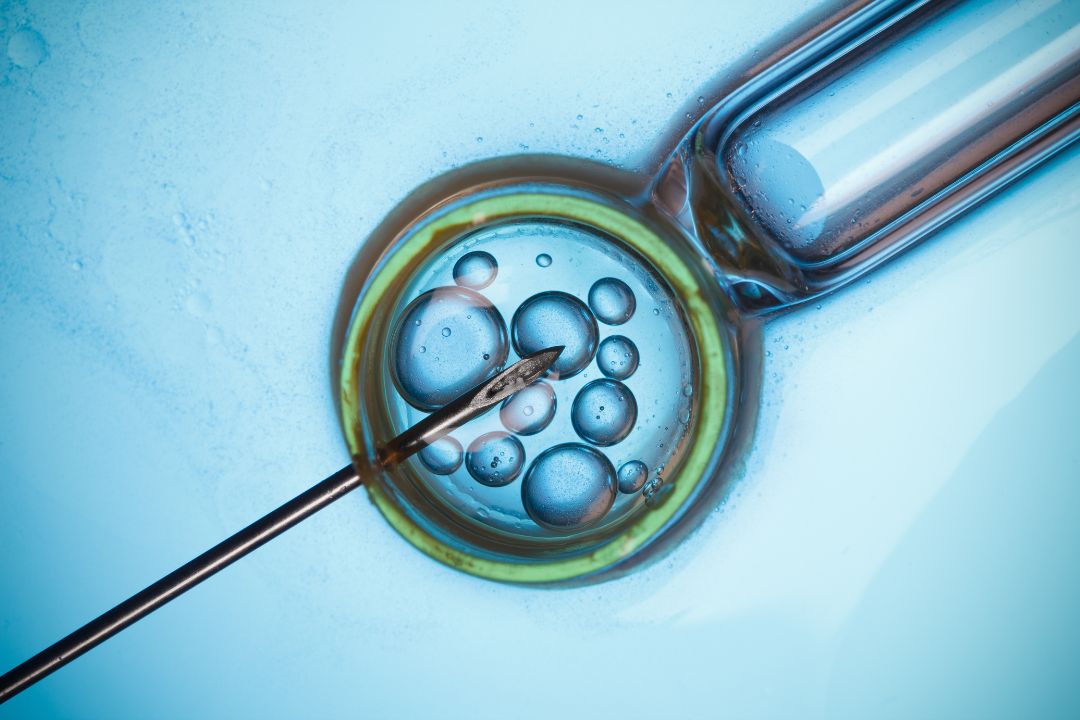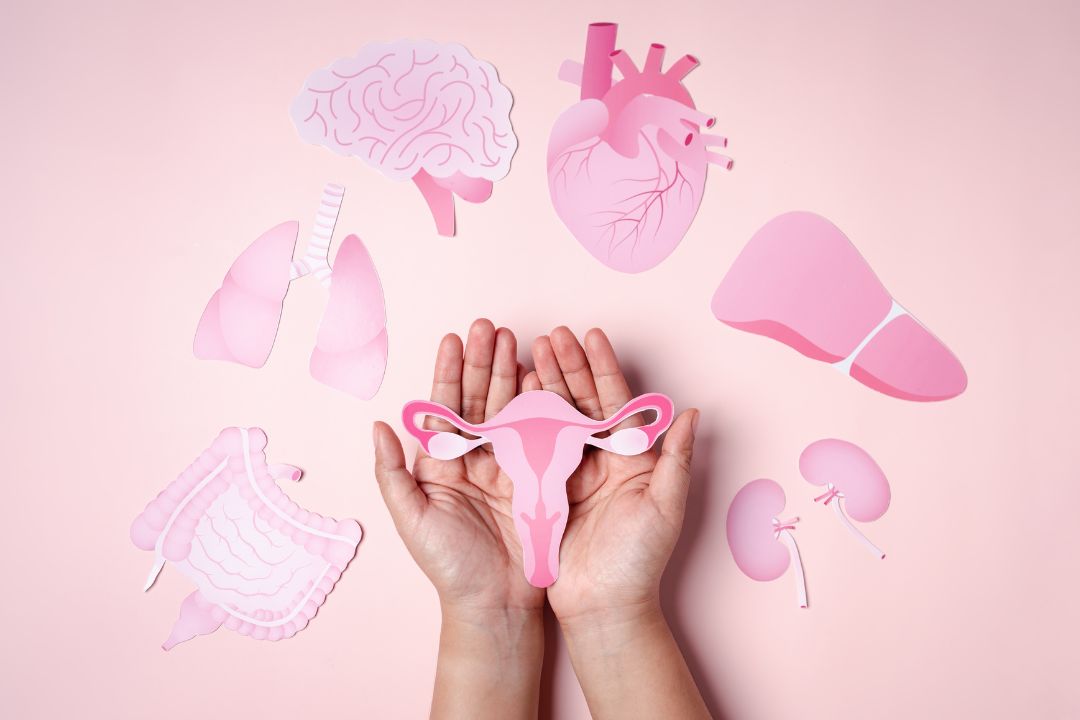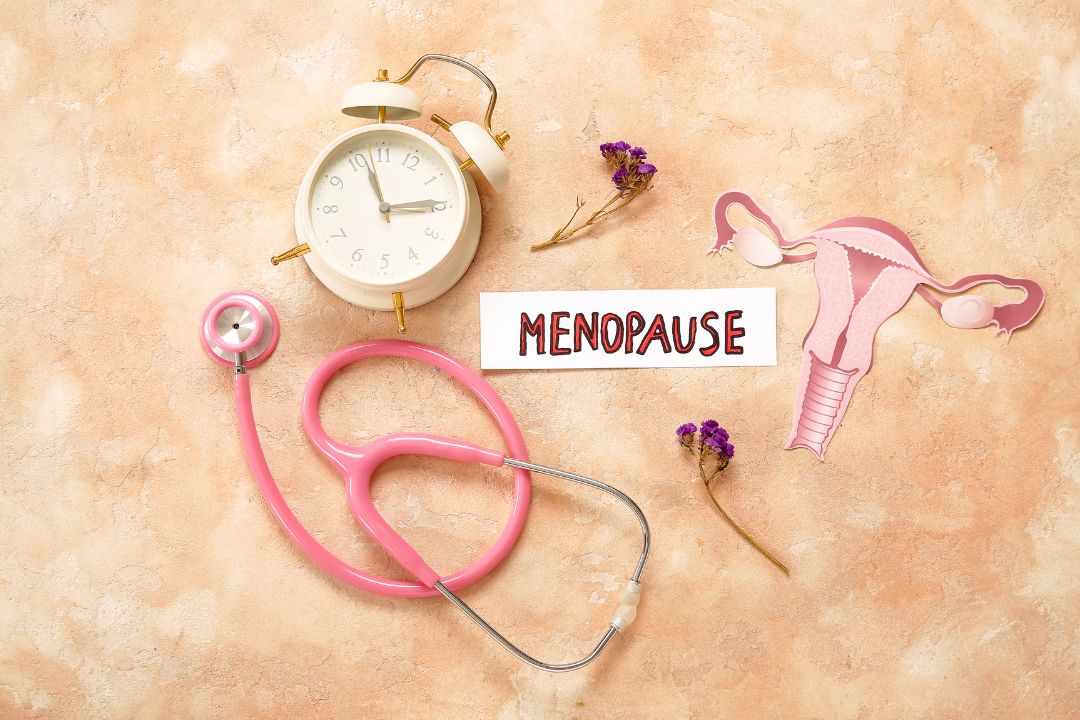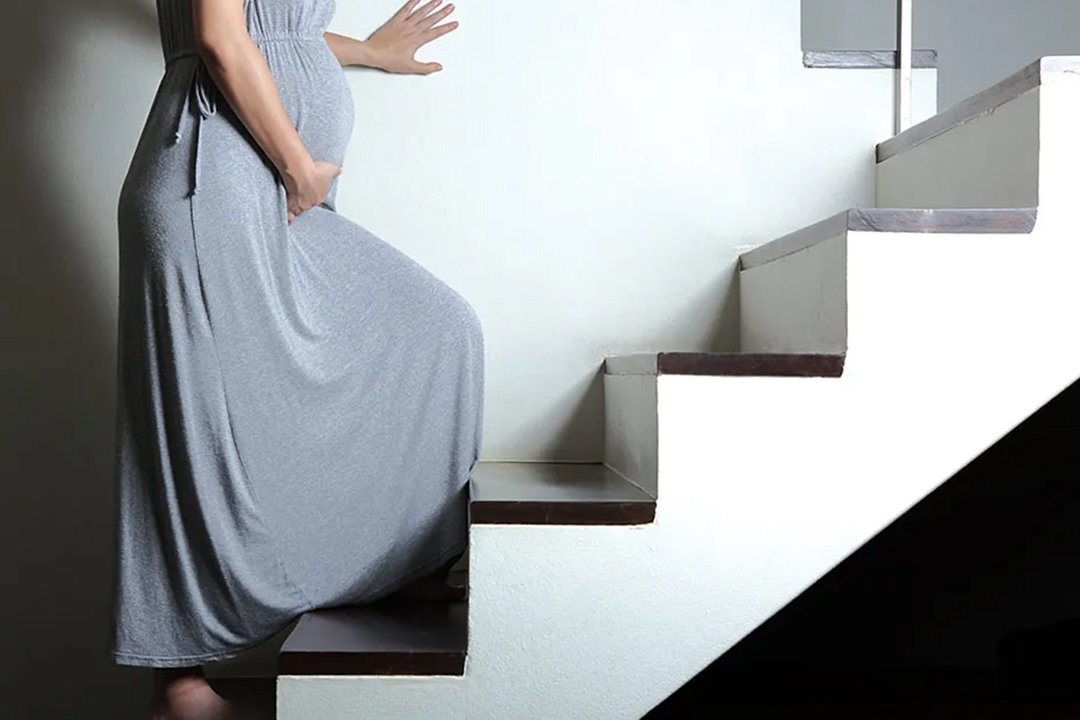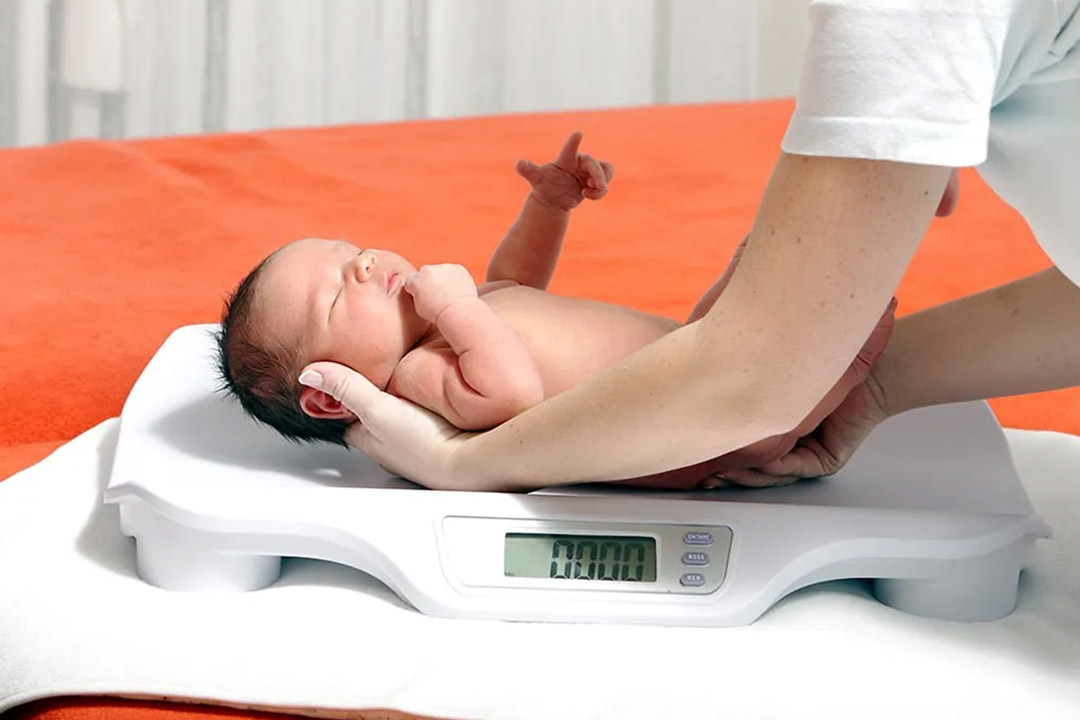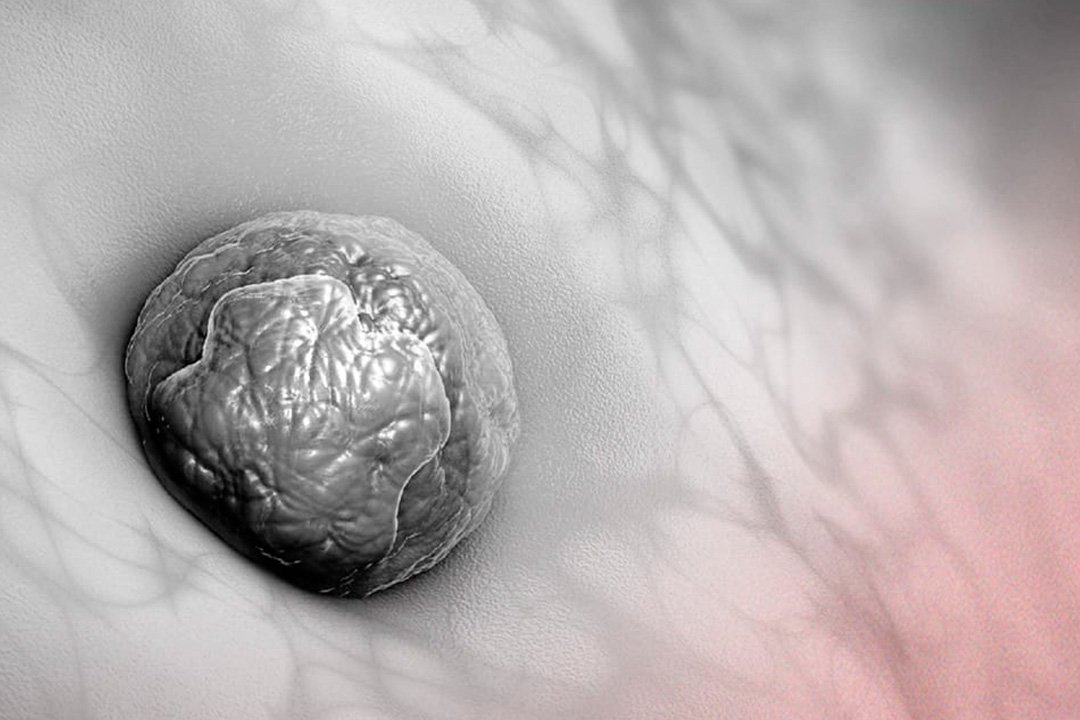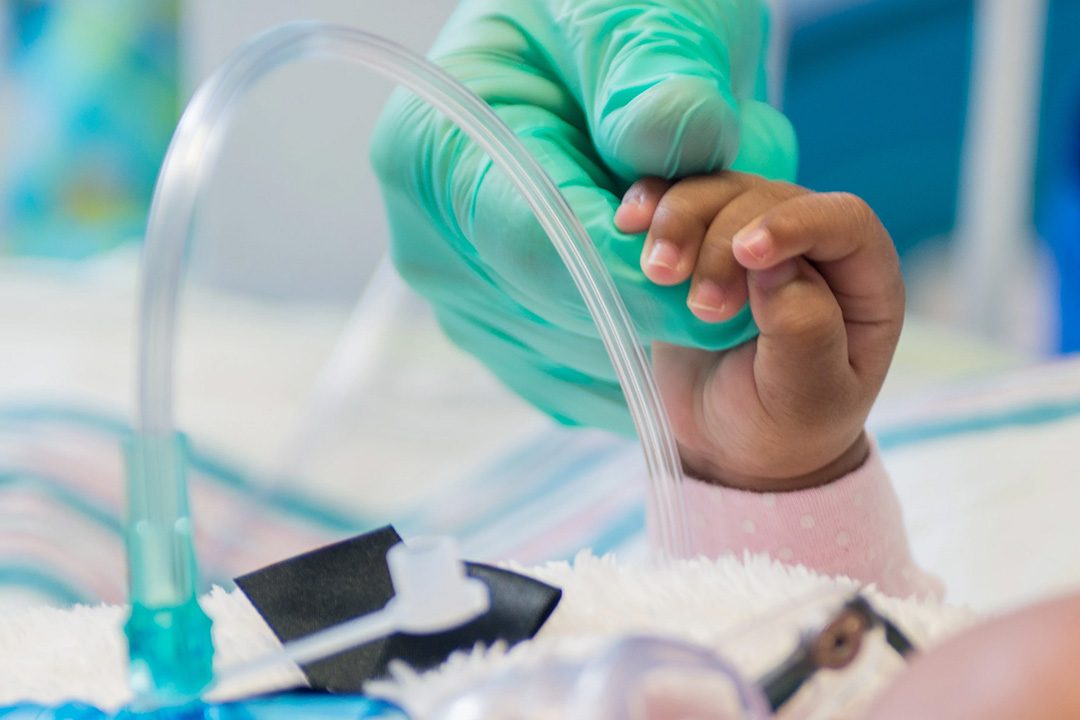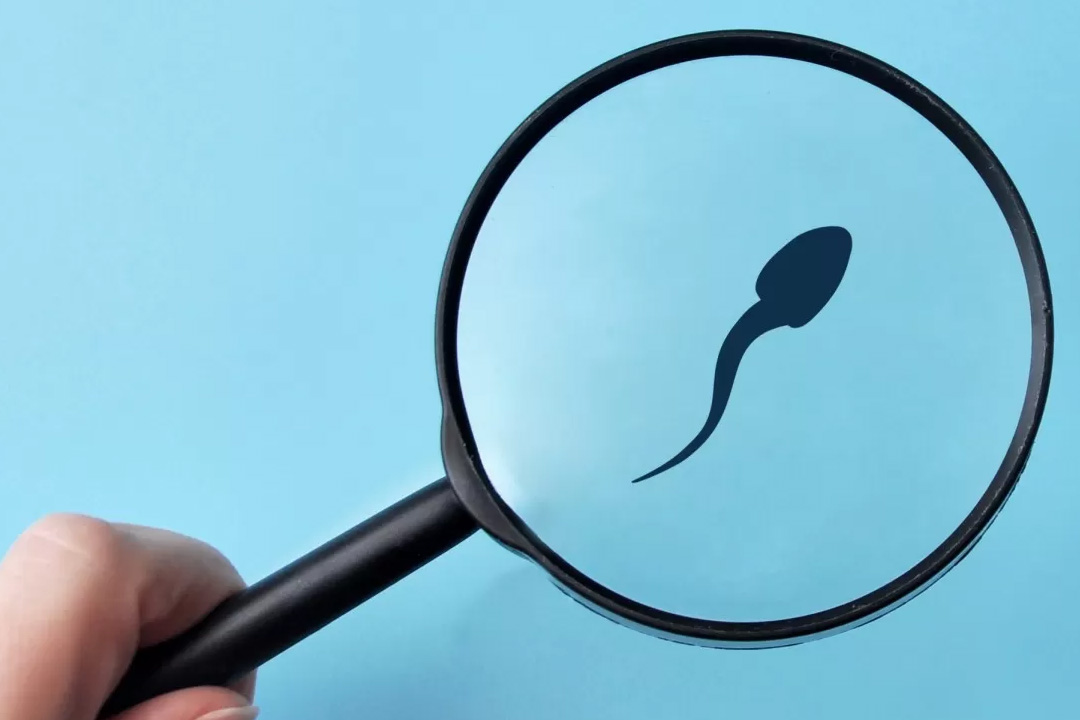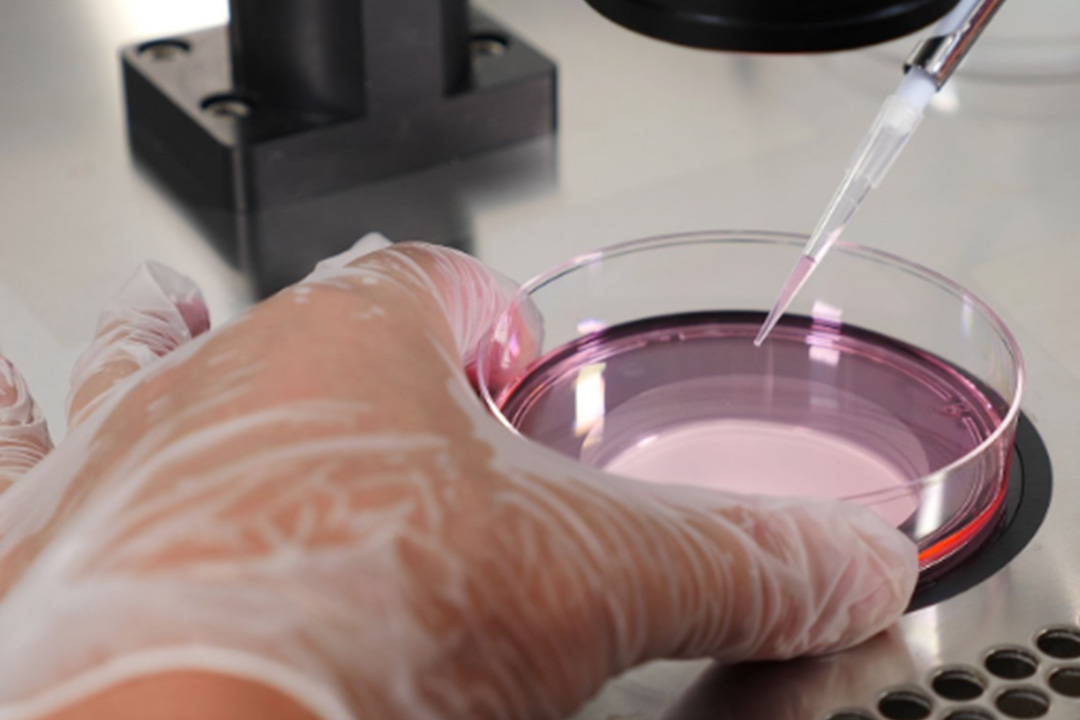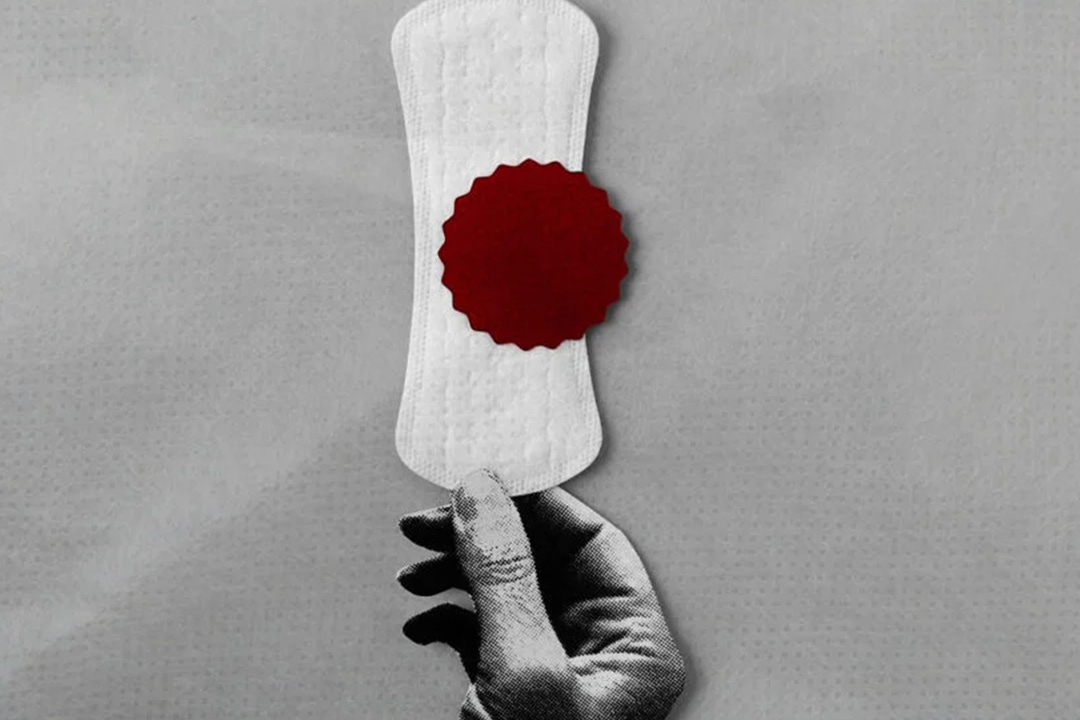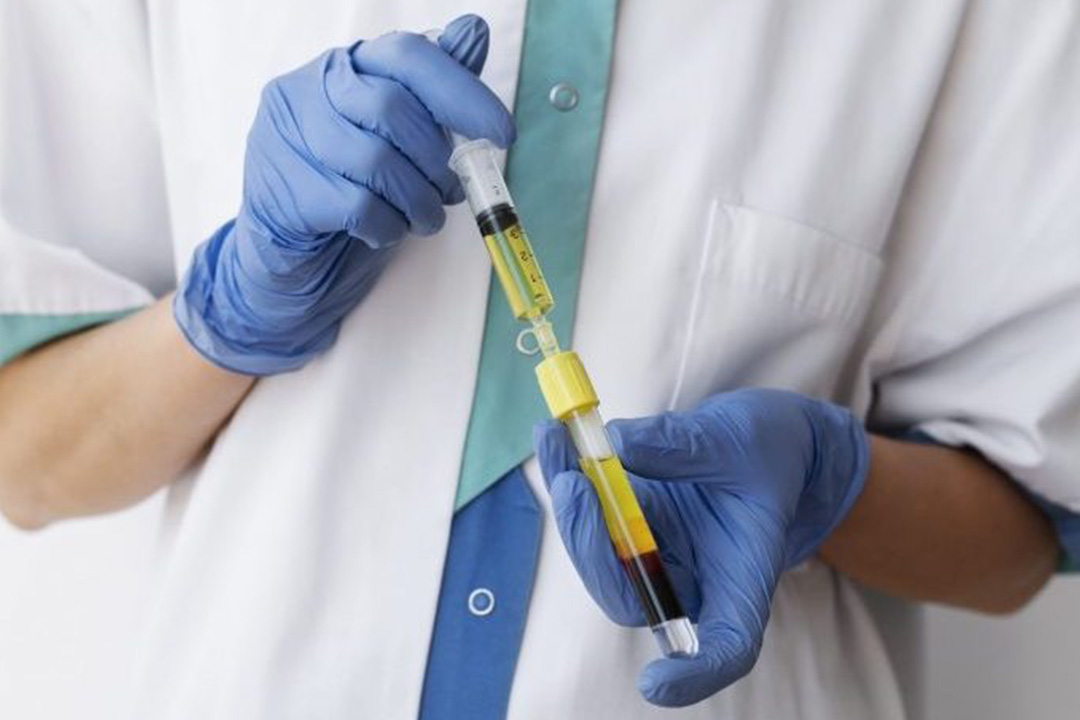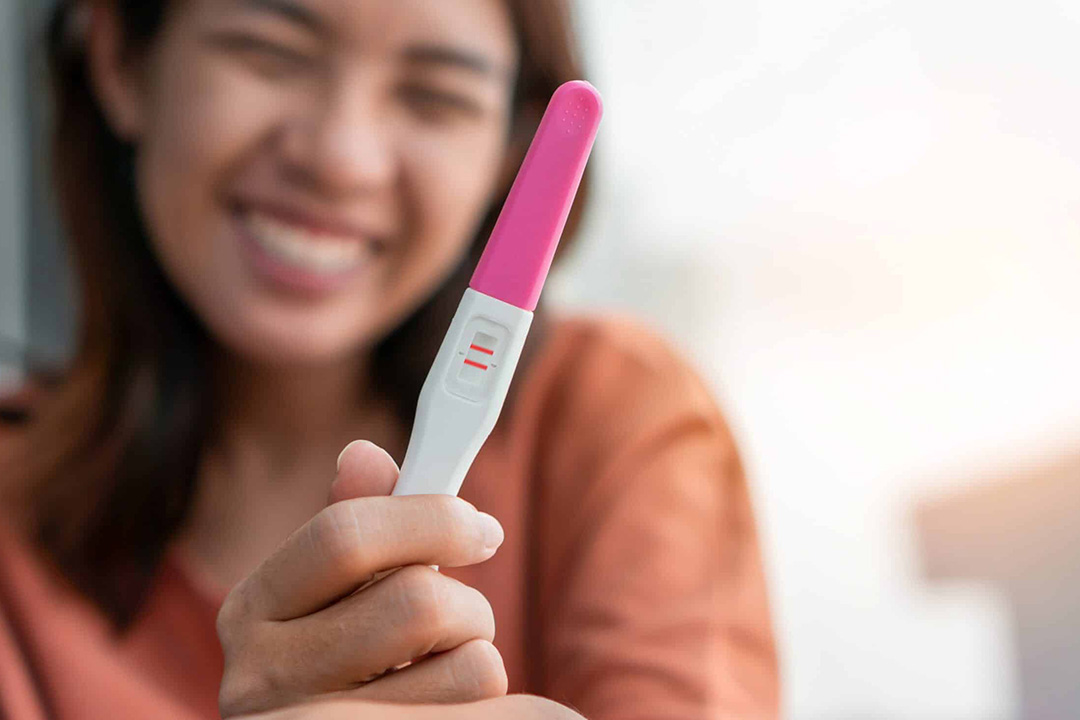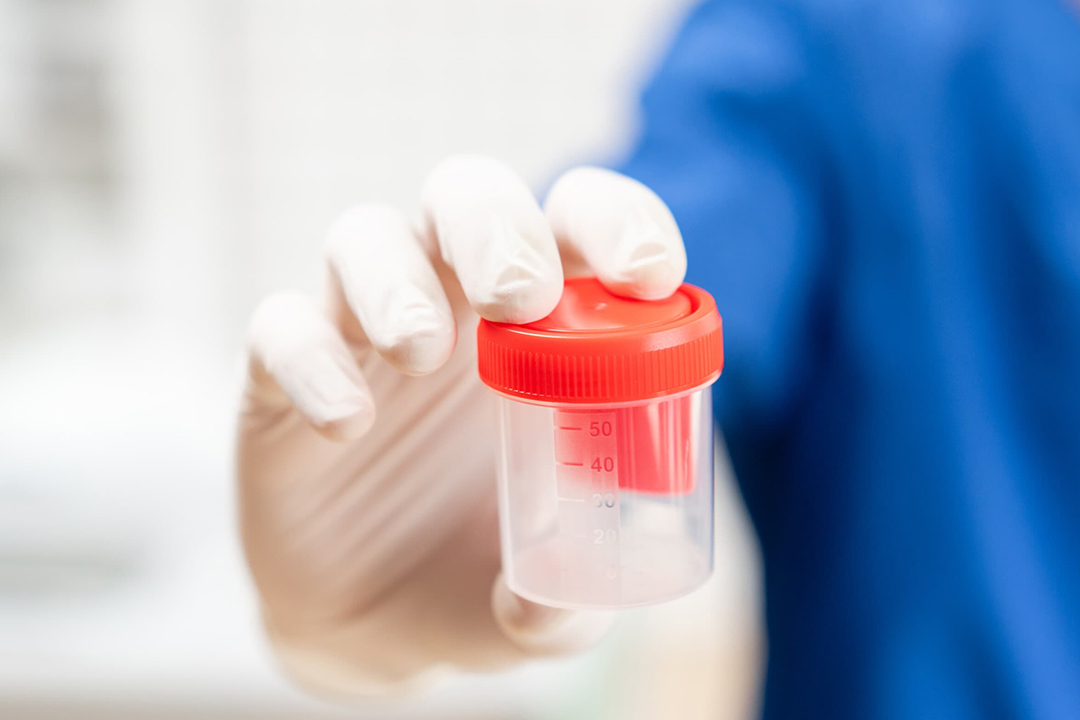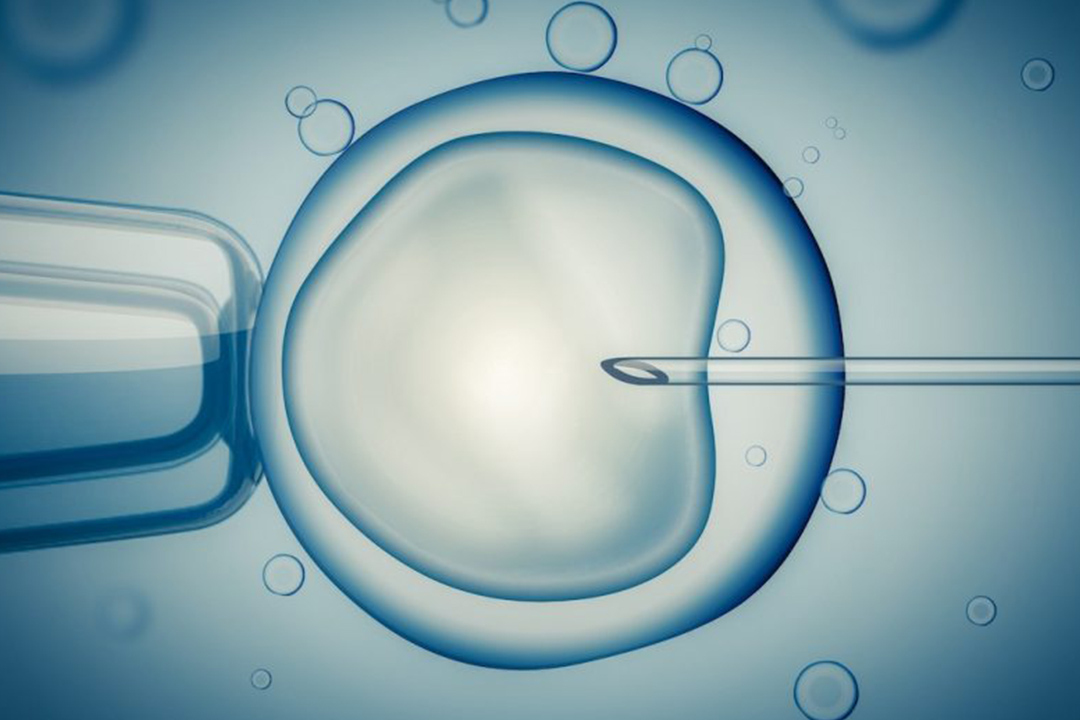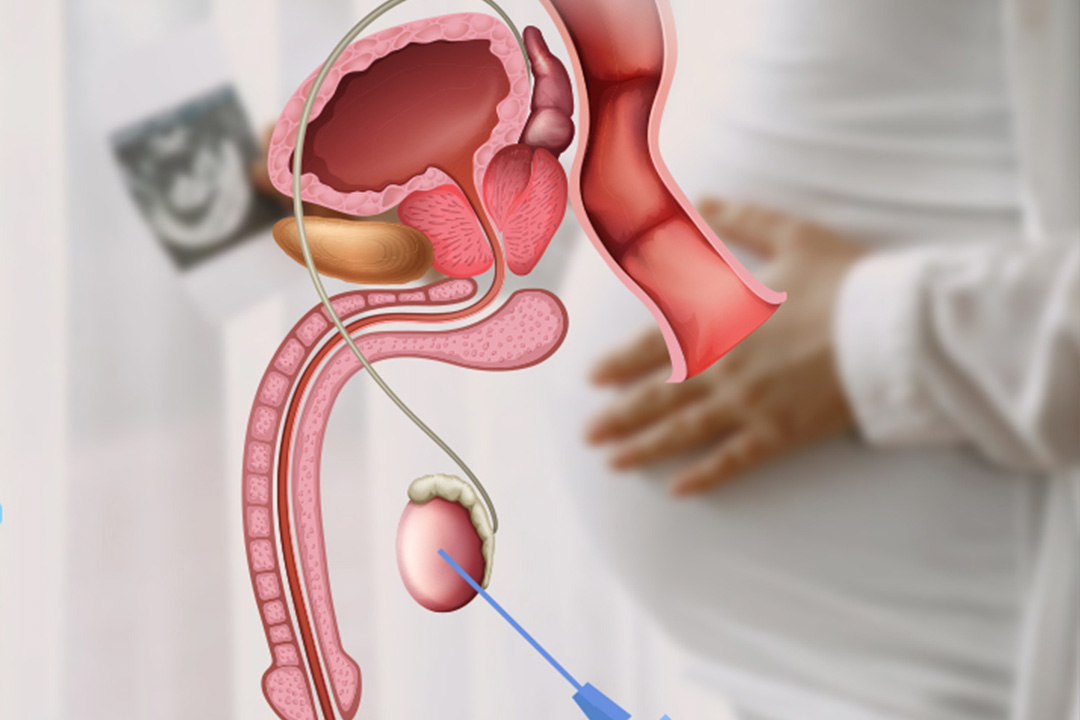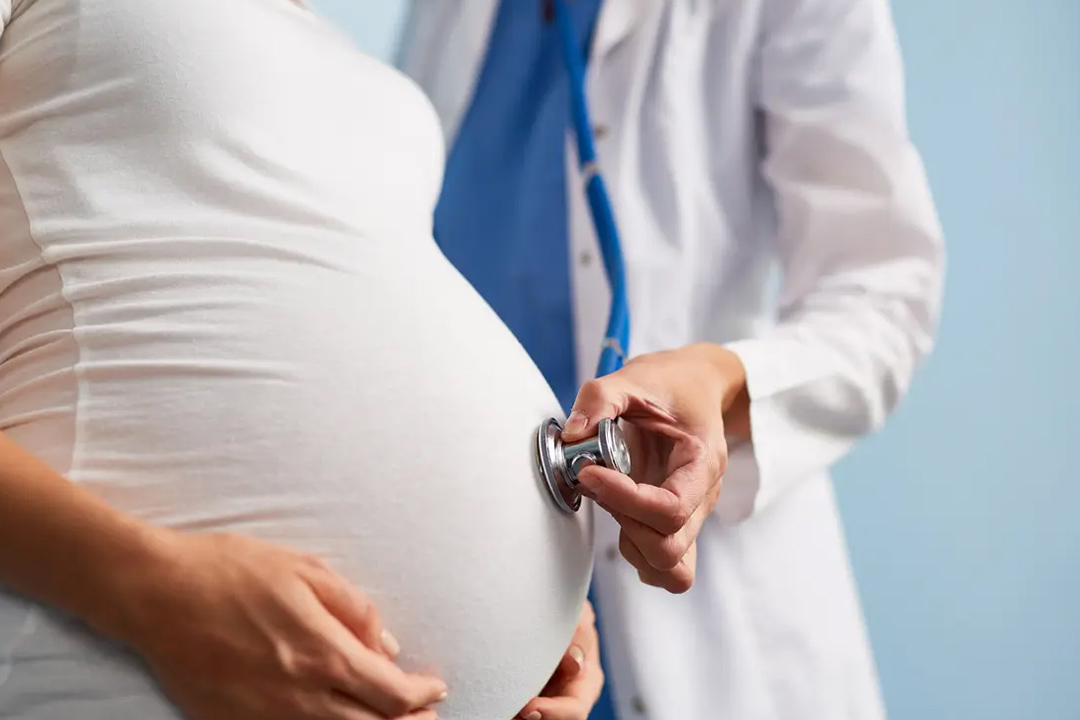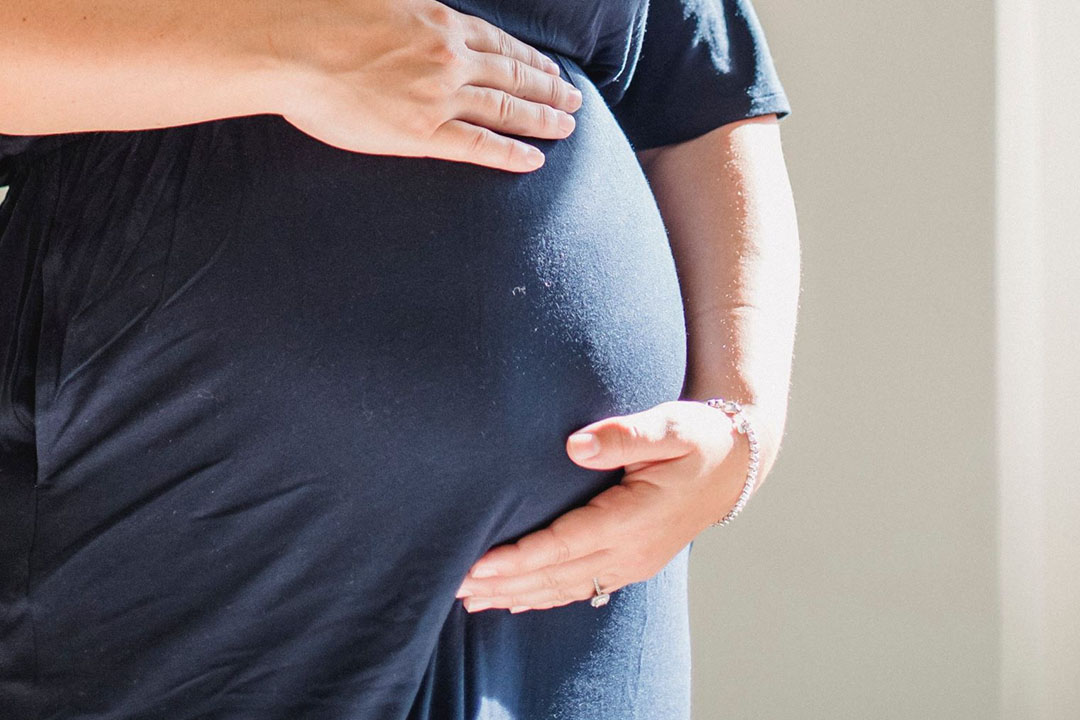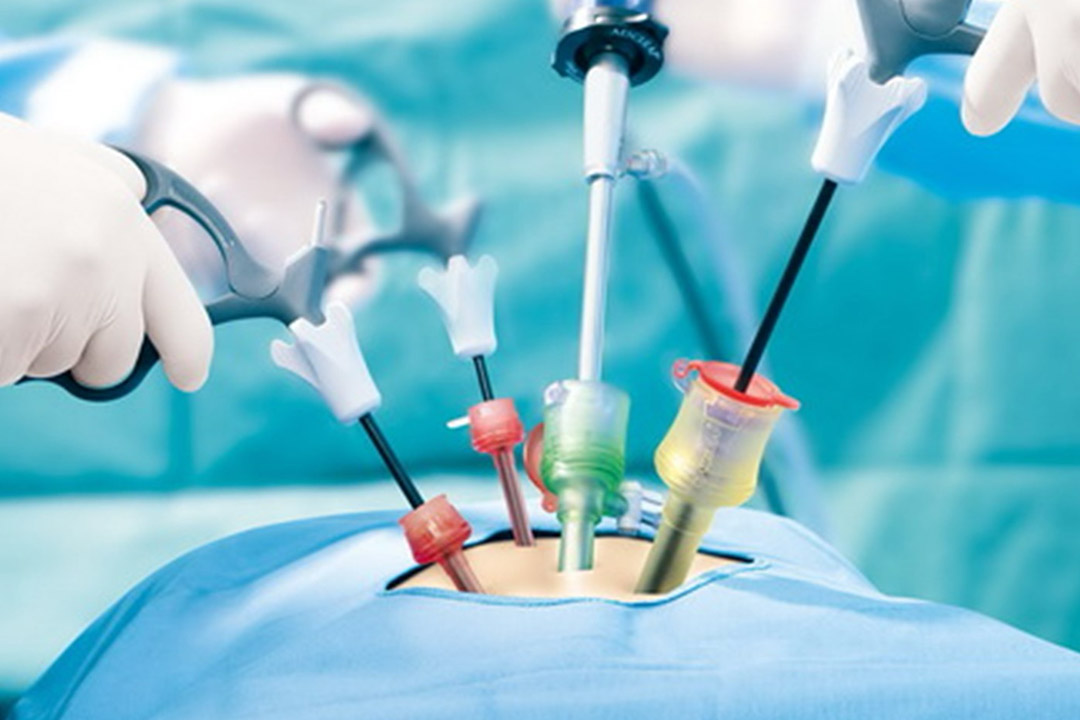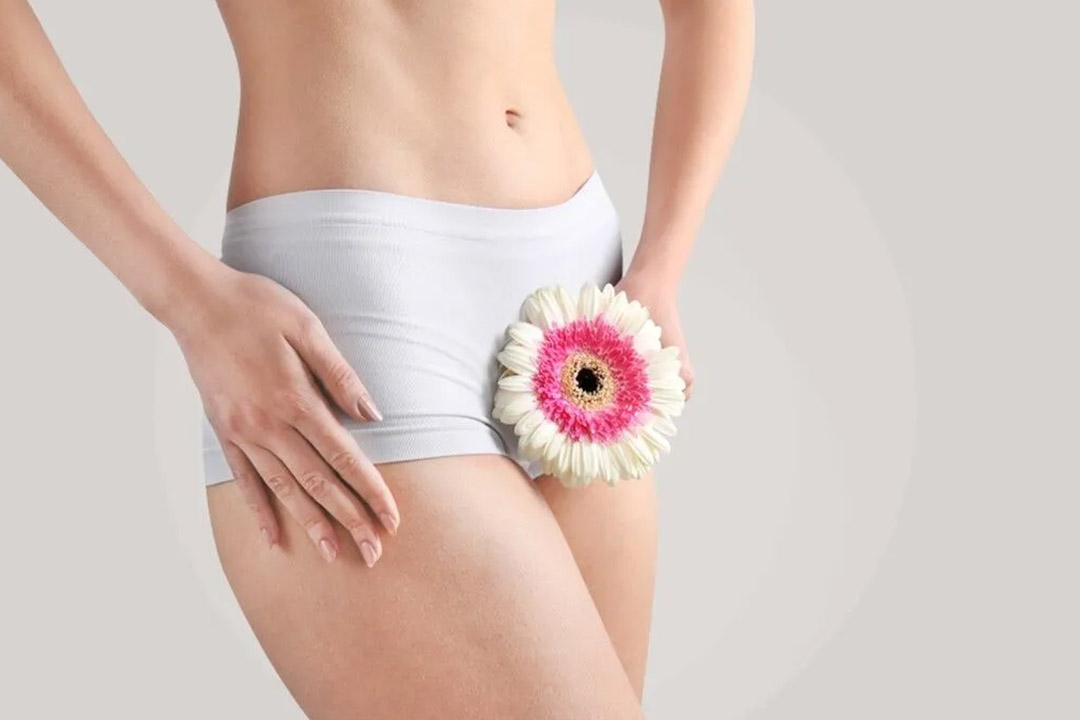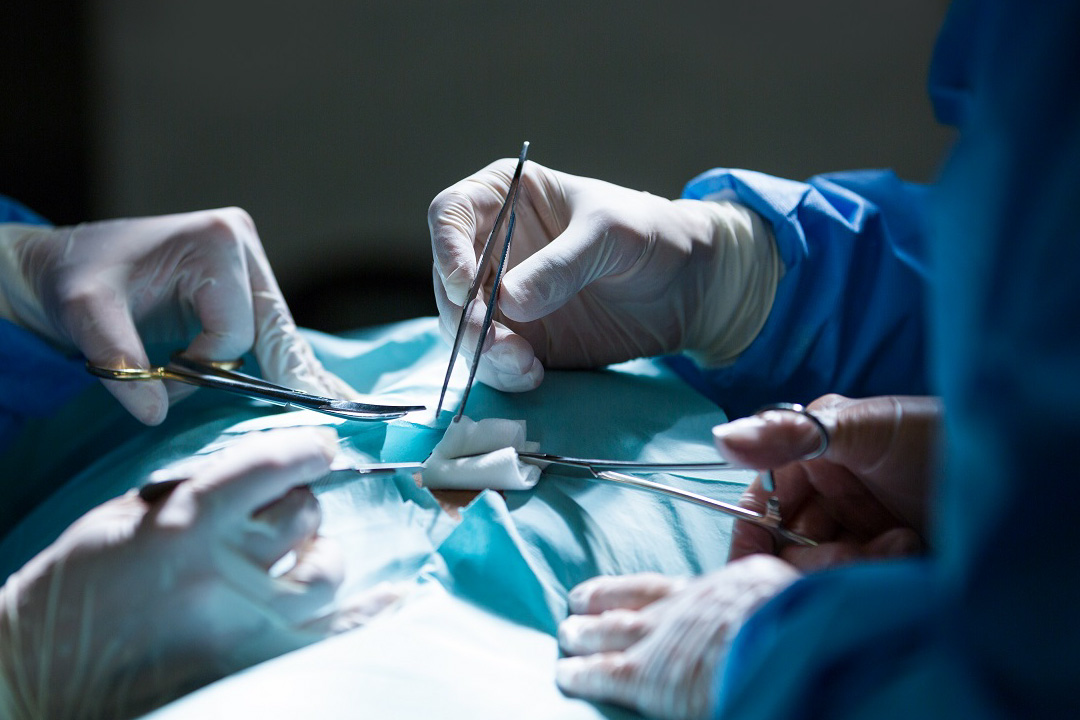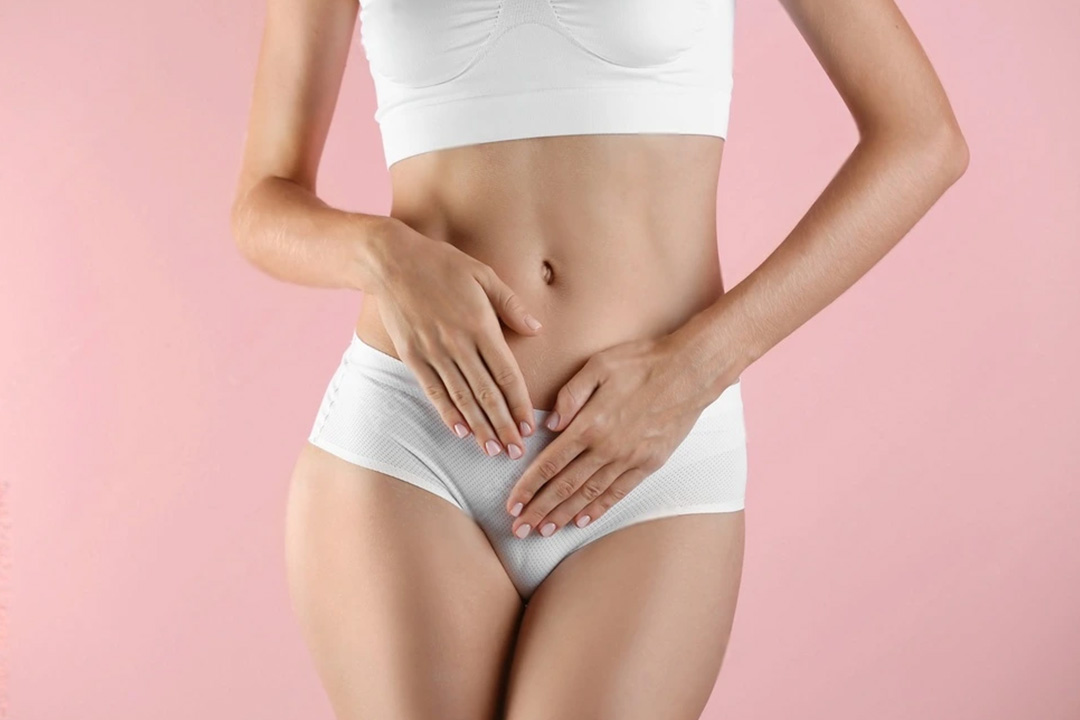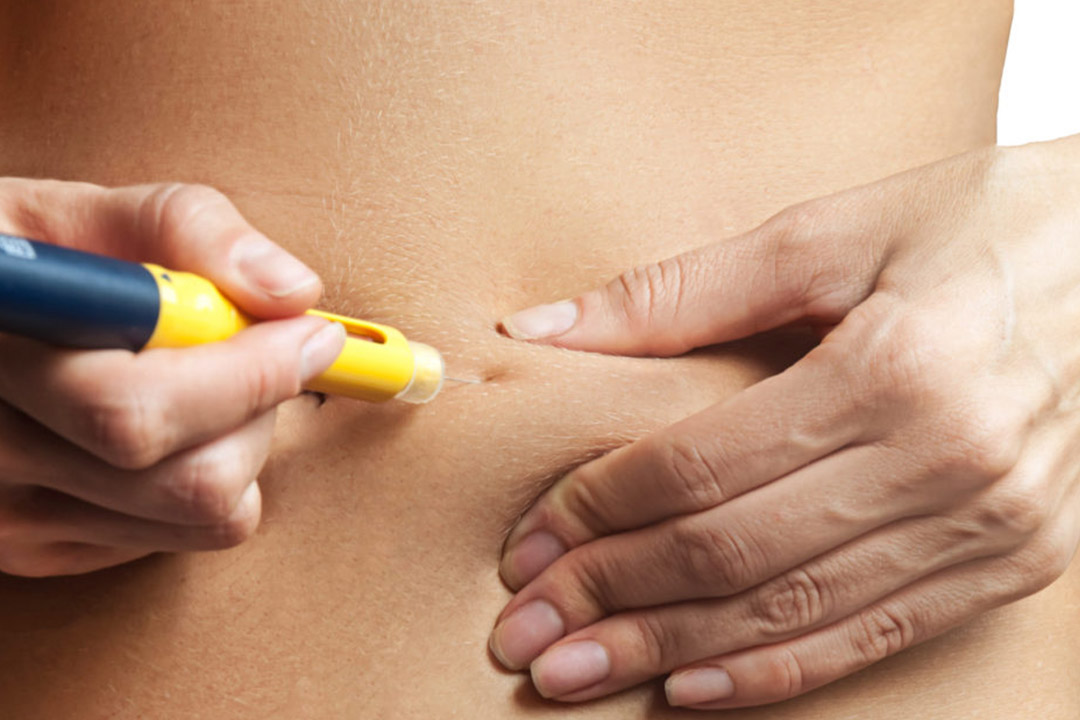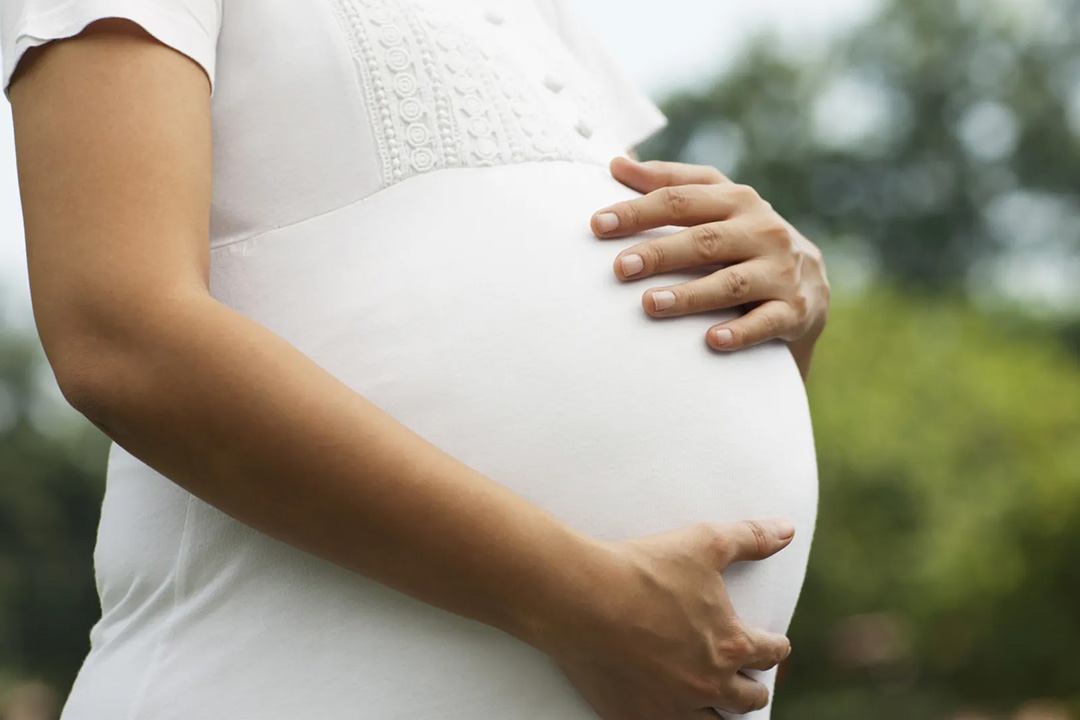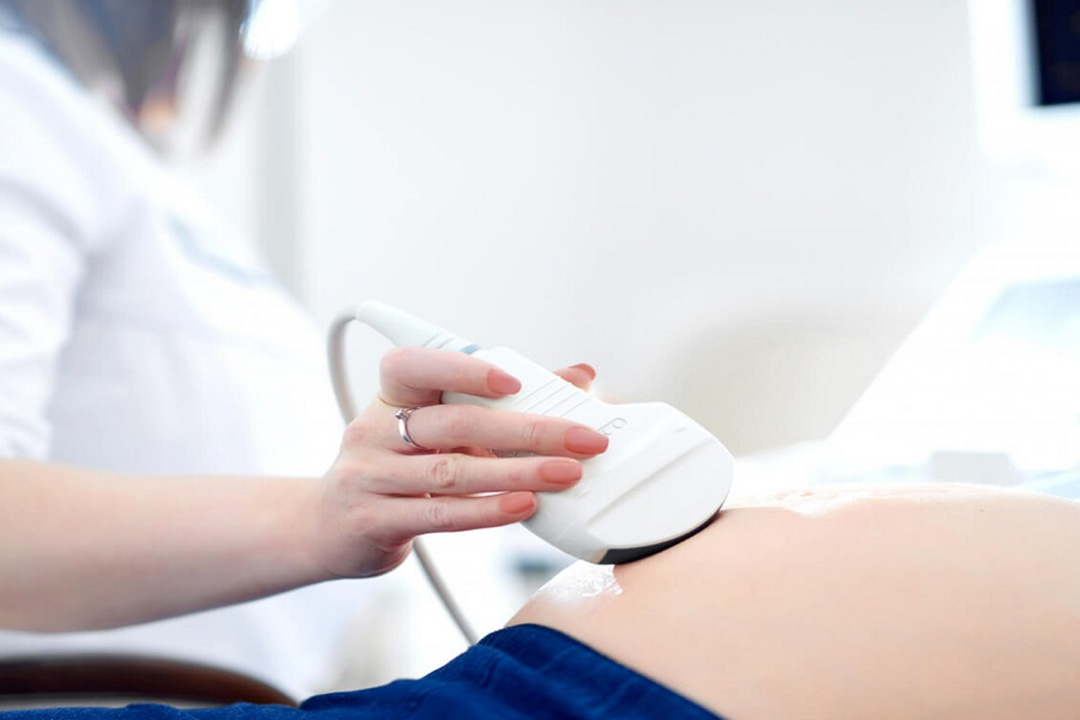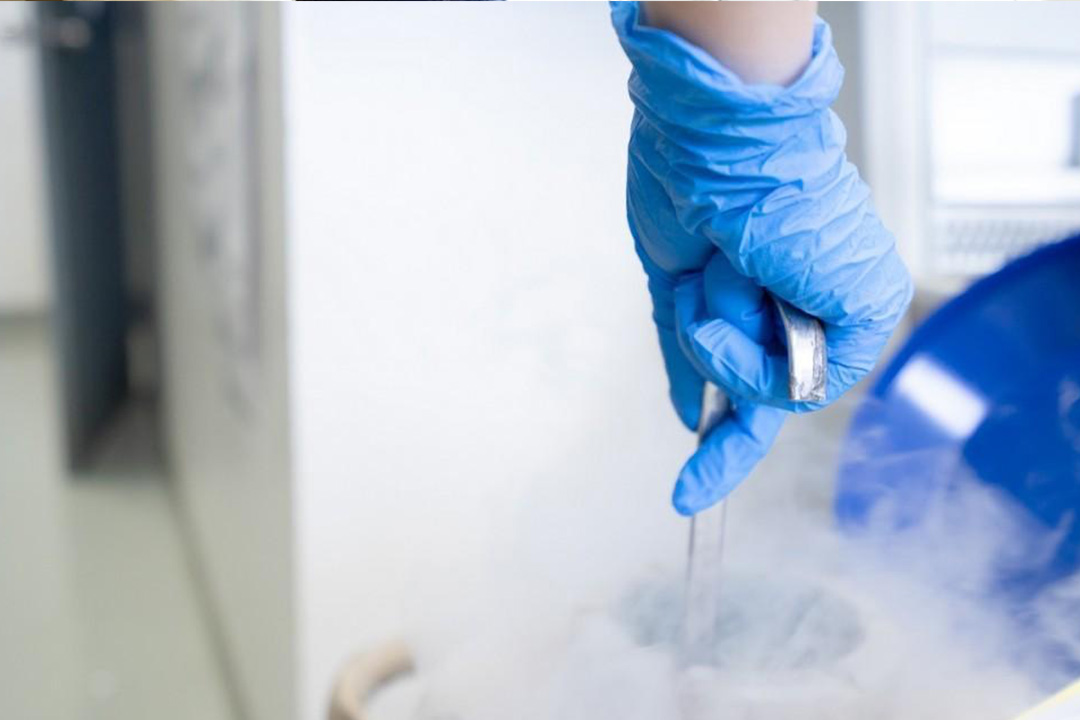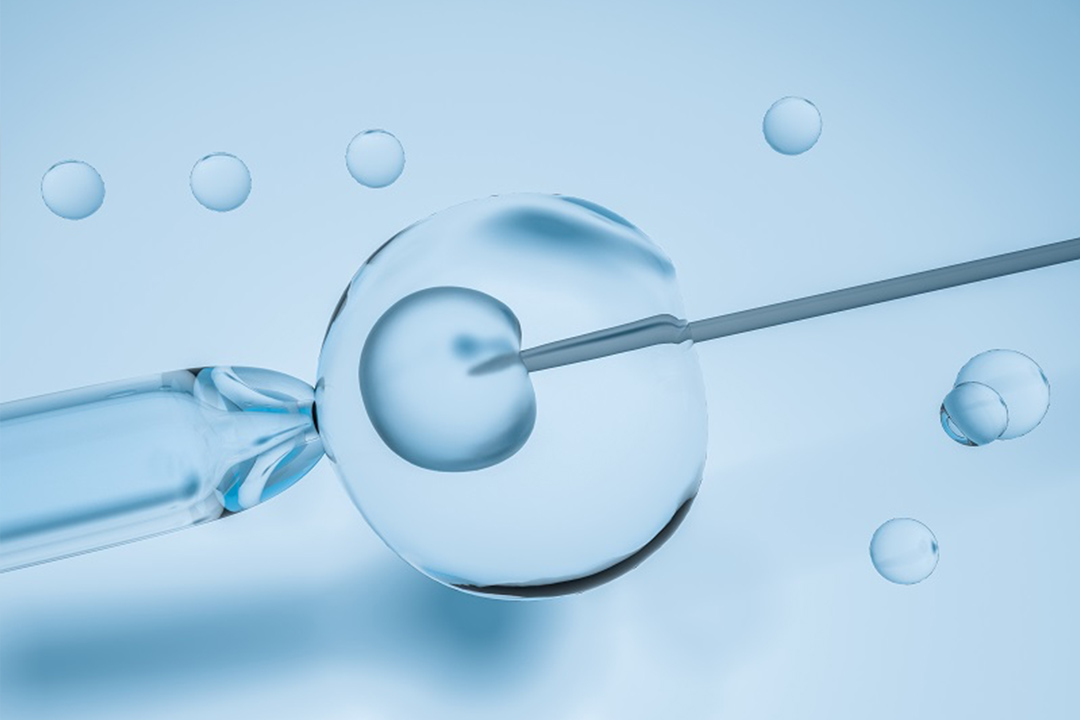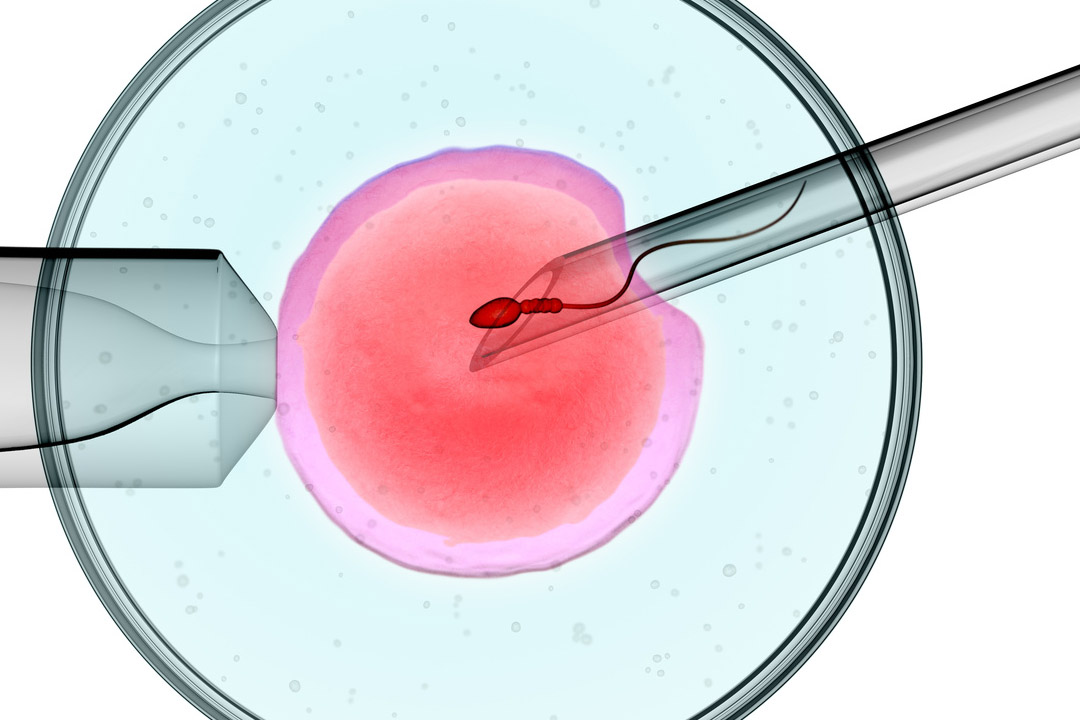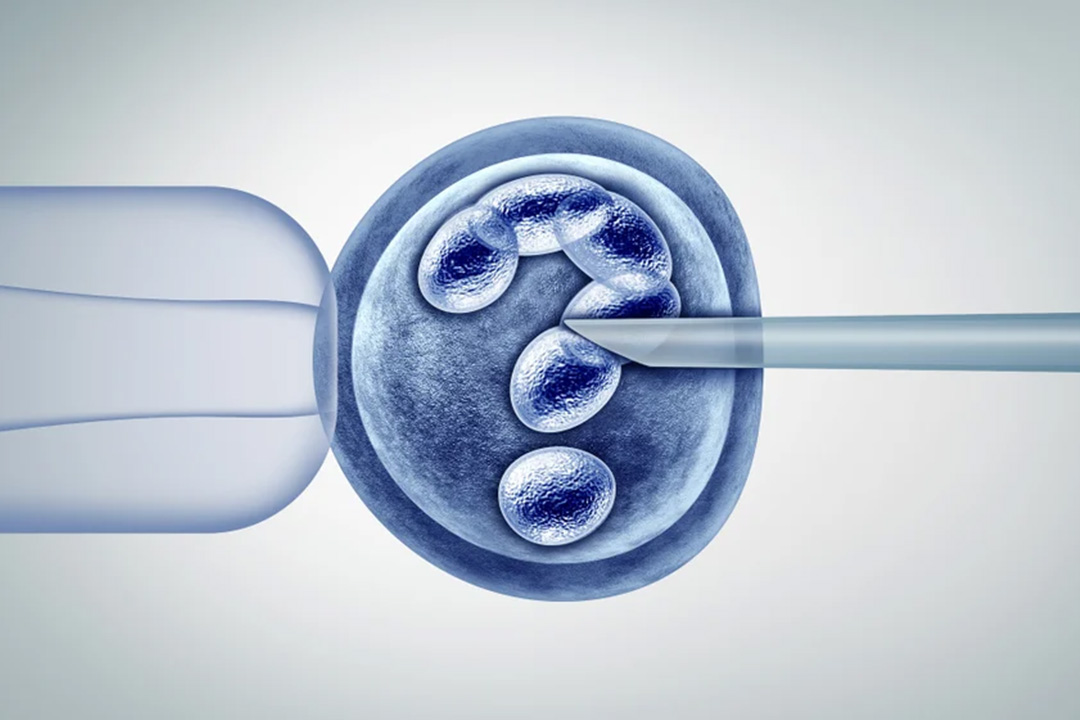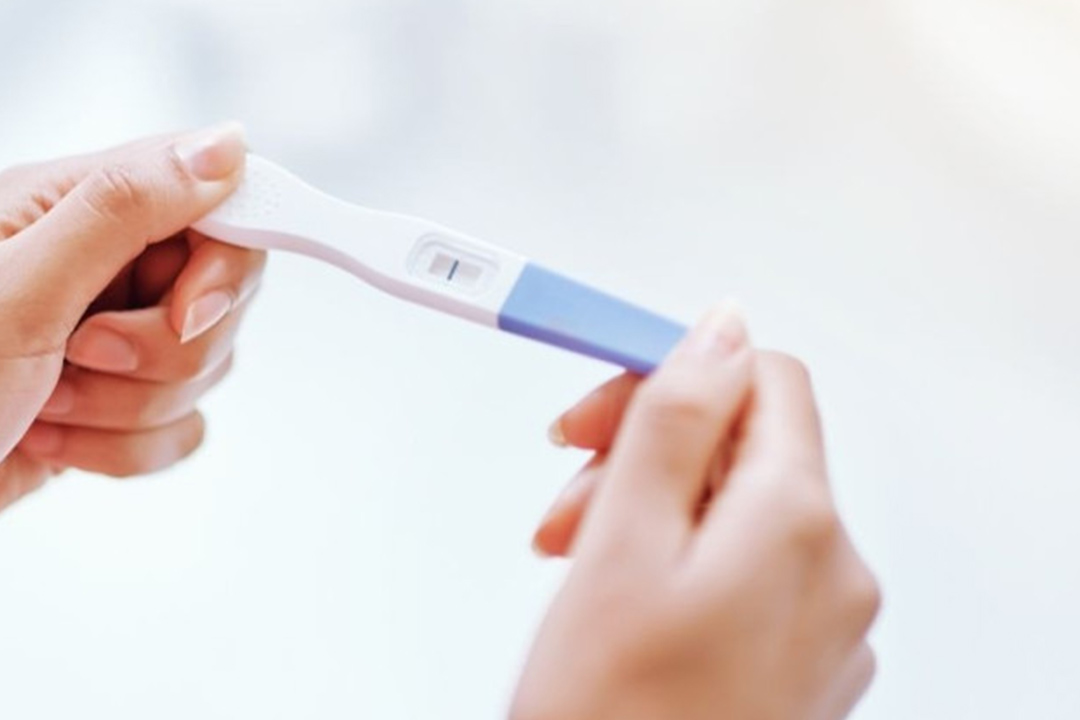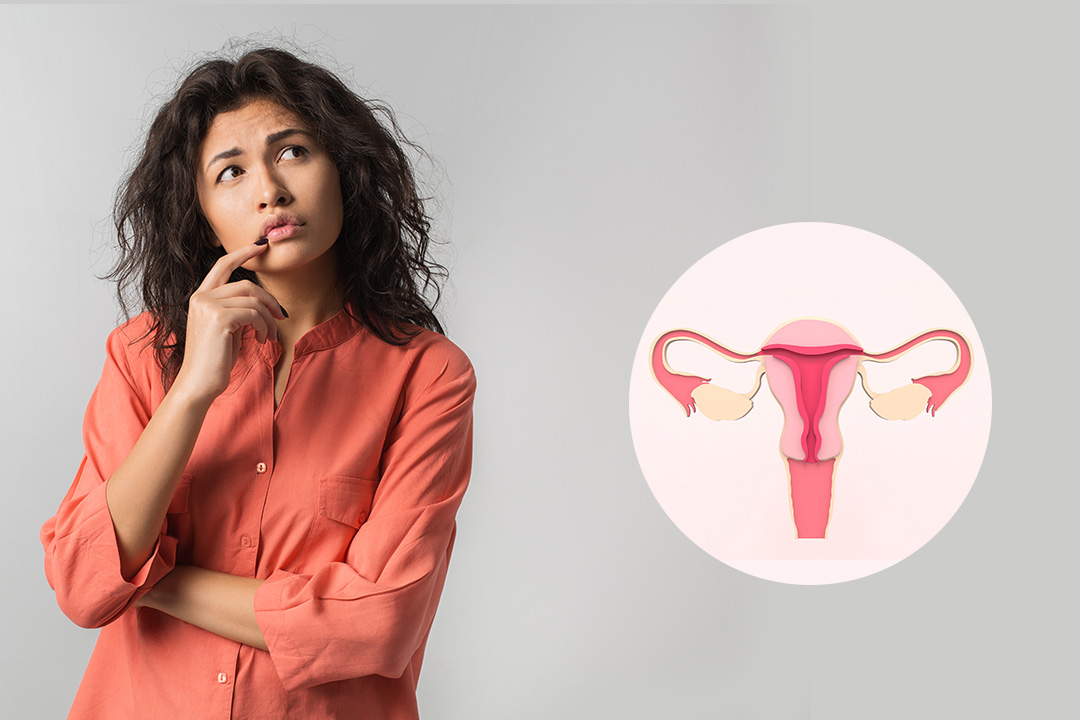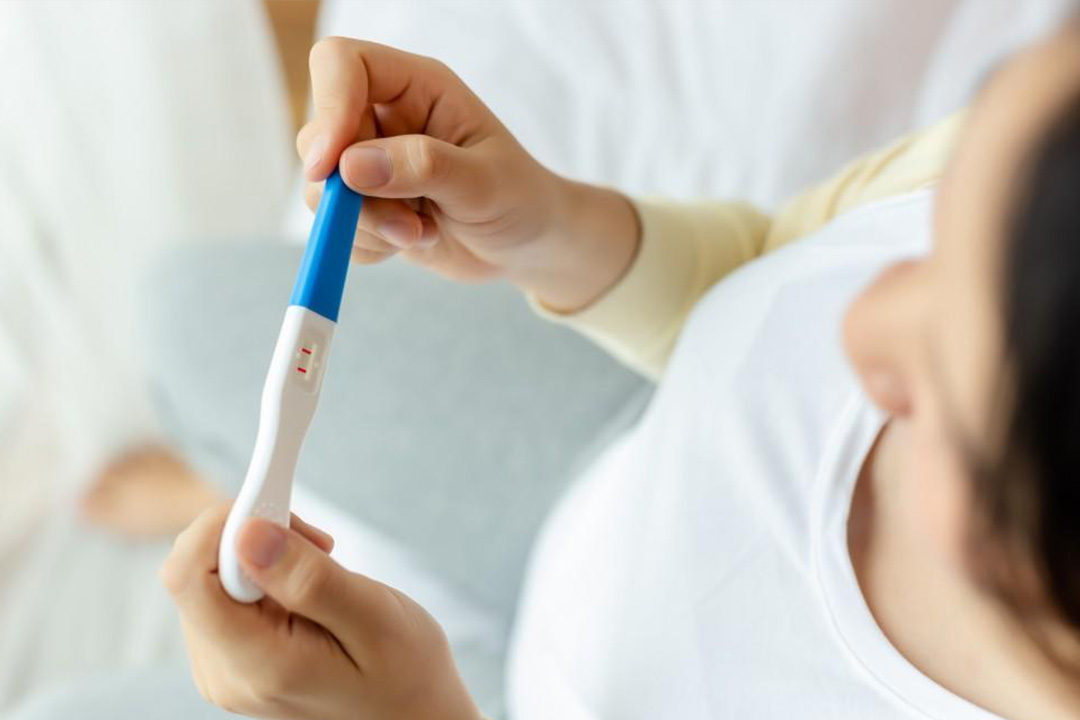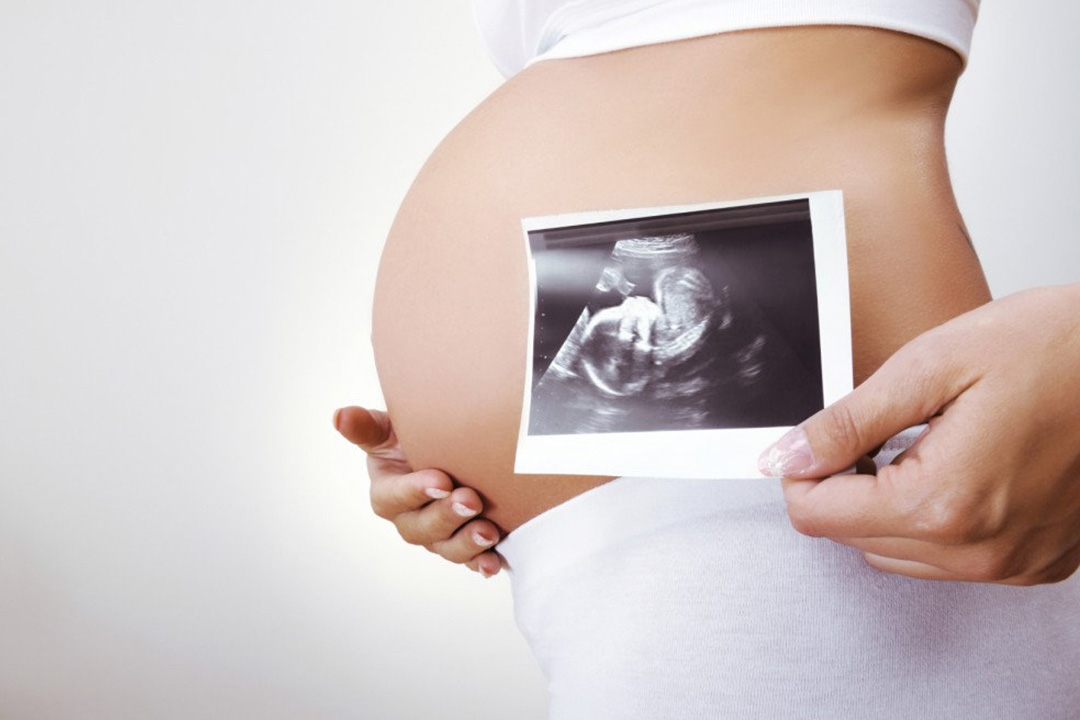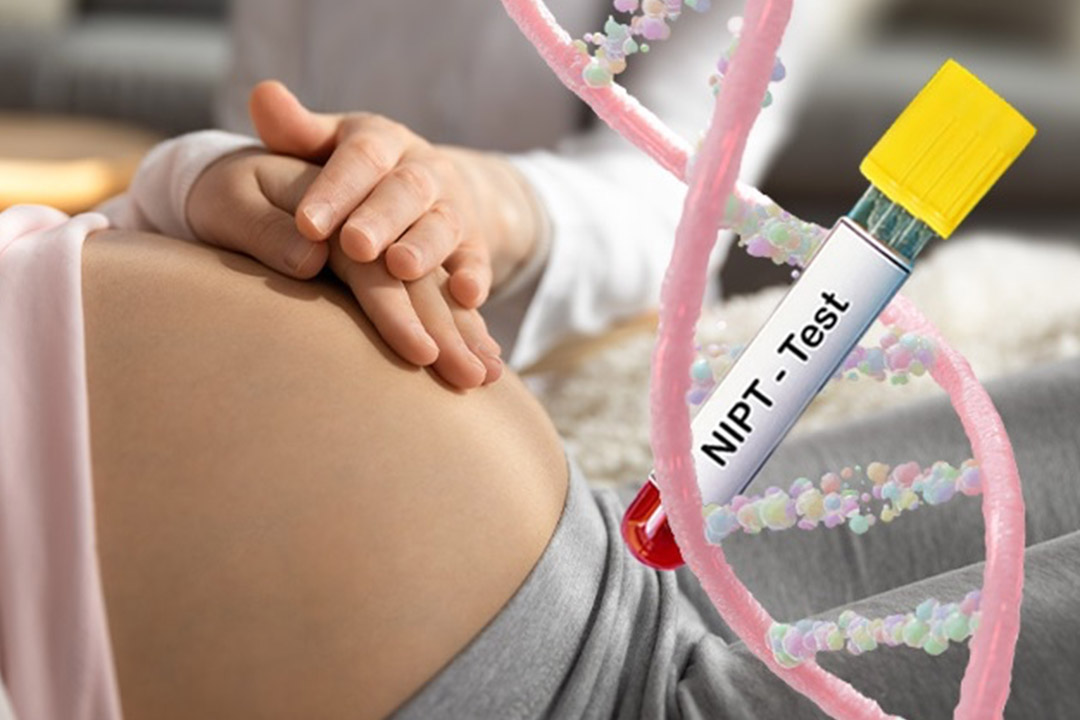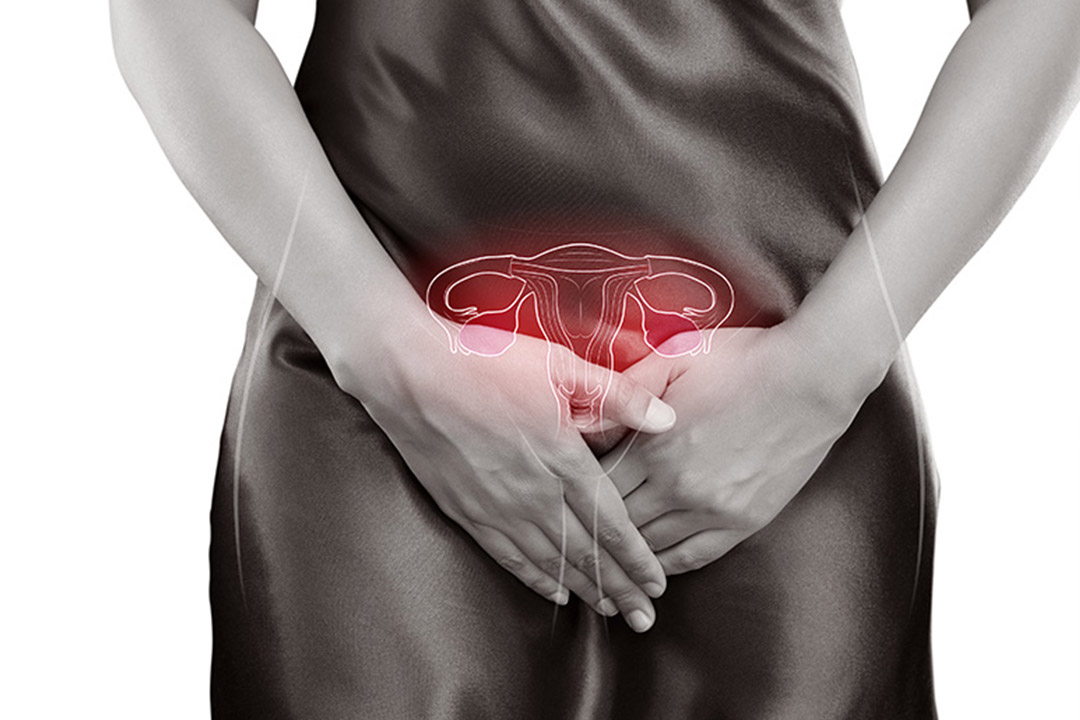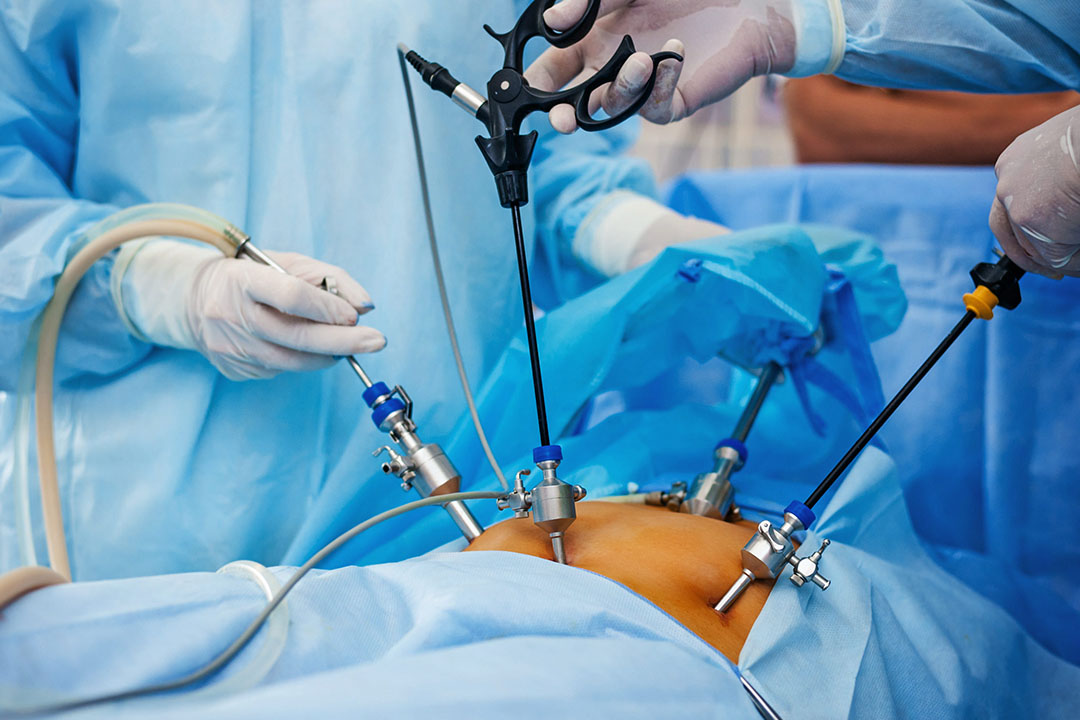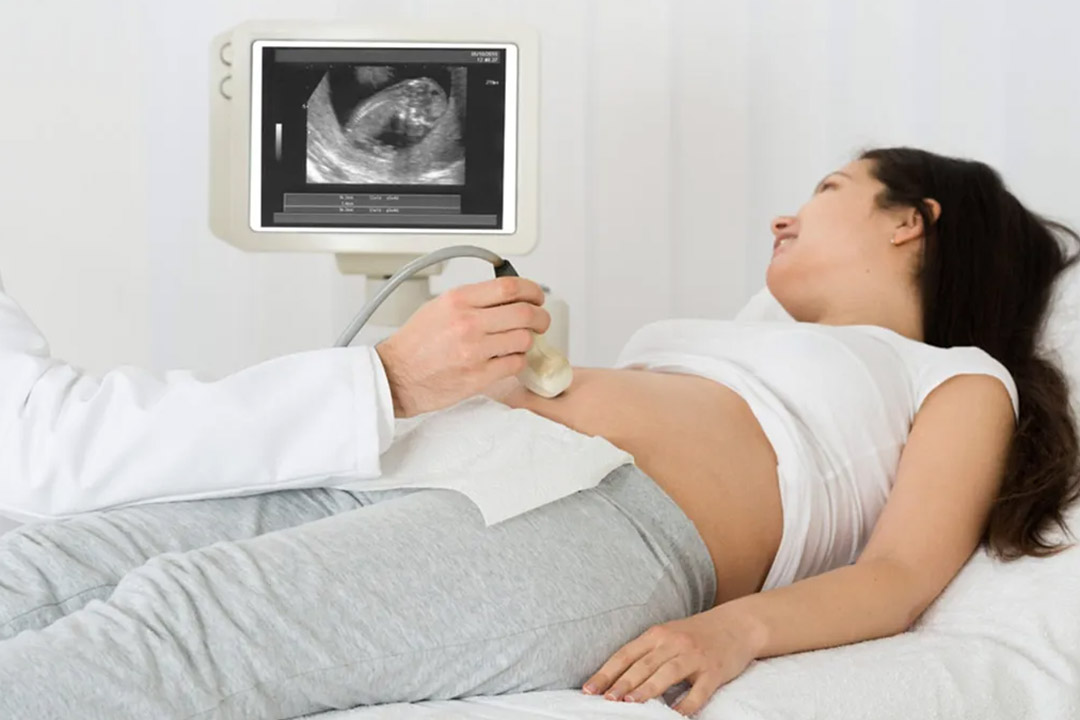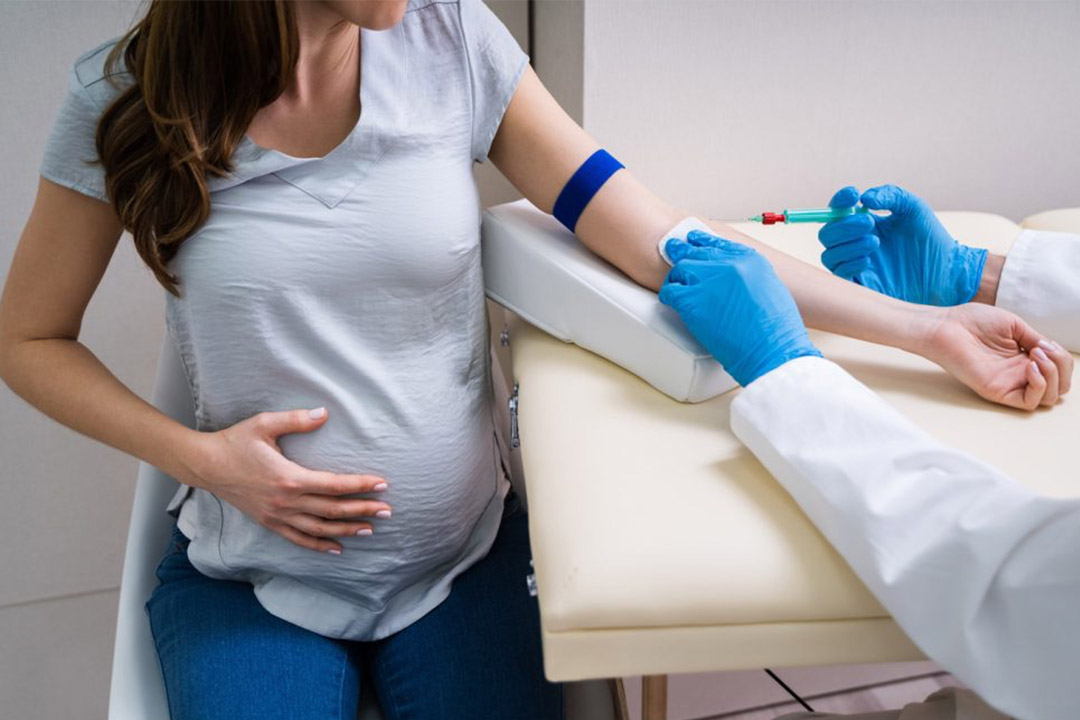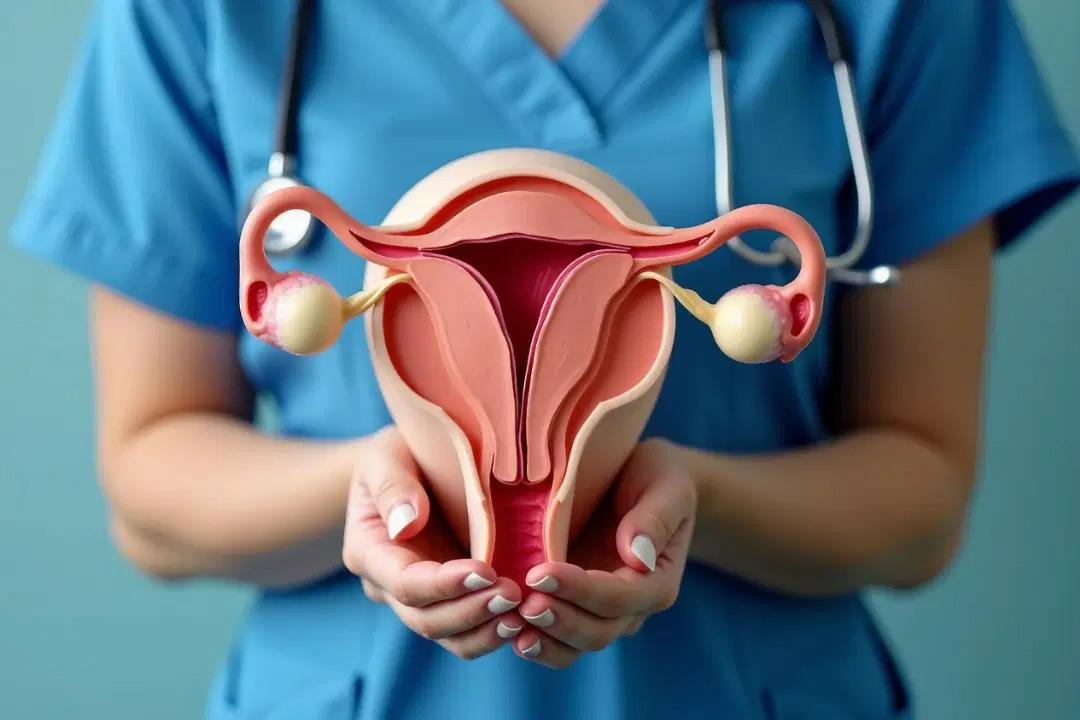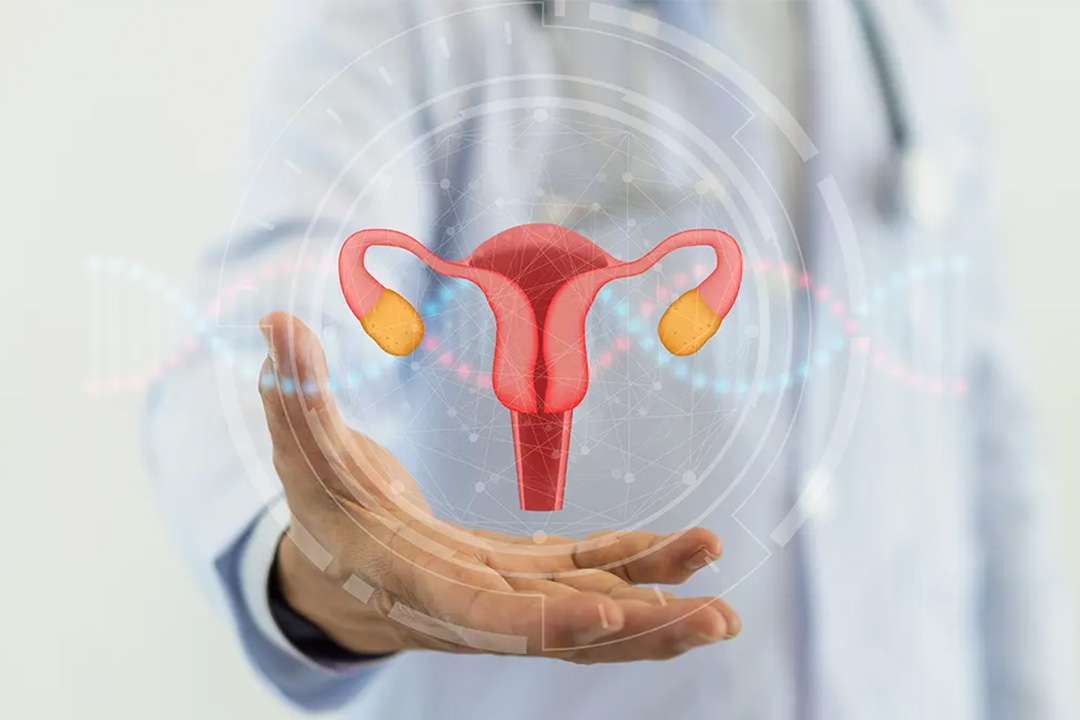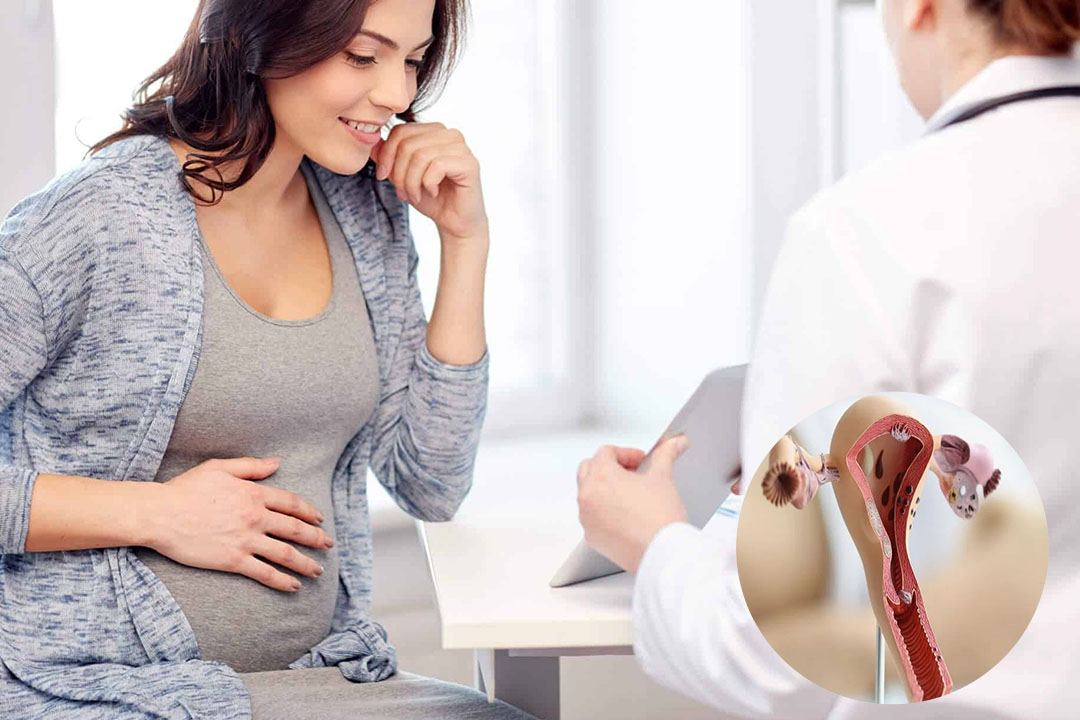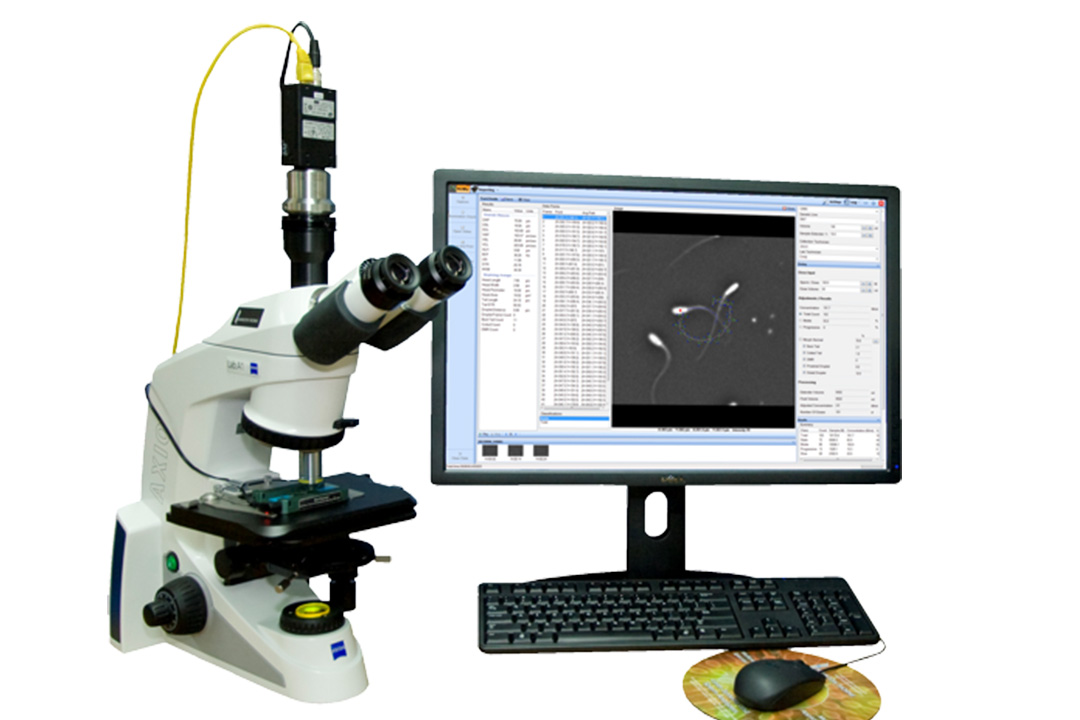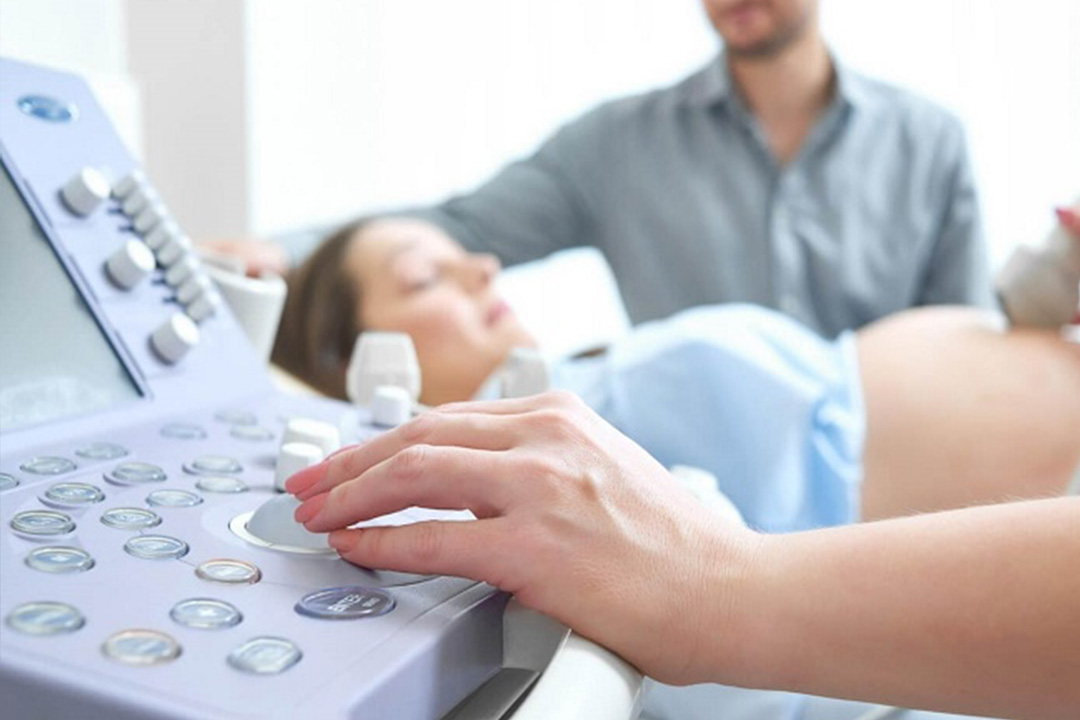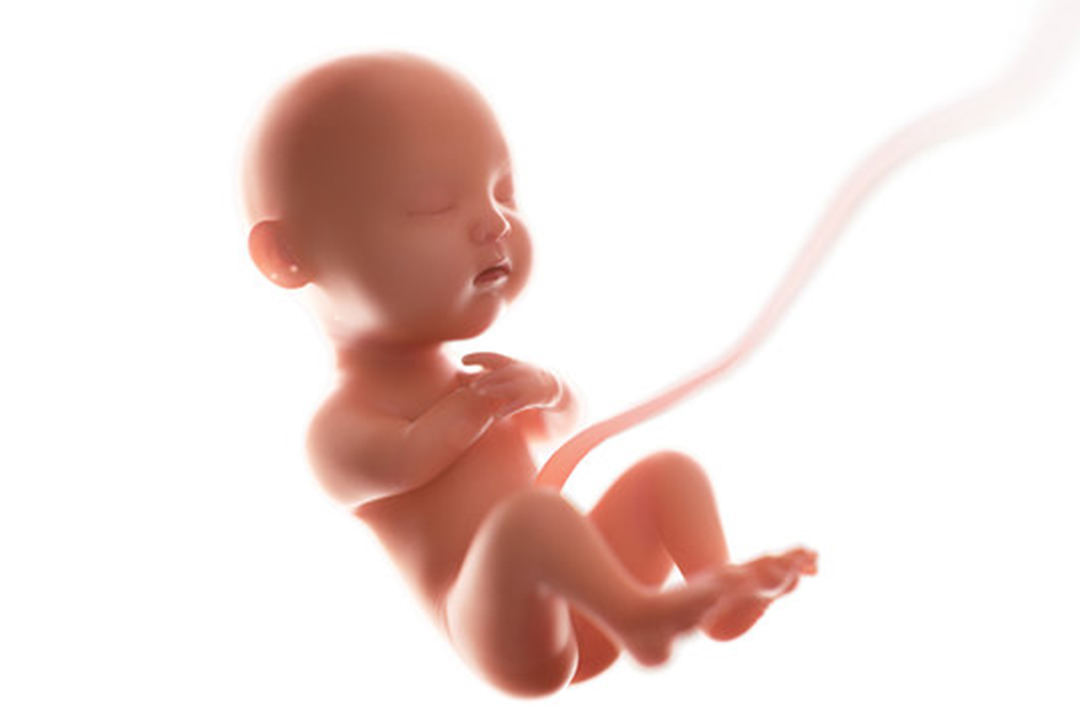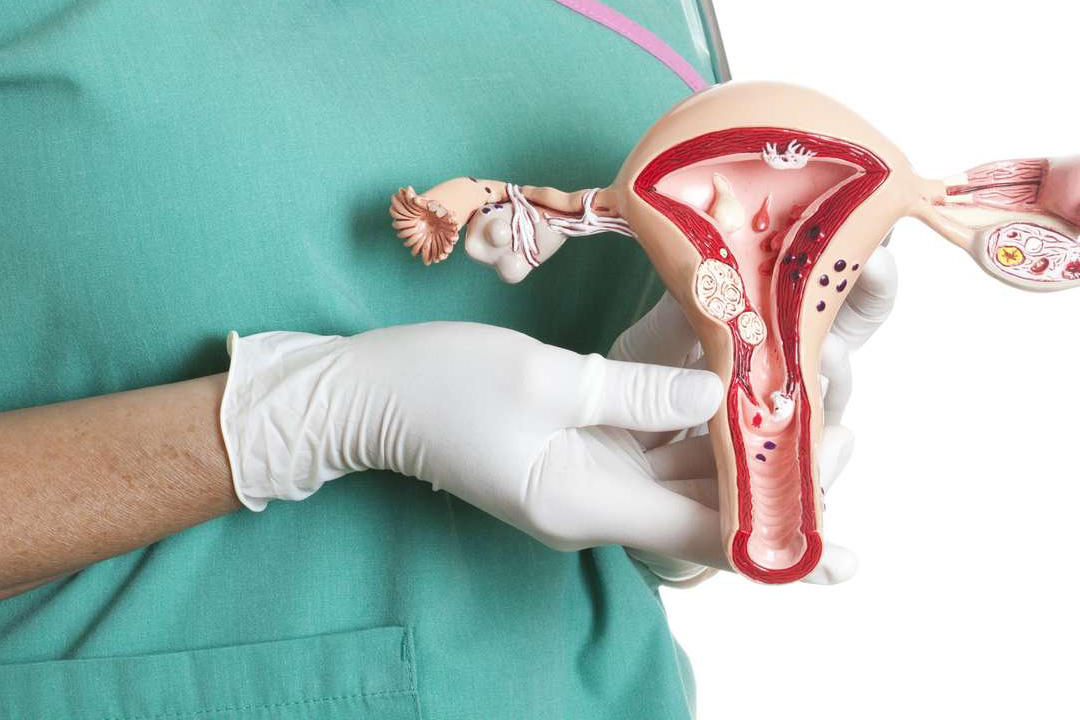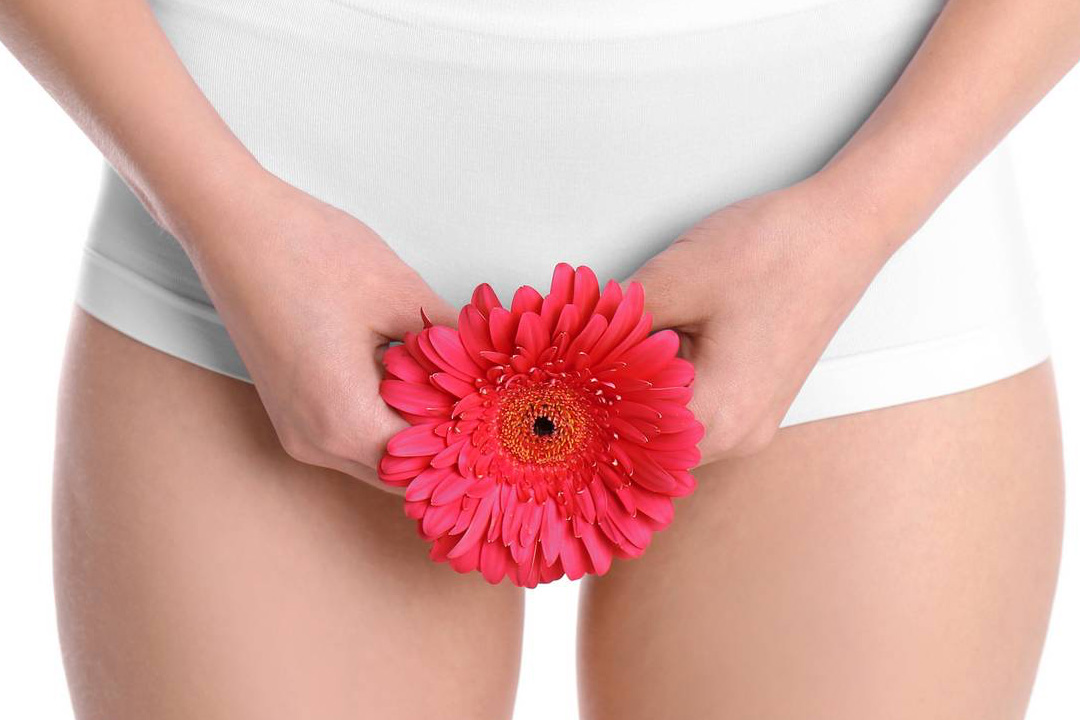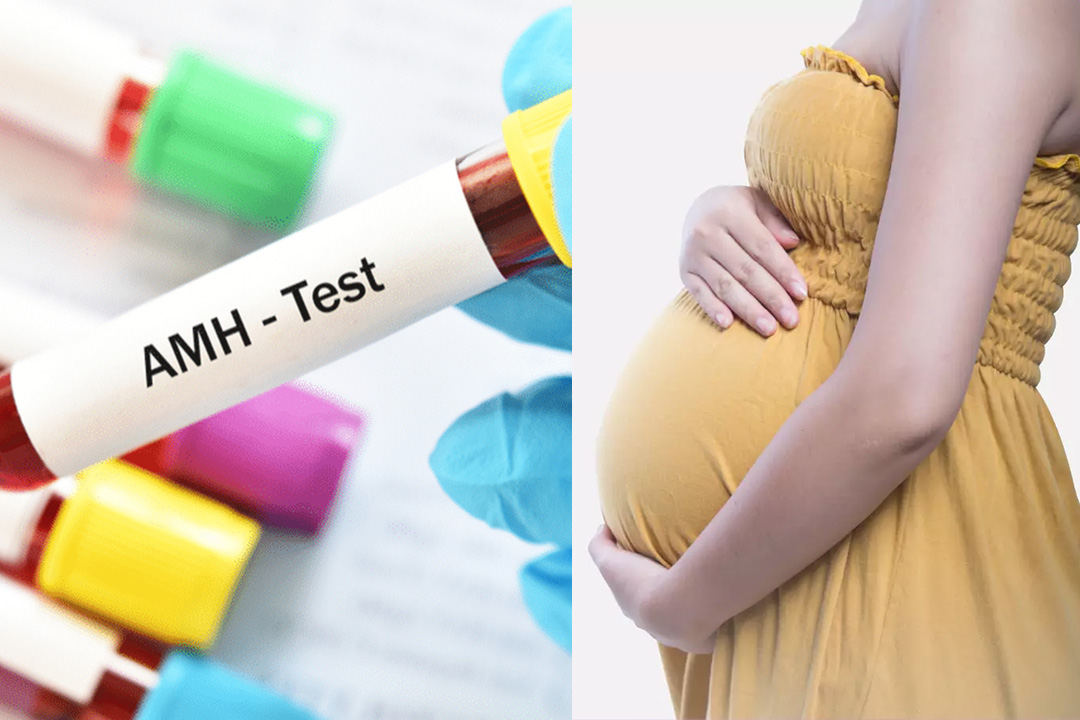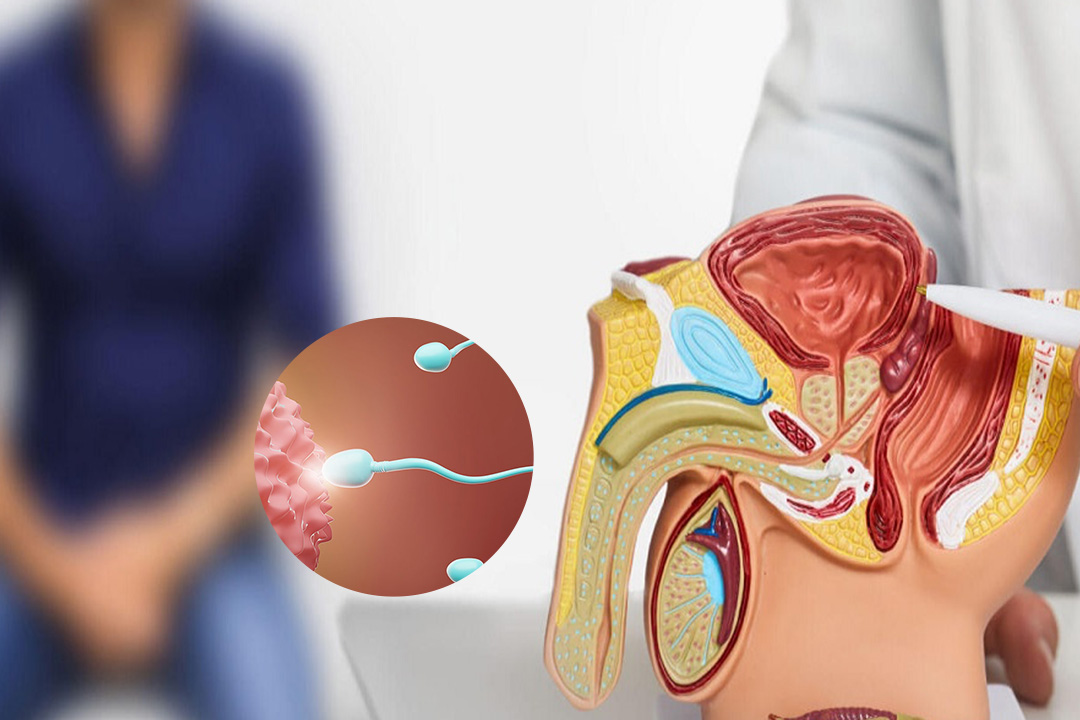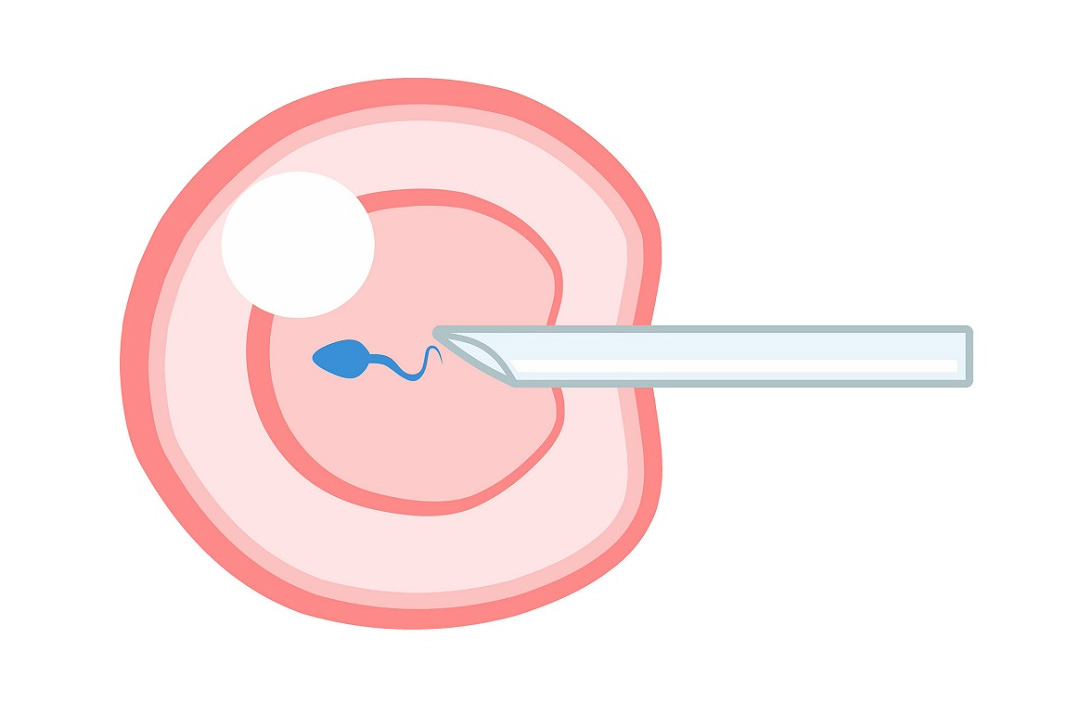Precautions After Embryo Transfer in IVF: Everything You Need to Know
You finally reached embryo-transfer day, congratulations! Now comes a short but nerve-racking window as the tiny embryo settles into the lining of your uterus.
While most of the work happens inside your body without conscious control, the choices you make this week can improve comfort, lower risk, and keep your mind calm.
Below we break down the practical do’s and don’ts after embryo transfer. This will help to better understand how to take care of yourself and get the best results after the embryo transfer procedure.
Why do the first 48 hours count most?
Those two days are when an embryo tries to attach to the uterine wall, so your goal is to avoid anything that jolts the pelvis or spikes internal temperature.
Light movement is fine but marathon training, hot yoga, and sauna sessions are not.
Do I need total bed rest after transfer?
No, strict bed rest is unnecessary and can even raise the risk of blood clots. We advise normal household walking, desk work, a quick shower, and slow stretching while heavy lifting and intense cardio stay on pause.
Moving your legs keeps blood circulating yet stops pelvic pressure from rising.
You can take walks, prepare a simple meal, or sit at your laptop. If you already practice mindfulness, a short session helps calm the nerves.
Avoid activities that involve bouncing, twisting, or sudden stops like jump rope, cycling on rough roads, horse riding, or vigorous dance classes.
Should I keep taking my medications?
Yes, you should continue every prescription exactly as written unless your fertility specialist changes the plan. Progesterone given as injections, gel, or tablets keeps the uterine lining thick and receptive.
Many women also stay on low-dose aspirin, thyroid tablets, or blood-thinners. Skipping doses can lower hormone levels within hours, so set phone reminders and store meds in plain sight.
Which foods best support implantation?
A balanced plate supplies building blocks for the rapidly dividing embryo. Focus on colorful produce, lean proteins, and healthy fats.
Drink at least eight glasses of water daily and limit caffeine to one small cup.
Skip raw fish, deli meats, unpasteurised cheese, and high-sugar snacks that spike insulin.
Some useful tips:
- Hydration: Two to three litres of water daily.
- Caffeine: Under 200 mg which means roughly one small coffee.
- Alcohol: Avoid completely as the embryo’s liver is not yet capable of processing toxins.
- Smoking & vaping: Quit completely; nicotine reduces uterine blood flow.
- Over-the-counter drugs: Consult your clinic before taking painkillers or cold remedies. Prefer paracetamol over ibuprofen unless advised otherwise.
Is sex off limits for a while?
Yes, refrain from intercourse, orgasms, and vaginal devices for about ten days or until your clinic gives the green light. Sexual activity can trigger uterine contractions that may dislodge a barely-attached embryo.
Partners can show affection through massage, cooking, or a movie night instead.
When can I finally take a pregnancy test?
You should wait until your scheduled blood test which is usually twelve to fourteen days post-transfer.
Home urine sticks detect the hormone hCG after it rises, but early testing often yields faint or misleading lines.
A negative result before day twelve can crush morale even though implantation might simply be late. Mark the test date on your calendar and stay busy until then.
How do I manage stress during the two-week wait?
Start small routines like morning stretching, five-minute breathing breaks, journaling, or listening to calming playlists.
Reach out to a friend who understands the fertility journey, and limit time on internet forums that fuel anxiety.
Some people schedule a counselling session or acupuncture appointment; others dive into a novel or craft project.
Should I avoid hot baths and saunas?
Absolutely. Core body temperature above 38 °C can hinder implantation and early embryonic development.
A quick lukewarm shower is fine, but wait a couple of weeks before soaking in a hot tub, using an electric blanket, or taking long steam baths.
The same caution applies to very intense sunbathing.
Could supplements boost my odds?
Apart from prenatal vitamins and folic acid, speak with your physician before adding anything. Some clinics recommend vitamin D, omega-3 fish oil, or coenzyme Q10 if your bloodwork shows deficiency.
Herbal cocktails marketed to “boost fertility” often contain phyto-hormones that may clash with your protocol.
Can stress really affect implantation?
Chronic stress elevates cortisol and adrenaline, which may constrict uterine blood vessels and affect immune signalling.
One study found that women with high salivary cortisol on transfer day had slightly lower pregnancy rates.
While you cannot erase stress, you can manage it by deep belly breathing, progressive muscle relaxation, guided imagery, or a short nap to help reset the nervous system within minutes.
Do’s & Don’ts After Your IVF Embryo Transfer
| Area | Do | Why it helps | Don’t | Why to avoid |
|---|
| Movement | Walk around the house or take short strolls. Stretch gently to keep blood flowing. | Boosts circulation and lowers clot risk. | Heavy lifting, running, jumping, high-impact workouts. | Sudden pressure or jolts can trigger uterine contractions. |
| Rest | Aim for 7–9 hours of sleep every night. | Supports hormone balance. | Stay in bed all day. | Full bed rest can cause muscle loss, mood swings, and blood-clot risk. |
| Medication | Take progesterone, aspirin, or any drug exactly on schedule. | Keeps uterine lining stable and supports implantation. | Skip or change doses without asking the clinic. | Hormone dips can harm the embryo. |
| Diet | Follow a proper diet plan according to your body’s needs. | Gives nutrients for early cell growth and keeps you hydrated. | Raw sushi, unpasteurised cheese, alcohol, energy drinks. | Raises infection risk, dehydrates, or spikes blood sugar. |
| Temperature | Take lukewarm showers. Dress in layers so you don’t overheat. | Stable core temp supports early embryonic development. | Hot tubs, saunas, electric blankets, steaming hot baths. | Heat above 38°C can affect implantation. |
| Chemicals | Choose BPA-free bottles, fragrance-free cleaners, mineral sunscreen. | Cuts exposure to hormone-disrupting compounds. | Paint fumes, harsh solvents, pesticides, strong bleach. | Some chemicals mimic or block reproductive hormones. |
| Stress | Practise deep breathing, mindfulness, or gentle yoga. | Lowers cortisol, which may improve blood flow to the uterus. | Overthink or overanalyze every little detail about the procedure. | Spikes adrenaline and fuels anxiety during the two-week wait. |
| Travel | Short car rides, brief domestic flights with walk breaks are okay. | Normal movement keeps circulation steady. | Long-haul flights, rough off-road trips, amusement-park rides. | Prolonged sitting raises clot risk; jerky motion jars the pelvis. |
| Symptoms | Note mild cramps, light spotting, or breast soreness—they’re common. Call the clinic for sharp pain, heavy bleeding, fast weight gain, or breathing trouble. | Early reporting catches problems like OHSS before they escalate. | Self-diagnose, ignore severe symptoms, take new OTC meds without approval. | Delayed care can turn manageable issues into emergencies. |
Long-term outlook: beyond the two-week wait
If your test comes back positive, the next milestone is the six-week ultrasound to detect a heartbeat.
Continue folic acid, avoid high-impact workouts, and schedule prenatal care. If the result is negative, remember success often builds over multiple cycles.
Advances in genetic screening and embryo culture mean cumulative live-birth rates climb with each attempt.
Can phone radiation hurt the embryo?
Research shows no measurable link between regular mobile-phone use and implantation failure.
Still, if the idea worries you, put your phone on a side table instead of resting it on your abdomen and use hands-free earbuds during calls.
Conclusion
The days after embryo transfer mix hope with uncertainty, yet most precautions boil down to little things like moving gently, nourishing your body, avoiding extremes, and following medical instructions.
It is important to be focusing on rest, balanced nutrition, medication adherence, and mental calm, you create the best environment for a new life to take hold.
Frequently Asked Questions
Can I go back to work the day after transfer?
Most office or remote jobs are fine. If your work involves heavy lifting, standing for a long time, or exposure to chemicals, ask for different duties or a brief leave.
Are plane flights safe within the first week?
Short flights are usually safe if you hydrate and walk the aisle every hour. Long-haul travel adds clot risk; discuss with your doctor and consider compression stockings.
Will gentle yoga harm implantation?
Restorative or prenatal yoga that avoids inversions and deep twists is acceptable. Skip difficult yoga and poses that push the abdomen.
Can I drink decaf coffee?
One or two cups of decaf are acceptable, but remember decaf still contains small caffeine amounts. Herbal tea or warm lemon water are safer bets.
Is spotting always a bad sign?
No. Light pink or brown spotting can occur during implantation. Bright red flow that soaks a pad within an hour needs medical review.
How soon will pregnancy symptoms start?
Some women feel nothing until week five or six. Early nausea or fatigue can appear, but these signs are unreliable, only the blood test confirms success.
What if the result is negative?
Allow yourself to process it, then meet your care team to review embryo quality, uterine factors, and protocol adjustments. Many people succeed on a later cycle.
About Us
AKsigen IVF is a premier center for advanced fertility treatments, with renowned fertility experts on our team. Specializing in IVF, ICSI, egg freezing, and other cutting-edge reproductive technologies, AKsigen IVF is committed to helping couples achieve their dream of parenthood. With personalized care and a patient-first approach, AKsigen IVF provides comprehensive fertility solutions under one roof.








